Agriculture + Lifestyle
Most Recent
Filter Articles
-
- 05 Farms
- 4-H
- Adams Farm
- AFBF
- Ag Books
- Ag Hero
- Ag Hero Day
- Ag in the Classroom
- Ag in the Classroom; Education; Gardening; National Gardening as Exercise Day
- ag in the classroom; education; learning
- Ag Literacy
- Ag Literacy Day
- Ag Week
- Ag-Tivities with Lauren
- Agricultural Safety Awareness Week
- Agriculture
- agriculture highway
- agriculture trail
- Agritourism
- agtivity
- aitc
- Allen poole
- angel food cake
- ann quatrano
- anne quantrano
- apple
- apple recipe
- Apples
- aquaculture
- Asparagus
- bacchanalia
- Bacon
- baking
- balsamic vinegar
- barbecue
- beans
- Beef
- berries
- Berry Good Farms
- blackberries
- blake poole
- blueberries
- blueberry
- book
- bowtie
- braised pork
- bramlett
- bread salad
- brie
- broccoli
- Bruce's Nut-N-Honey Farm
- brunch
- Brussel Sprouts
- brussels slaw
- Brussels sprouts
- Burger
- Buy Georgia Grown day
- cake
- Calhoun Produce
- campfire
- camping
- Canning
- caramel apples
- Carrots
- cattleman's association
- Cattlemen's Association
- Certified Farm Market
- Certified Farm Markets
- Certified Farm Markets Farm Passport
- certified farmer market
- CFM
- charlane plantation
- Chase Farm Market
- Cheese
- cheese grits
- Chicken
- Children Activites
- Christmas Trees
- chuck leavell
- citrus
- clothing
- cocktails
- Collard Greens
- Composting
- Conservation
- Copeland Strawberry Farms
- Corn
- Corn Dogs
- corn maze
- cotton
- Country Gardens Farm
- cranberry
- dahlonega
- Dairy
- Dairy Alliance
- dairy cow
- dairy month
- Dessert
- Diary Farmer
- Dickey Farms
- DIY
- DIY ice cream
- Dog treats
- dolans
- Dollywood
- donation
- Earth Day
- economic impact
- economy
- Education
- Eggs
- election
- Elliott Farms
- Ellis Bros Pecans
- EM Farms
- Entrée
- epic restaurant
- Excelsior Farms and Fresh Market
- faith
- Fall
- Fall Maze
- Family
- Farm
- Farm Dog of the Year
- farm dogs
- farm market
- Farm Passport
- Farm Safety
- Farm Trucks
- farm visit
- farmer
- Farmers
- Farmers and ranchers mental health
- farming
- Farming Popsicles
- festivals
- FFA
- fishing
- Fitzgerald Fruit Farms
- Food
- Ford
- forestry
- fresh fixins
- fresh produce
- Fritchey's Farm Fresh Market
- Fruit
- Fruits
- ga ag week
- ga grown
- ga grown trail
- Gardening
- georgia ag week
- georgia beef
- Georgia Department of agriculture
- Georgia Farm Bureau
- Georgia Farm Bureau Membership
- Georgia Farm Life
- georgia grown
- Georgia Made
- Georgia National Fair
- Georgia Neighbors Magazine
- GFB membership
- glaze
- goat cheese
- Good Boy Goodies
- governor kemp
- Green Acres
- Green Beans
- Green Onion
- Greenway Farms
- Gregg Farms
- grits
- hayride
- Health
- healthy snack
- Hillside Orchard Farms
- Hobby
- holiday product we love
- holly chute
- Honey
- Hudson’s BBQ
- Hurricane Michael
- i farm
- i farm i vote
- i vote
- ice cream
- Ice Cream month
- ifarm ivote
- IHG Hotels and Resorts
- Insurance
- Jaemore Farms
- Jam
- jamie keating
- Jibb's Vineyard
- Jobs in Ag
- Jobs in Agriculture
- kids
- King of Pops
- Lane Southern Orchard
- lavender
- lazar brown oglesby
- learning
- learning res0urces
- Legislative
- legislative issues
- lemon
- lemonade
- library
- Life Lessons
- Lifestyle
- literacy
- Local
- local food
- local vegetables
- Long Farms
- Make my plate Georgia Grown Day
- mandarin
- marinade
- Mark's Melon Patch
- Marty Kemp
- mary beth brown
- Masters Tournament
- Member Benefit
- Member Benefits
- Member savings
- Membership
- Membership Benefits
- mercier orchard
- Merck Farms
- Merritt Pecan Co
- Milk
- mint tea
- Moon Farms
- Mother's Day
- mothers day
- mushrooms
- National Beef Month
- necktie
- Neighbors Magazine
- no-bake recipes
- Nu Sunrise Farm
- Nu Sunrise Farms
- O5 Farm
- Ochlocknee Ridge Farm
- Okra
- Olive Oil
- Olives
- Orchard
- osage farms
- paper
- paper towels
- Passport
- Paulk Vineyards
- peach
- peach ice cream
- peach mint tea
- peach tea
- peaches
- Peanut Butter
- pear
- Pears
- Pearson Farms
- pecan pie
- pecan pie truffles
- Pecans
- pimento cheese
- pine tree
- Pollen
- pollinators
- Pork
- Products We Love
- Products We Love; Certified Farm Markets; Father's Day
- Property
- public policy
- Pumpkin
- Pumpkins
- quiche
- rainbow trout
- Reading
- Recipe
- Recipes
- red oak farm
- Red-Tip Farm
- roasted cabbage
- roasted chicken
- Rockin S Farm
- rolling stones
- rose lane leavell
- rosemary
- Rural Broadband
- Rural Mental Health
- Safety
- salad
- Samuel Henry Rumph Home Historic Marker
- Savory
- School Garden Day
- Seasonal
- Shiitake Mushrooms
- shitake
- shrimp
- Snack
- Social Media
- Soup
- southern belle farms
- southern proper
- spinach
- Spring
- state governor office
- Steak
- Stetson Bennett
- storm prep
- storms
- Strawberries
- Strawberry
- strawberry DIY Recipe Ag in the Classroom Certified Farm Market
- Street Corn
- Summer Savings
- Summer Travel
- Sweet
- Sweet Grass Dairy
- Sweet Pea
- Sweet Potatoes
- sweet tea
- Technology
- The Dairy Alliance
- Thompson Farms
- Three Little Shrimp
- toddler
- toilet paper
- Tomato
- tomato recipe
- tomato sandwich
- tomatoes
- Traditions
- Trail 37
- Travel
- Treats
- trees
- trout
- trout farm
- U pick
- university of Georgia
- Vegetable
- Vegetables
- Veteran Farmers
- Veterans Day
- virtual learning
- Volunteer
- vote
- Warbington Farms
- weather
- White Oak Pastures
- Wild Adventures
- William Brown Farm Market
- Williams
- women's committee
- women's leadership
- YF&R
- yoders restaurant and bakery
- Young Farmers
- Young Farmers & Ranchers Summer Leadership Conference
-
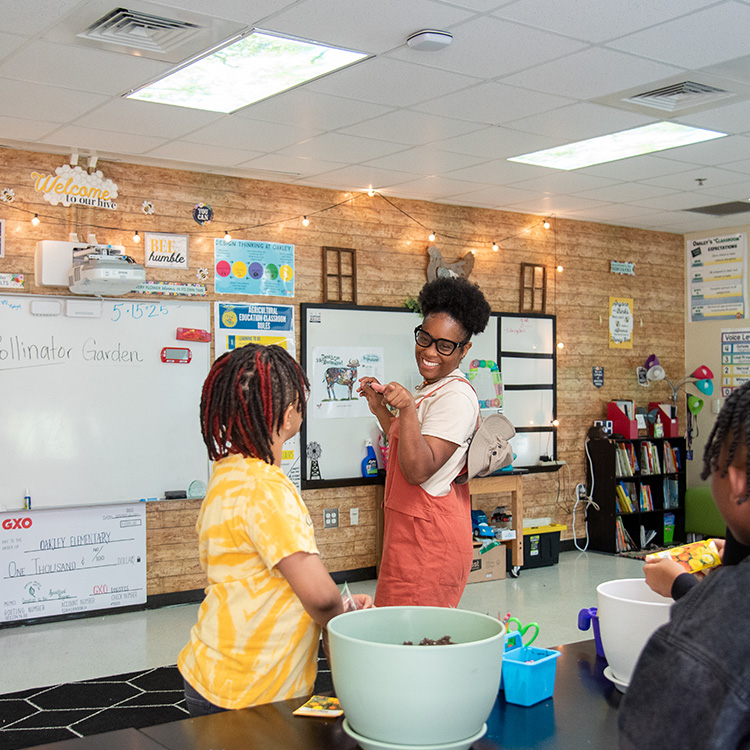
- Categories:
- Blog
- Tags:
- Ag in the Classroom
- ag in the classroom; education; learning
10/09/2025 -

- Categories:
- Blog
- Tags:
- Certified Farm Market
- Farm Passport
- mushrooms
10/09/2025 -
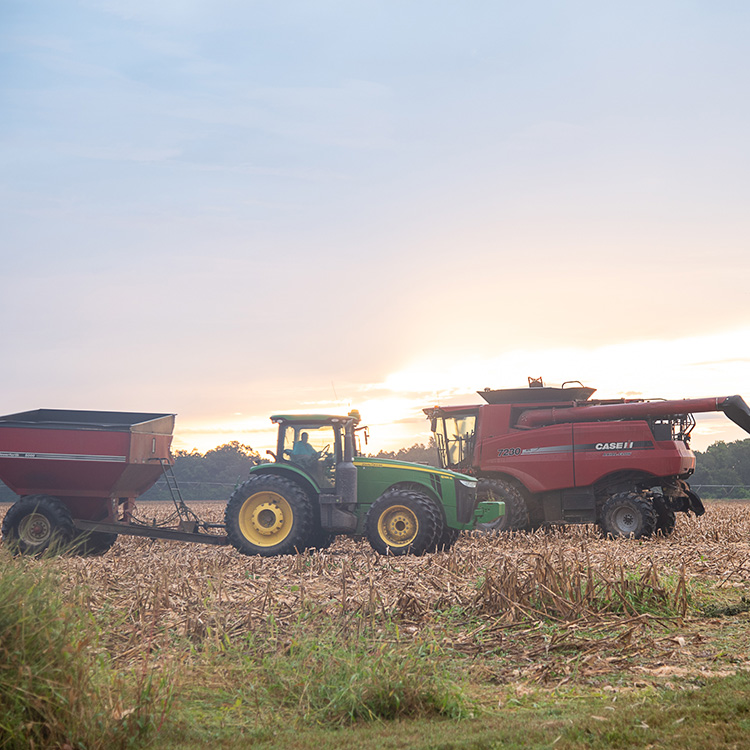
In The Know: National Farm Safety and Health Week 2025
- Categories:
- Blog
- Tags:
- Farm Safety
- Health
09/15/2025 -

Fresh Fixins: Lauren Bolden of Pie Bar
- Categories:
- Blog
- Tags:
- Certified Farm Market
- fresh fixins
- georgia grown
- lemon
- pecan pie
09/04/2025 -

-

-
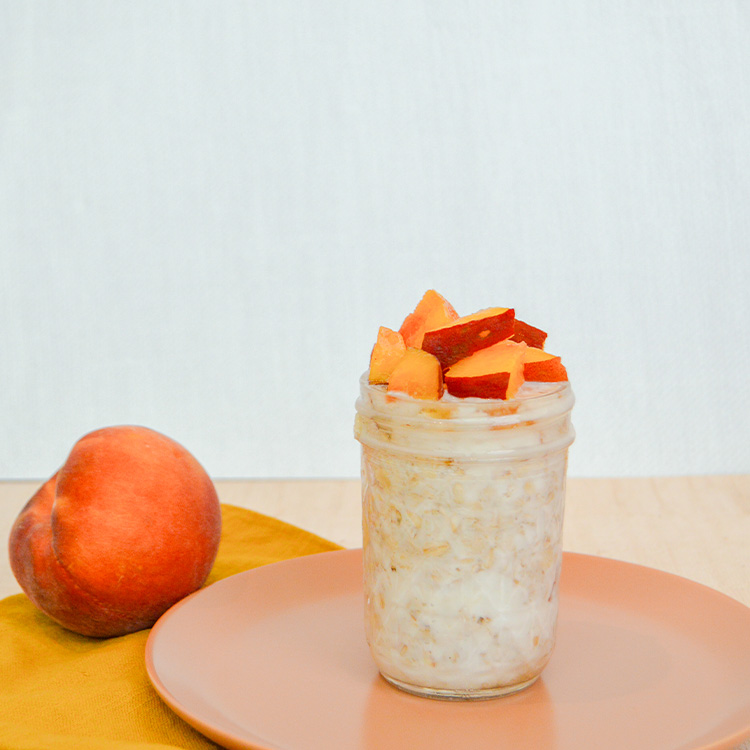
Peaches and Cream Overnight Oats
- Categories:
- Blog
- Tags:
- Certified Farm Market
- Honey
- no-bake recipes
- peach
- peaches
- Recipe
- Recipes
08/27/2025 -
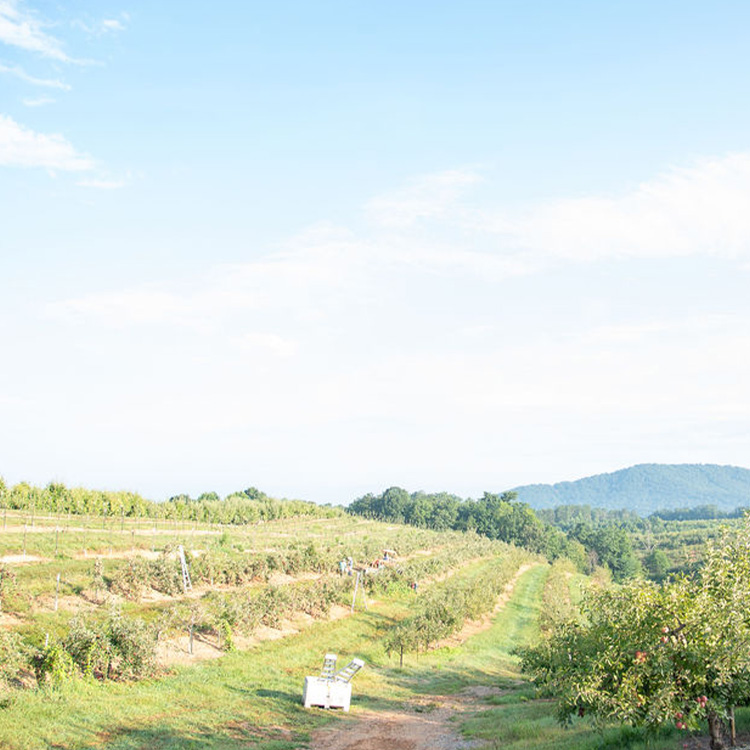
The Official Fall Farm Passport Guide
- Categories:
- Blog
- Tags:
- apple
- Apples
- Certified Farm Markets Farm Passport
- citrus
- corn maze
- Fall
- Fall Maze
- Farm Passport
- festivals
- hayride
- lavender
- Pumpkins
- Travel
08/26/2025 -
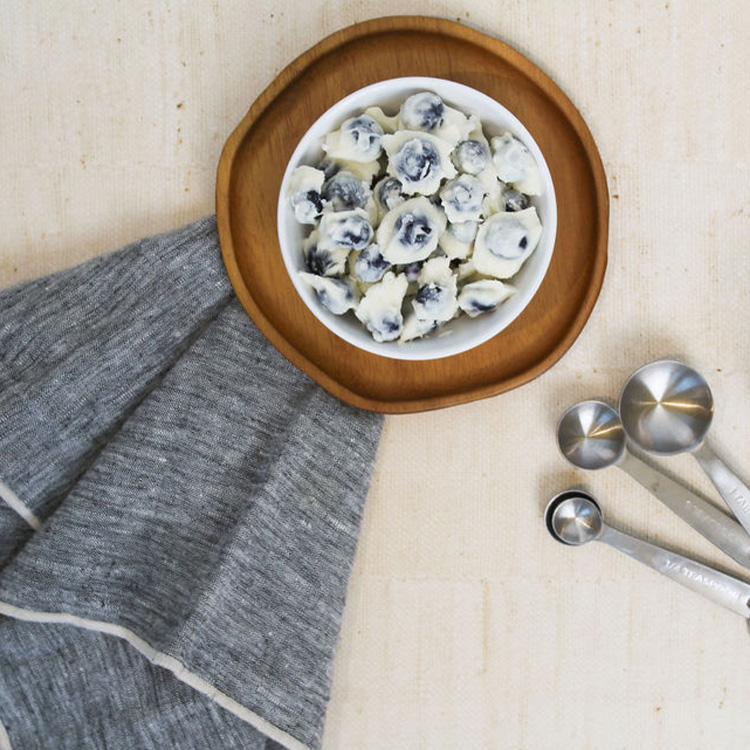
Frozen Greek Yogurt Blueberry Bites
- Categories:
- Blog
- Tags:
- blueberries
- Certified Farm Market
07/28/2025 -

Lemon Blueberry Ricotta Toast with Honey
- Categories:
- Blog
- Tags:
- blueberries
- blueberry
- Certified Farm Market
- Certified Farm Markets
- Certified Farm Markets Farm Passport
- certified farmer market
- Honey
- lemon
07/14/2025 -

-
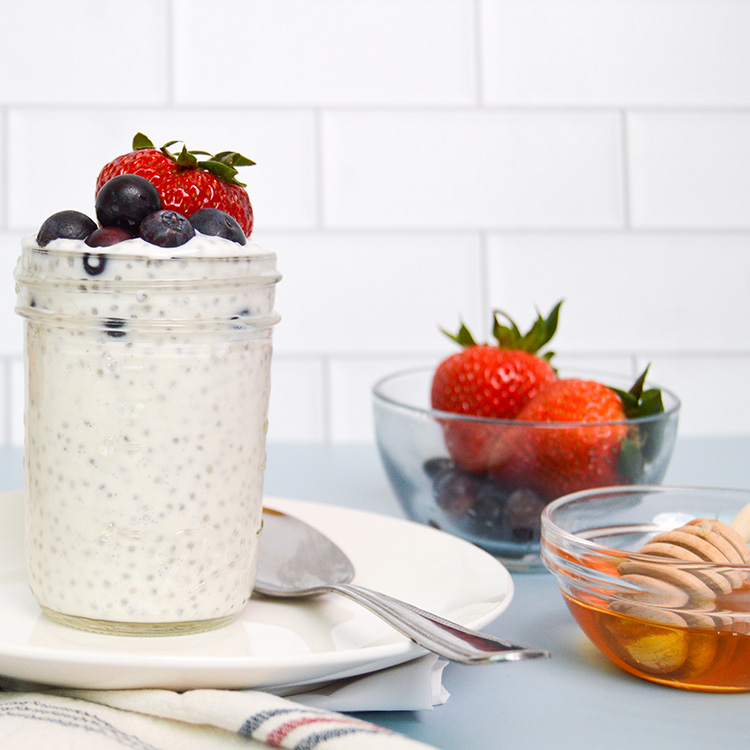
Greek Yogurt Chia Seed Pudding
- Categories:
- Blog
- Tags:
- blueberries
- Certified Farm Markets
- Farm Passport
- Honey
- Recipe
- Strawberries
06/10/2025 -

- Categories:
- Blog
- Tags:
- georgia grown
- Mother's Day
- Products We Love
04/10/2025 -
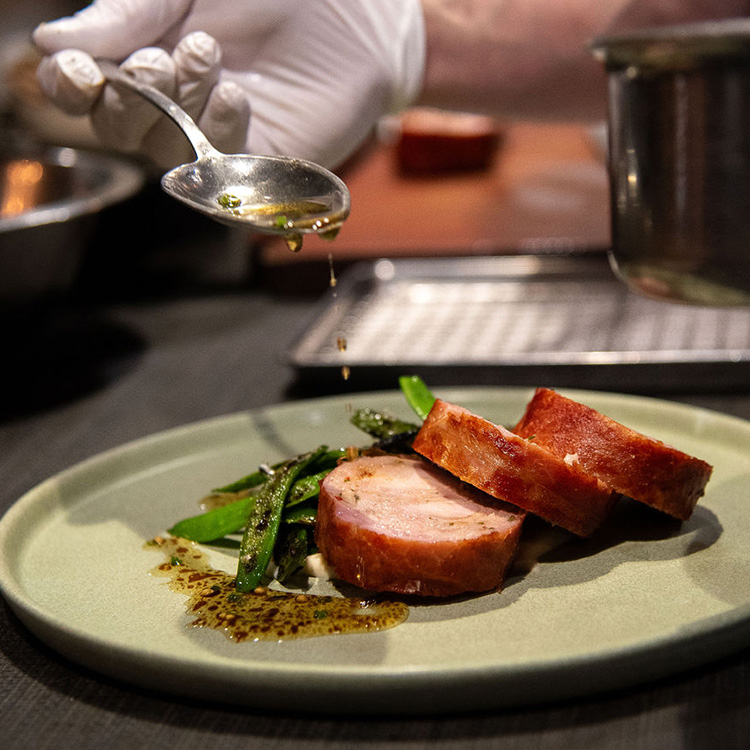
Fresh Fixins with Chef Jacob Hammer
- Categories:
- Blog
- Tags:
- certified farmer market
- fresh fixins
- fresh produce
- Recipe
- Recipes
03/18/2025 -
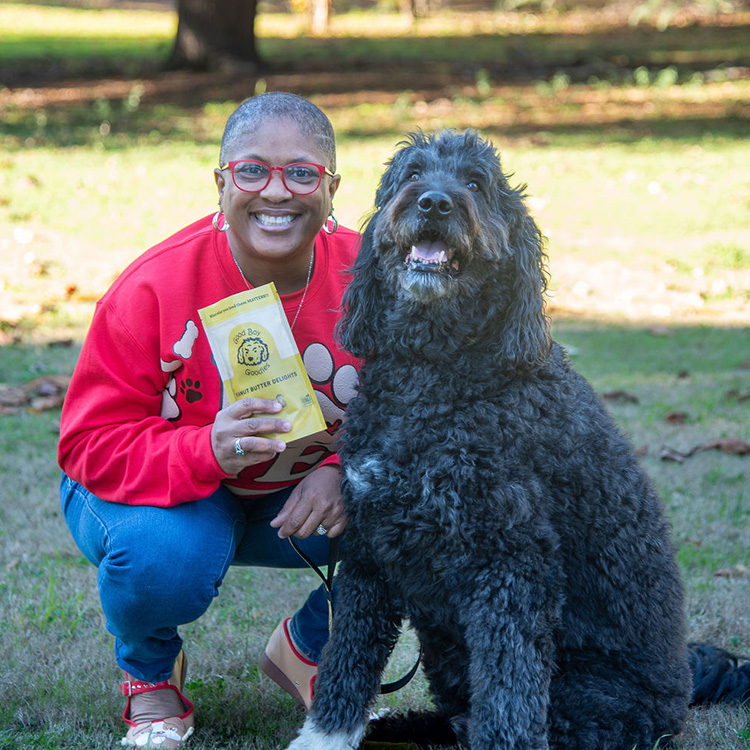
-
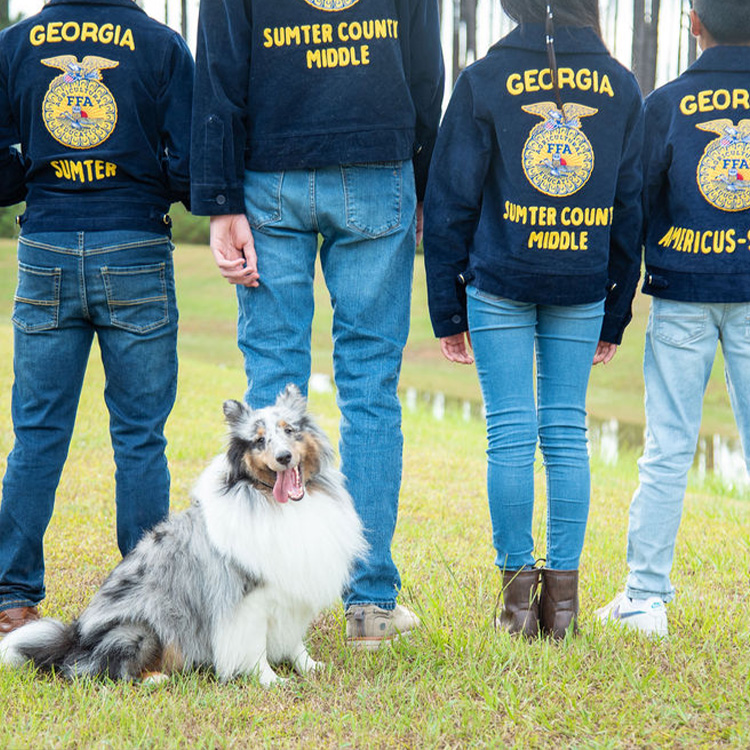
-
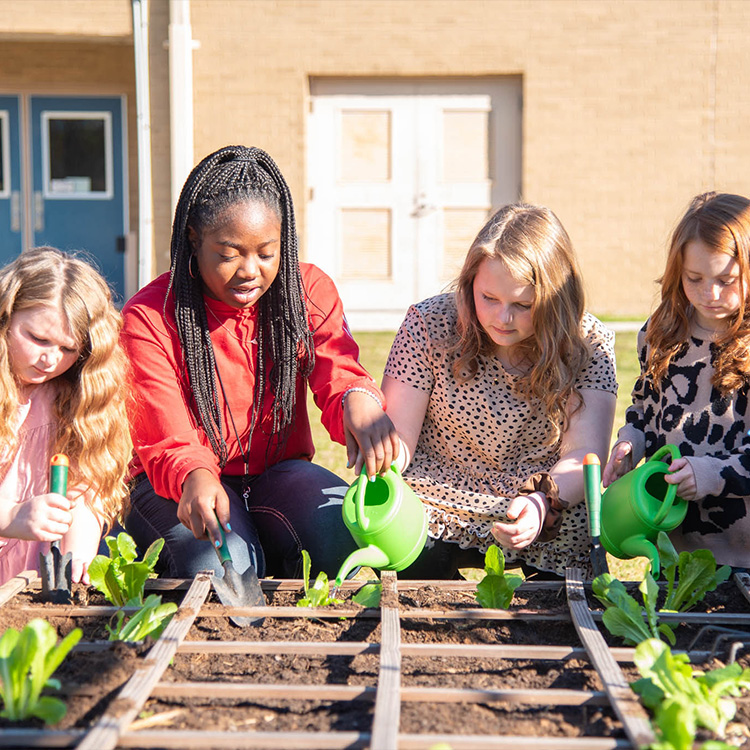
Celebrating Georgia Ag Week 2025
- Categories:
- Blog
- Tags:
- Ag Week
- ga ag week
- georgia ag week
03/05/2025 -

-

Products We Love This Christmas
- Categories:
- Blog
- Tags:
- Certified Farm Market
- Certified Farm Markets
- holiday product we love
- Products We Love
12/17/2024 -
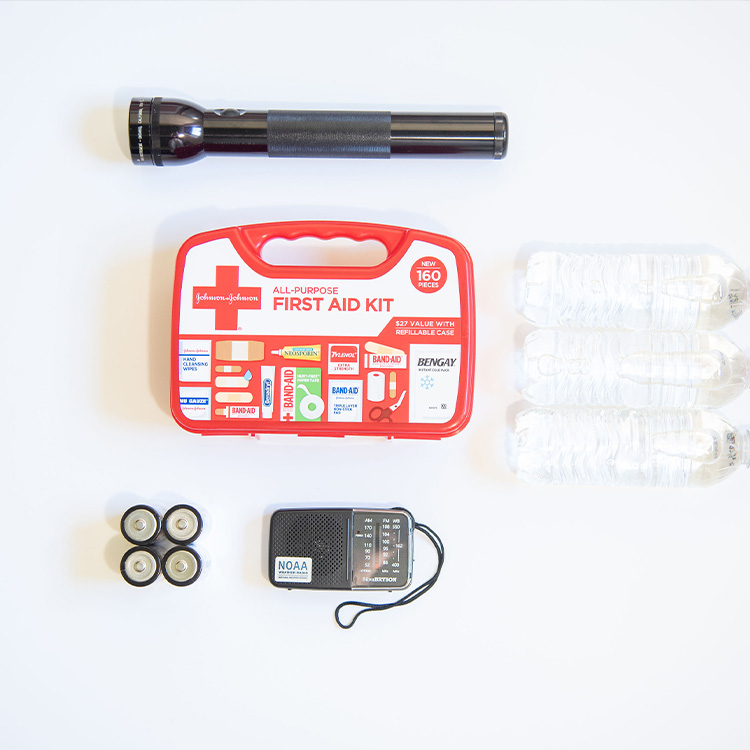
- Categories:
- Blog
- Tags:
- Georgia Department of agriculture
- storm prep
- storms
- weather
09/24/2024 -

Fresh Fixins: Gulf Lump Crab Cakes, Fried Green Tomatoes and Sweet Potato Succotash
- Categories:
- Blog
- Tags:
- Georgia Neighbors Magazine
- Neighbors Magazine
09/09/2024 -
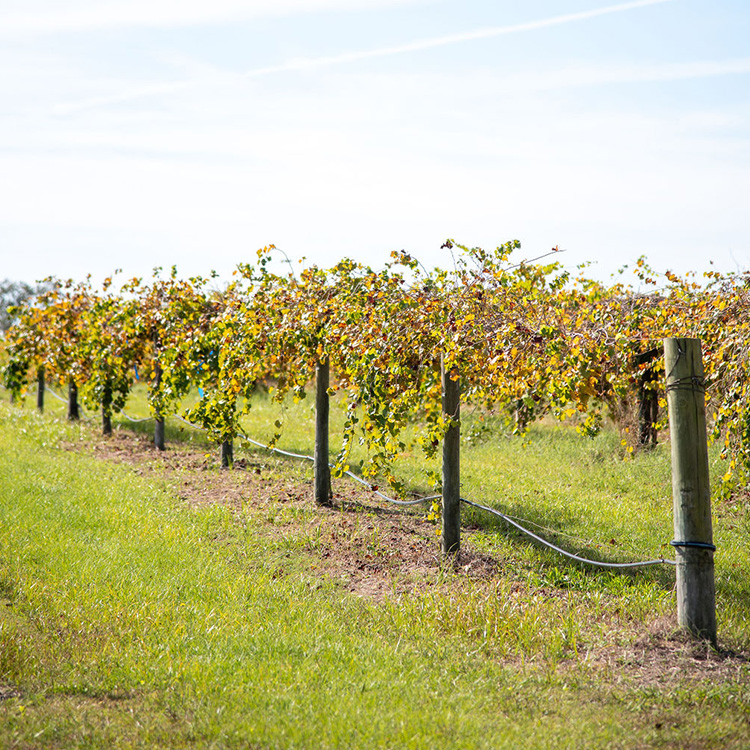
-

-
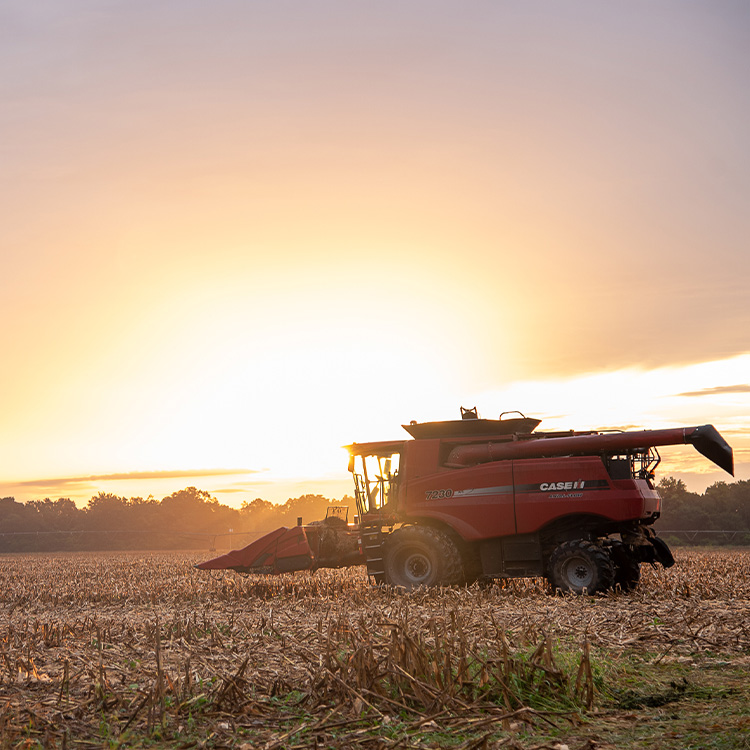
It's Okay to Not Be Okay-Nurturing Our Mental Health
- Categories:
- Blog
- Tags:
- Farmers and ranchers mental health
- Rural Mental Health
08/22/2024 -
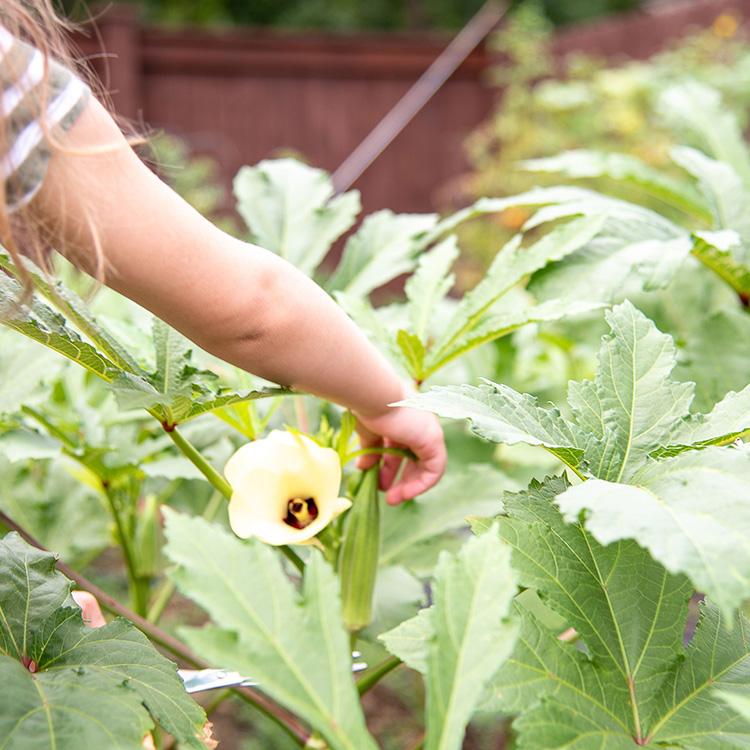
-
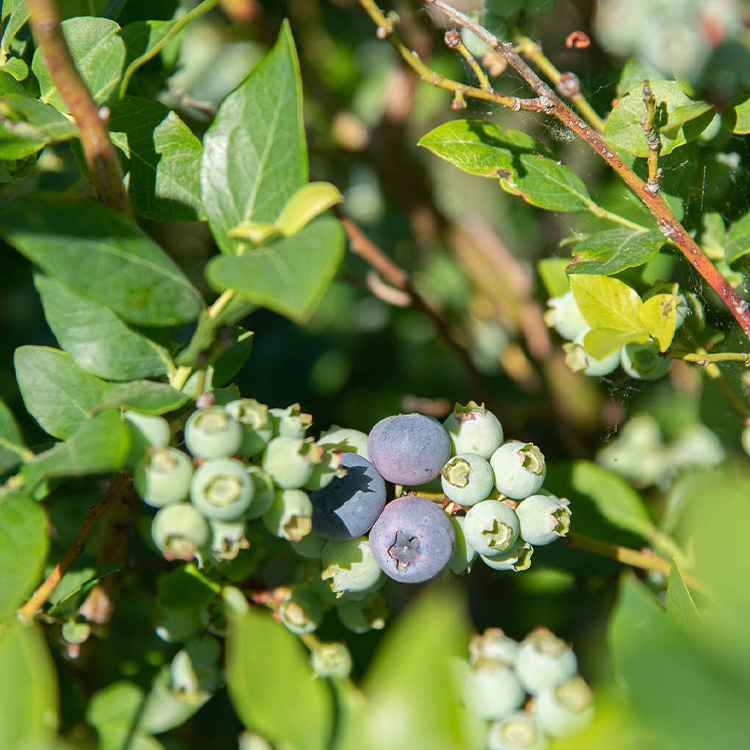
3 Ways to Use Georgia Blueberries
- Categories:
- Blog
- Tags:
- blueberries
- blueberry
- Certified Farm Markets Farm Passport
- certified farmer market
07/01/2024 -
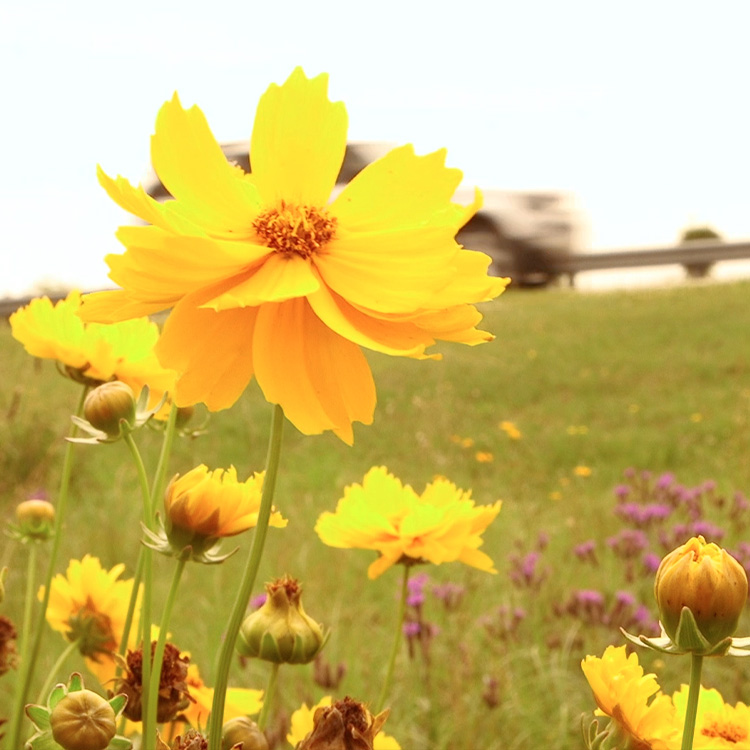
-
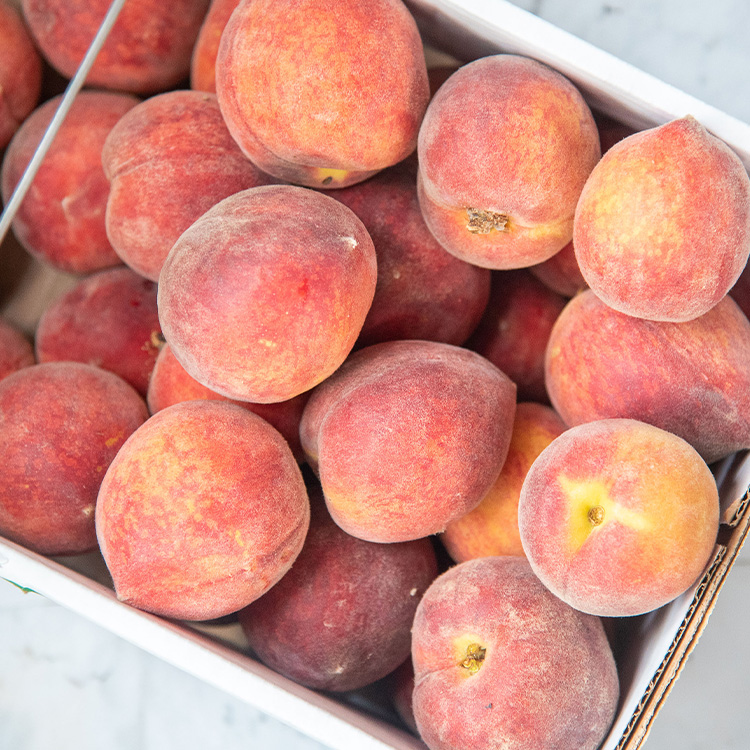
-
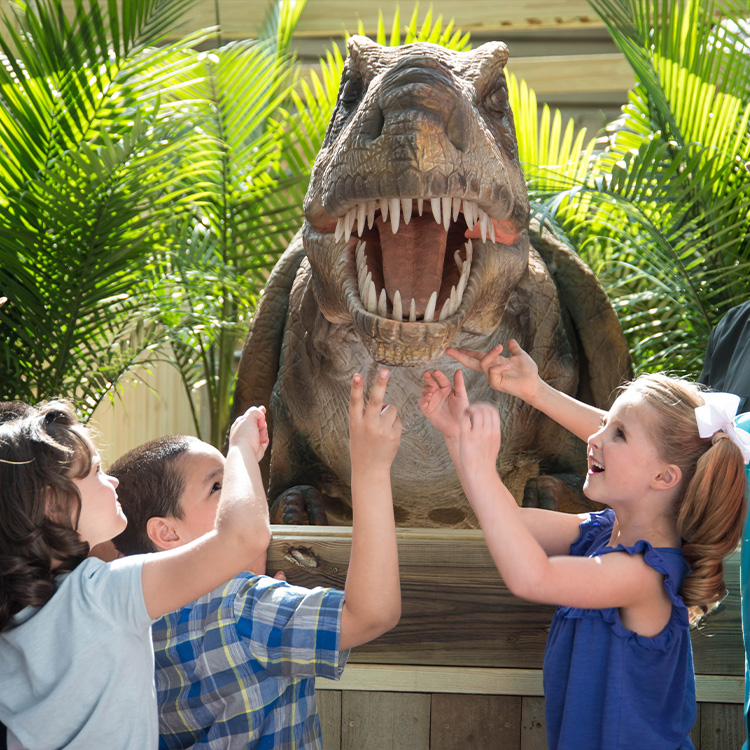
- Categories:
- Blog
- Tags:
- Georgia Farm Bureau Membership
- GFB membership
- Membership Benefits
- Wild Adventures
05/09/2024 -

Products She'll Love This Mother's Day
- Categories:
- Blog
- Tags:
- mothers day
- Products We Love
05/03/2024 -

Summer Grilling Tips and Recipes
- Categories:
- Blog
- Tags:
- Beef
- Burger
- cattleman's association
- georgia beef
- marinade
- peach
- peaches
- Recipe
- Steak
04/30/2024 -
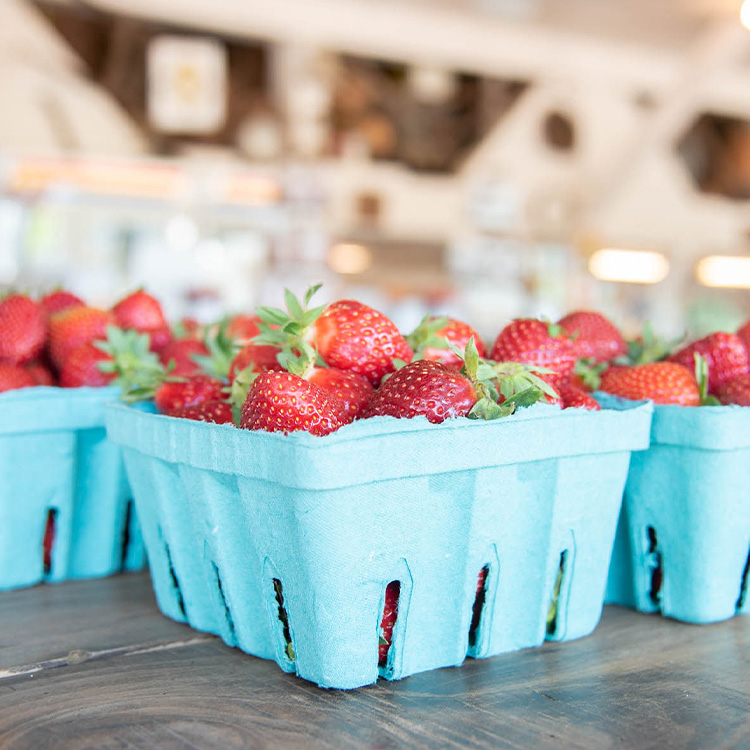
-
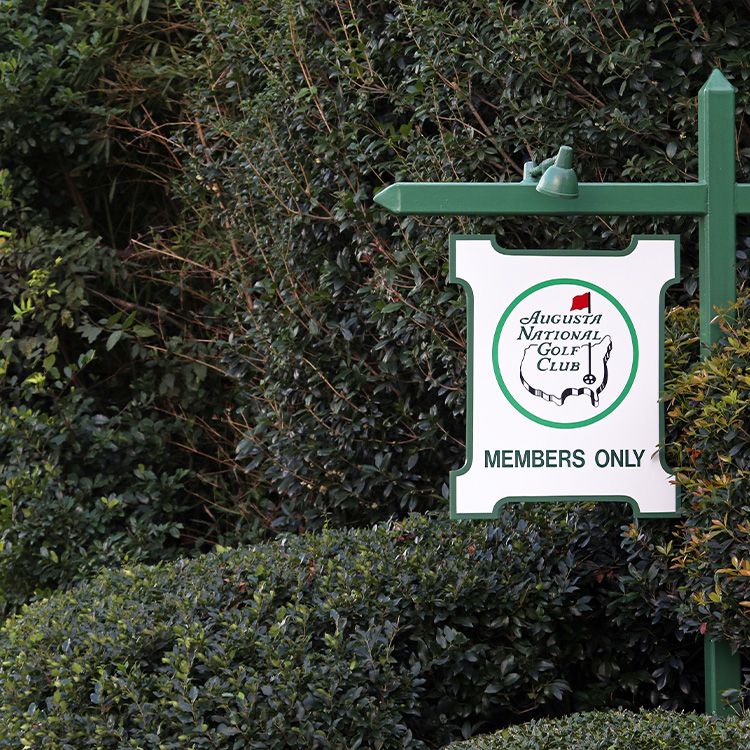
- Categories:
- Blog
- Tags:
- barbecue
- certified farmer market
- Cheese
- Eggs
- Food
- lemonade
- Masters Tournament
- peach ice cream
- pimento cheese
- Pork
- Recipes
04/09/2024 -
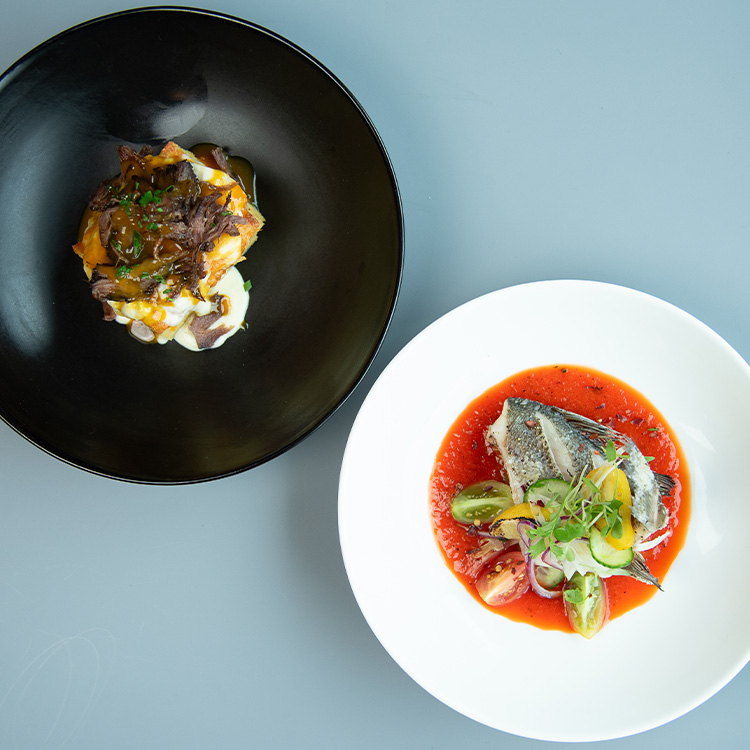
Fresh Fixins - Roasted Georgia Black Bass and Braised Beef
- Categories:
- Blog
- Tags:
- Neighbors Magazine
03/12/2024 -

-

-

-

-

-

-
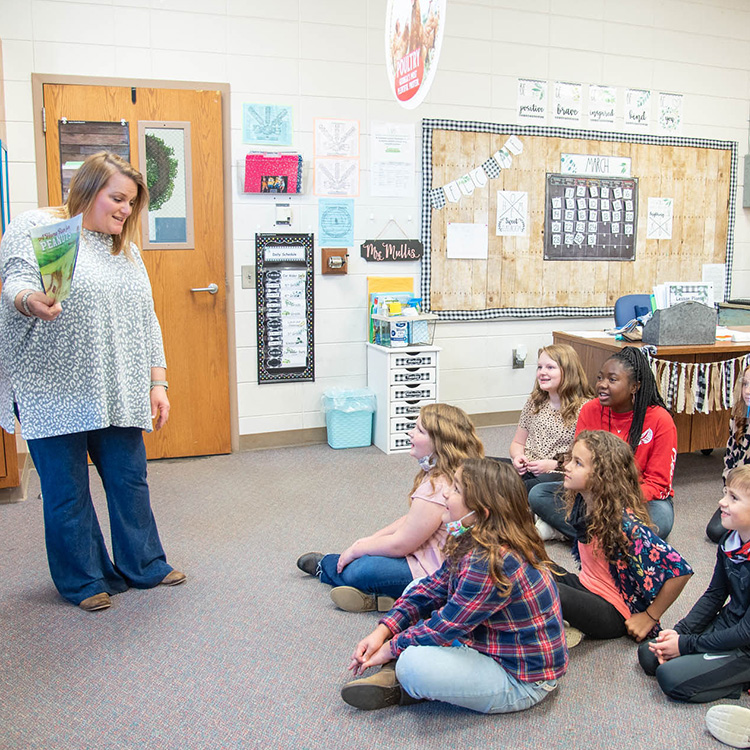
Ag in the Classroom Program Recommends Monthly Book
- Categories:
- Ag in the Classroom
- Blog
- Education
- Tags:
09/15/2023 -

Ways Georgia Farm Bureau Members Can Save This Fall
- Categories:
- Blog
- Member Benefits
- Tags:
09/15/2023 -

-

-
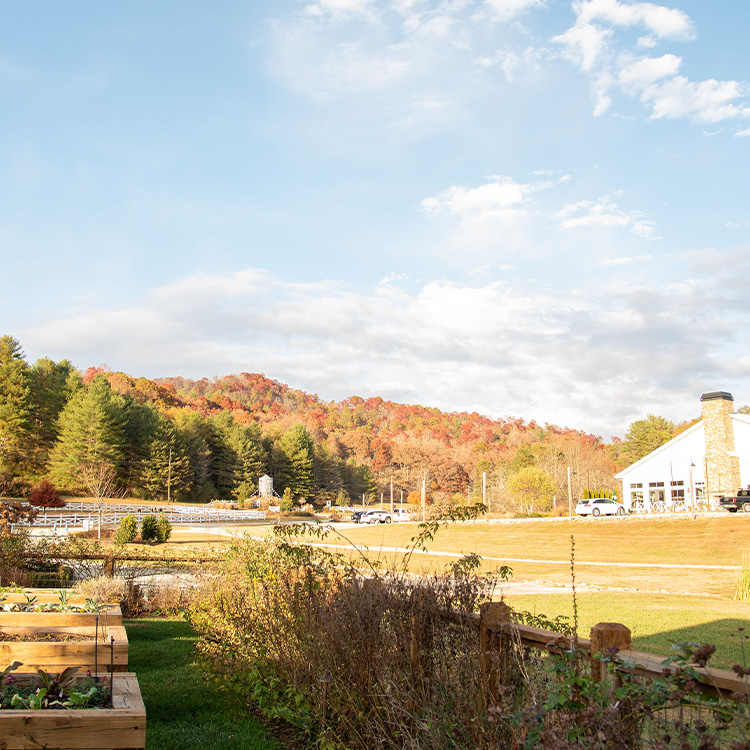
-

-

-

-

-

-
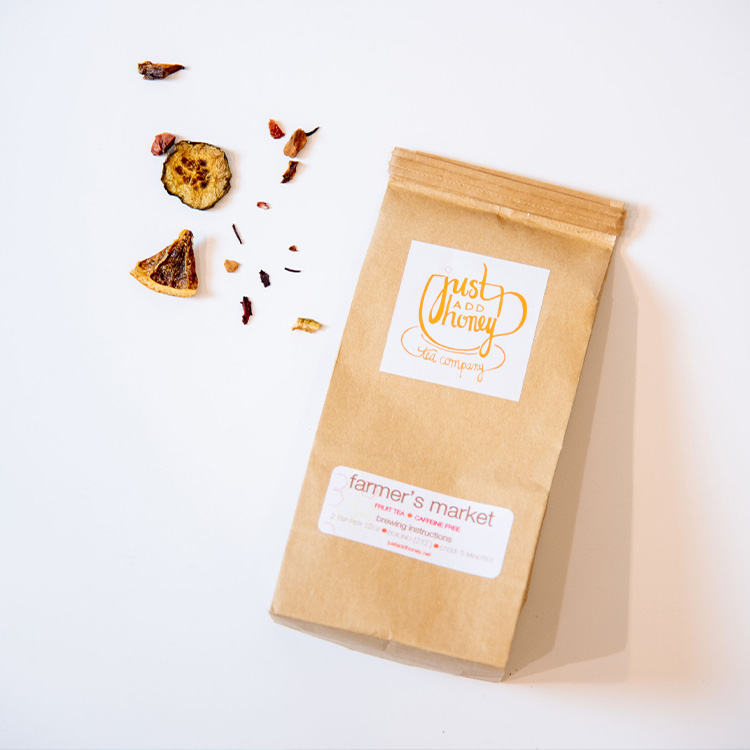
Products We Love: Mother's Day Edition
- Categories:
- Agriculture
- Agritourism
- Blog
- Certified Farm Markets
- Lifestyle
- Tags:
05/03/2023 -
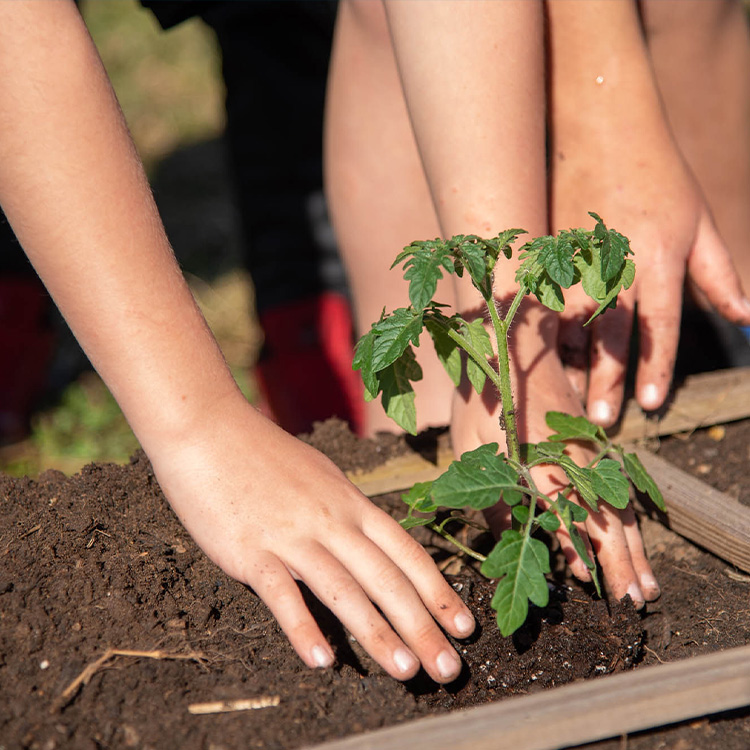
How To Grow Your Own Salsa Garden
- Categories:
- Agriculture
- Blog
- DIY
- Education
- Gardening
- Tags:
04/30/2023 -
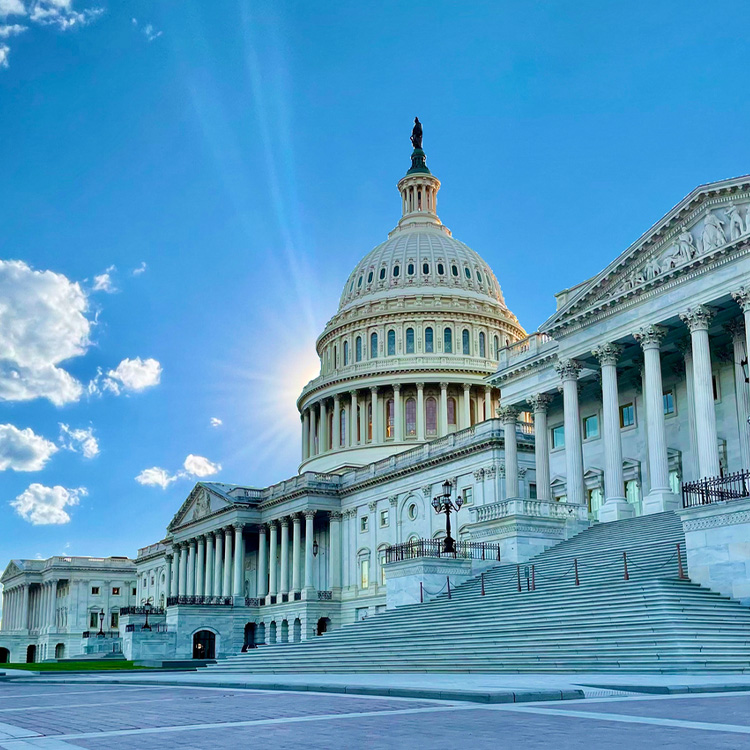
Why You Should Care About the Farm Bill
- Categories:
- Agriculture
- Blog
- Education
- Legislative
- Tags:
03/30/2023 -
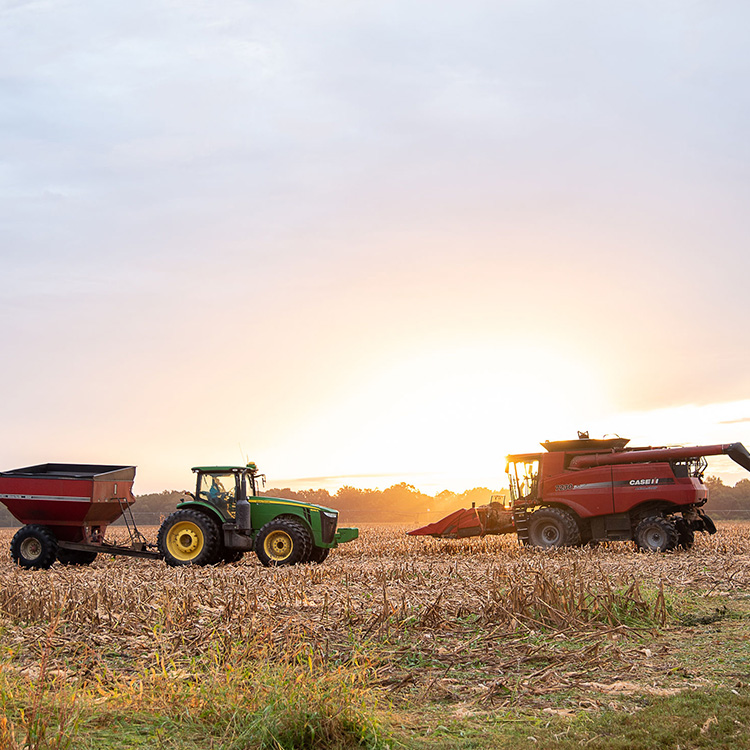
Magnolia Loom Launches Support Agriculture Initiative
- Categories:
- Agriculture
- Blog
- Lifestyle
- Tags:
03/16/2023 -
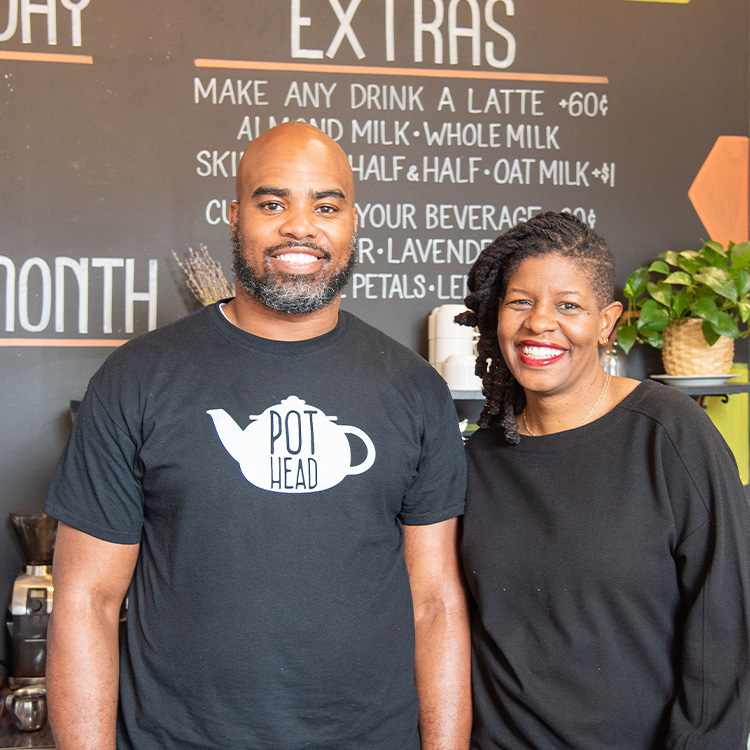
-
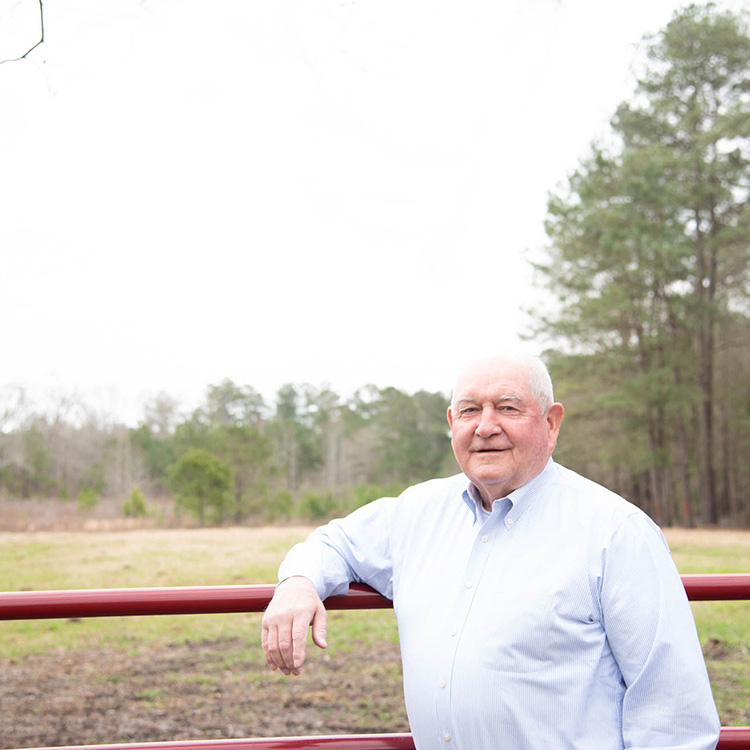
-

-
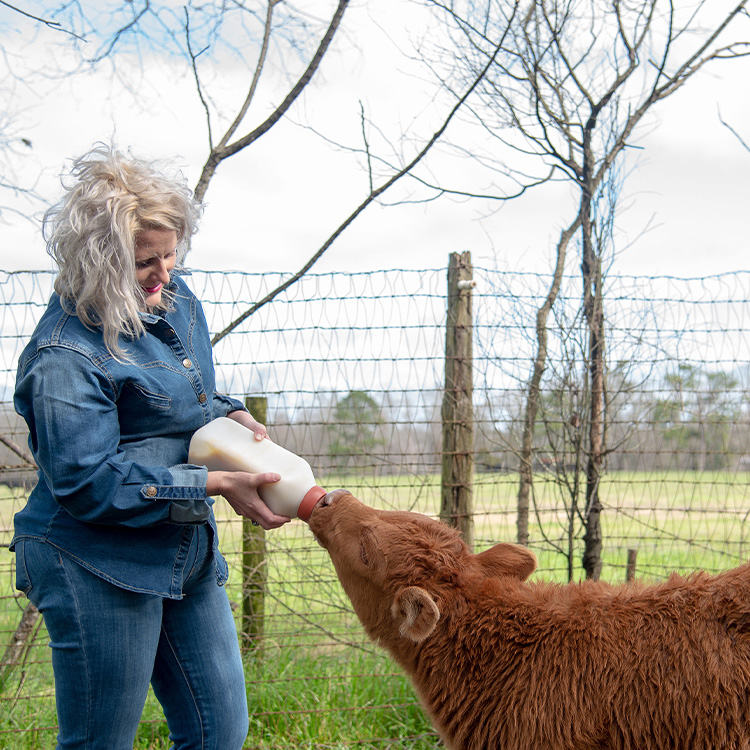
-
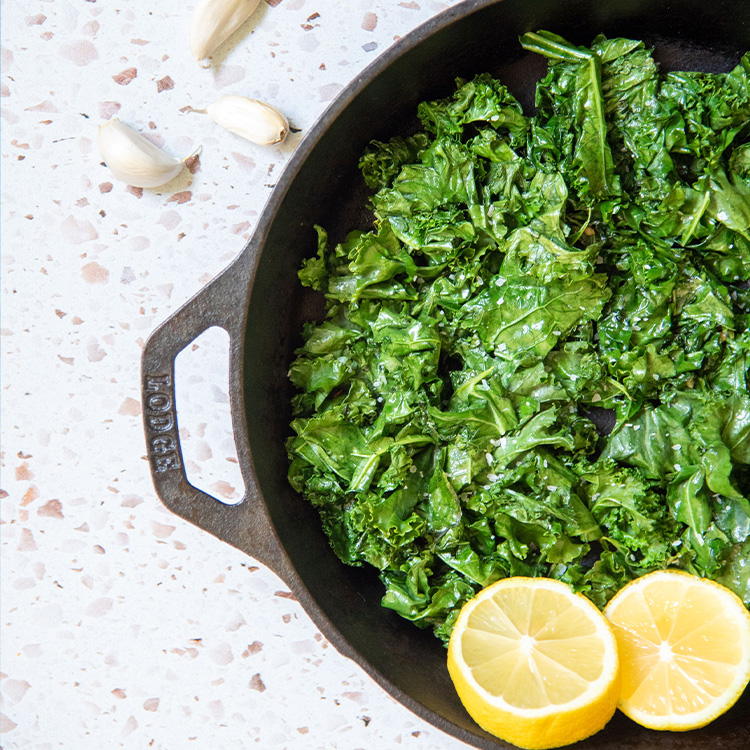
-
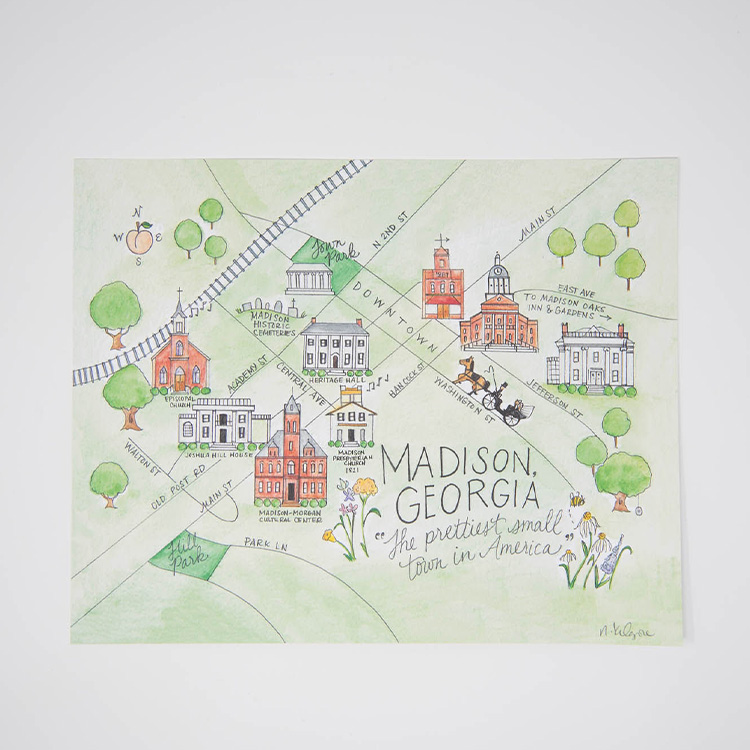
-
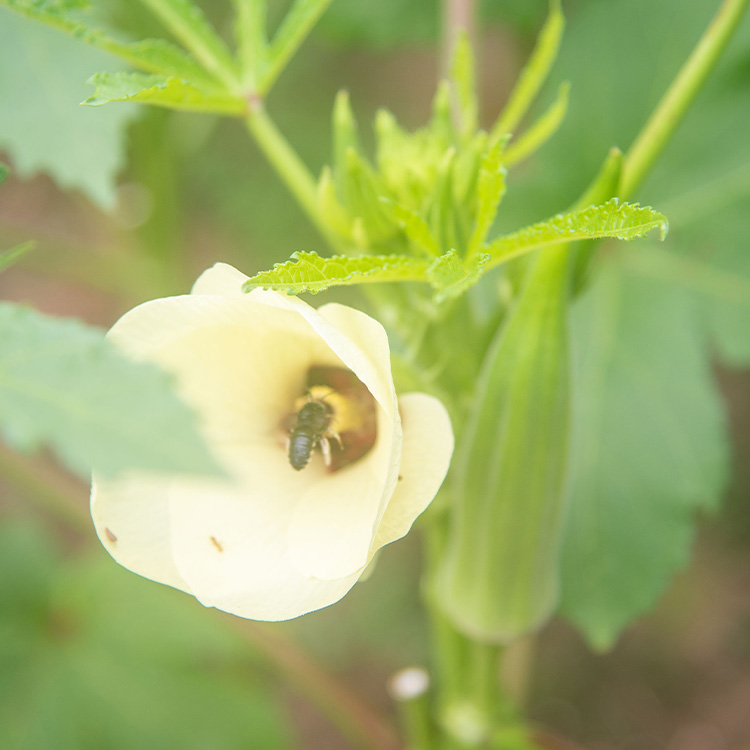
-

-

The Perfect Cookie For This Year's Cookie Swap
- Categories:
- Blog
- Certified Farm Markets
- Food
- Tags:
11/29/2022 -
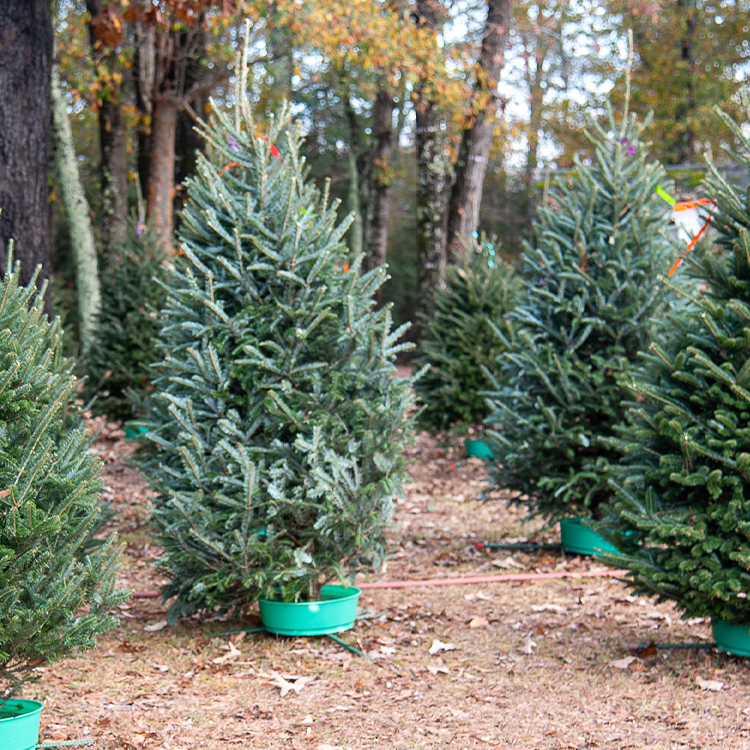
-
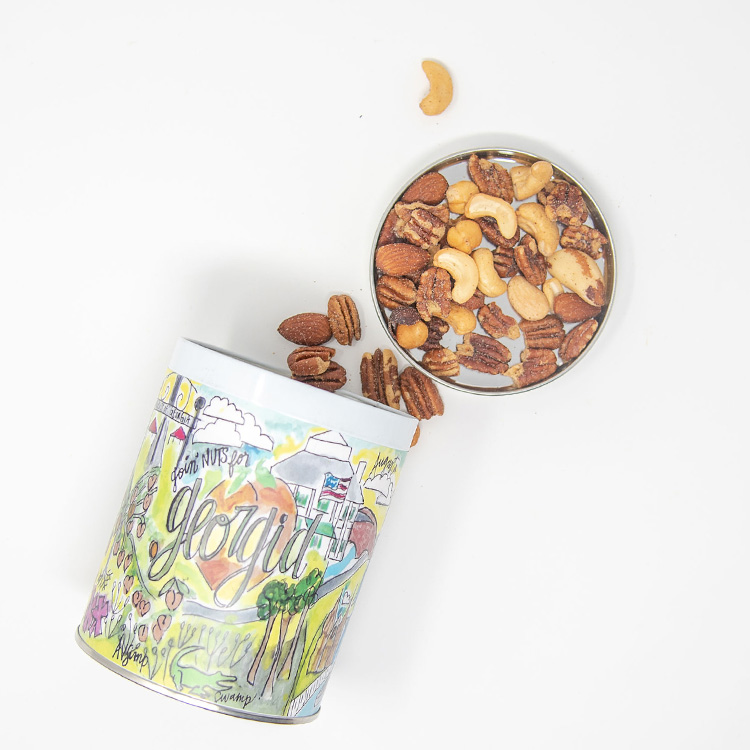
-

- Categories:
- Agritourism
- Blog
- Certified Farm Markets
- Tags:
- Fall Maze
- Pumpkins
- Stetson Bennett
- university of Georgia
11/07/2022 -

-

-

-

-

- Categories:
- Blog
- Food
- Tags:
- barbecue
- dolans
- lazar brown oglesby
- mary beth brown
10/03/2022 -

-
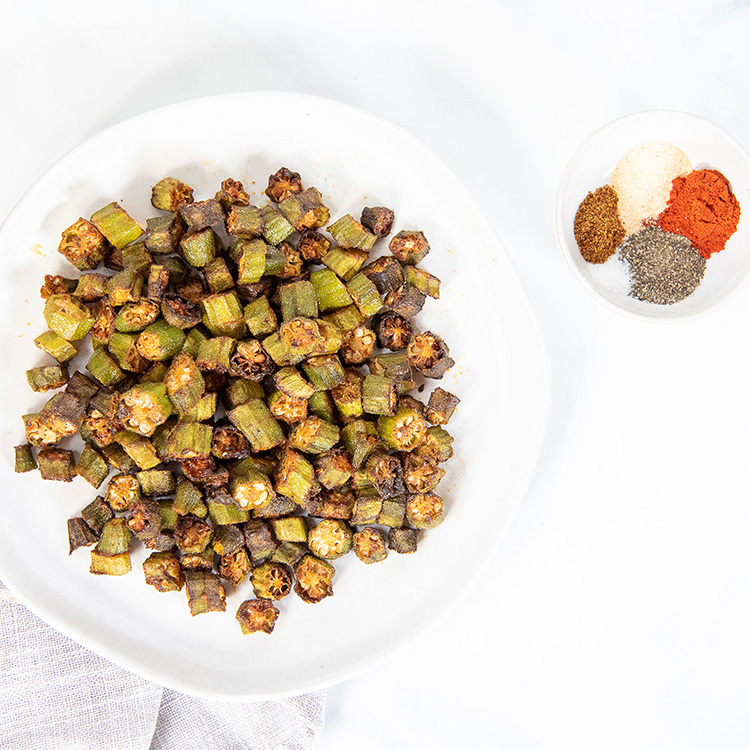
-
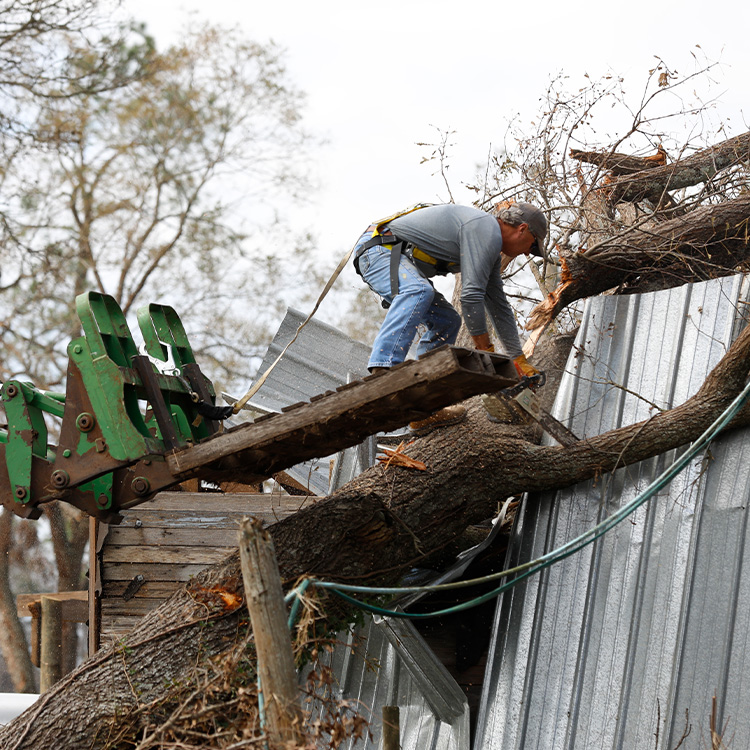
-
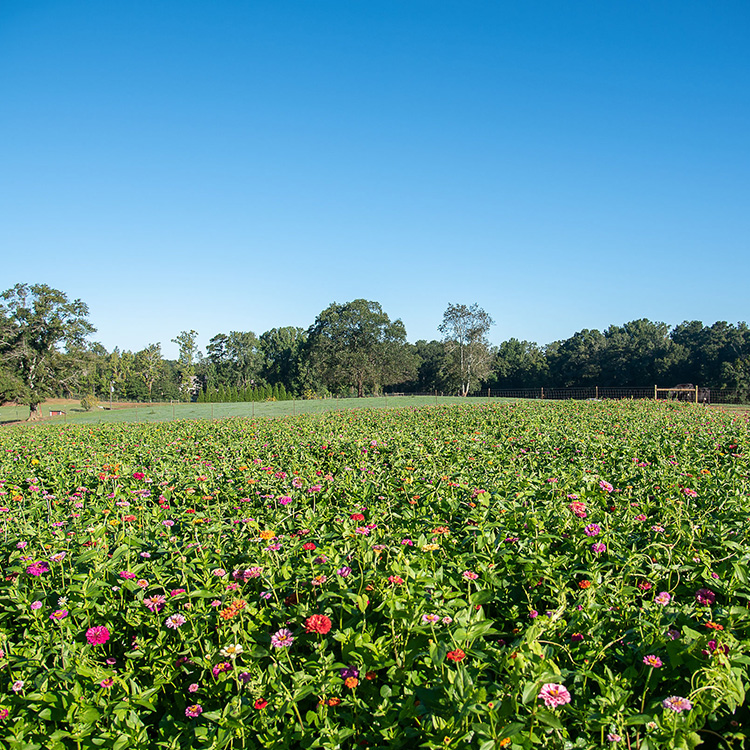
-
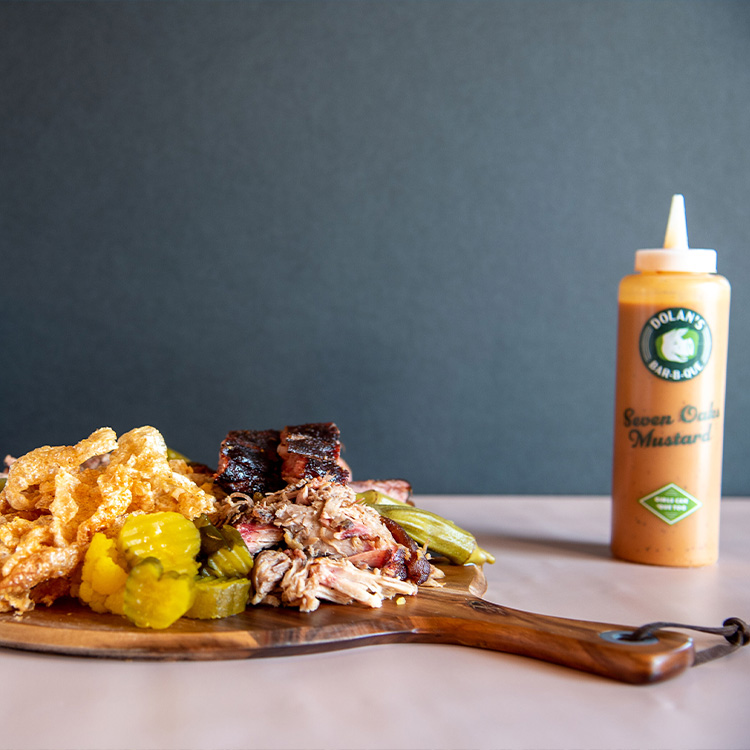
-

- Categories:
- Blog
- Lifestyle
- Tags:
- Allen poole
- blake poole
- governor kemp
- state governor office
09/26/2022 -
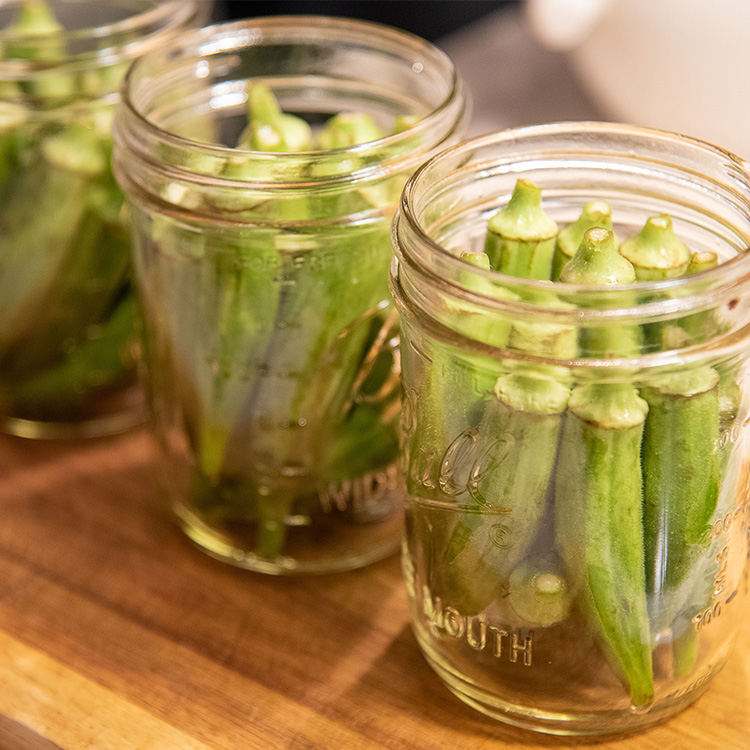
-

-
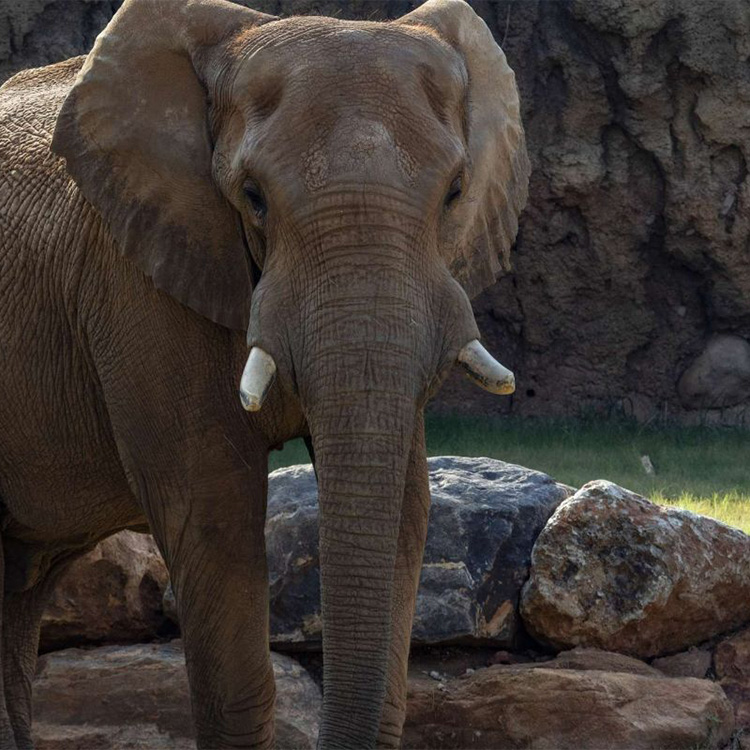
3 Things to Look Forward to at Zoo Atlanta
- Categories:
- Blog
- Member Benefits
- Tags:
- Membership Benefits
08/10/2022 -
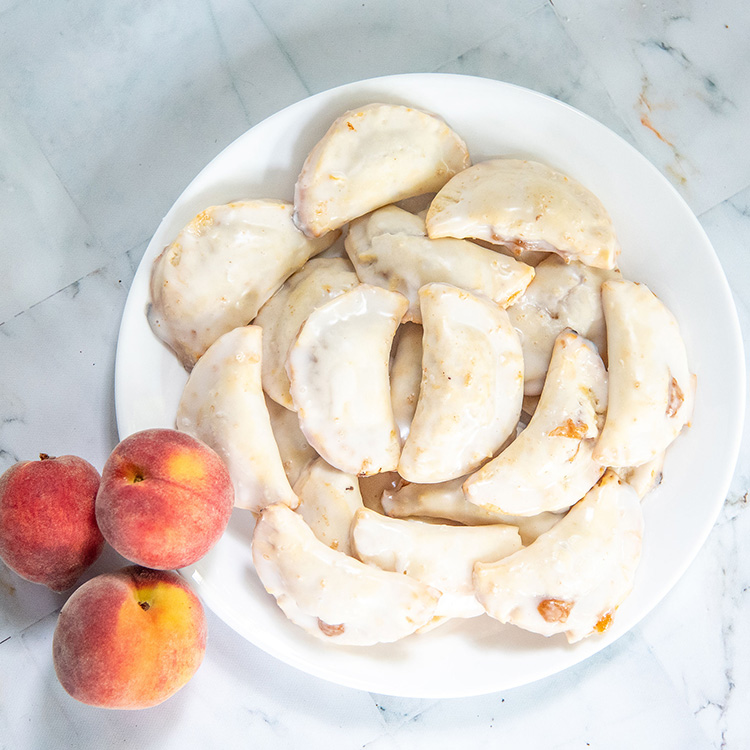
- Categories:
- Blog
- Certified Farm Markets
- DIY
- Food
- Tags:
- Certified Farm Market
- peaches
07/21/2022 -

Broiled Peaches with Vanilla Ice Cream
- Categories:
- Blog
- Certified Farm Markets
- DIY
- Food
- Tags:
- balsamic vinegar
- Honey
- peaches
07/19/2022 -

- Categories:
- Blog
- Certified Farm Markets
- DIY
- Food
- Tags:
- Certified Farm Market
- georgia grown
- peaches
- tomatoes
07/11/2022 -
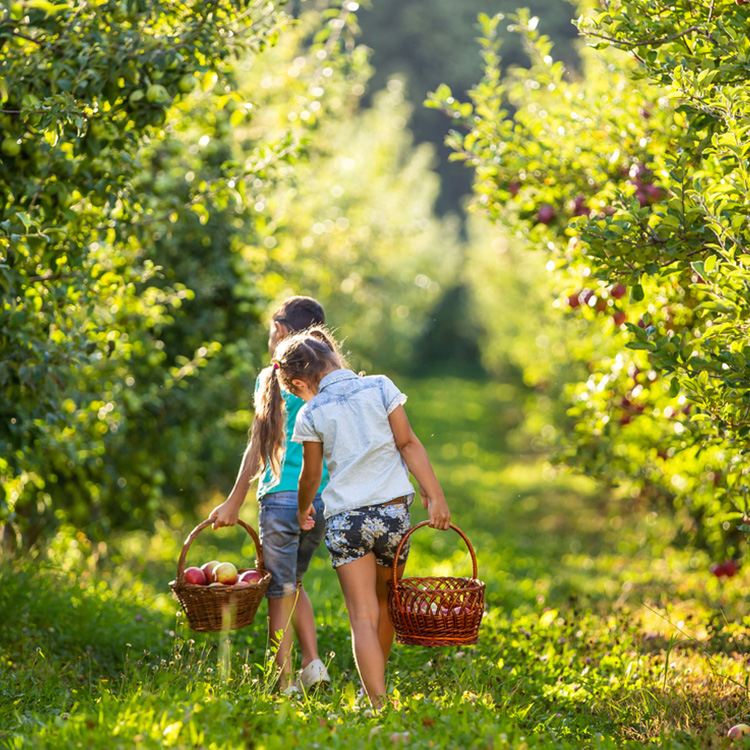
Passport Adventures Through Ellijay
- Categories:
- Agritourism
- Blog
- Certified Farm Markets
- Tags:
- Apples
- Certified Farm Market
- peaches
- Pumpkins
- Vegetables
07/11/2022 -

-
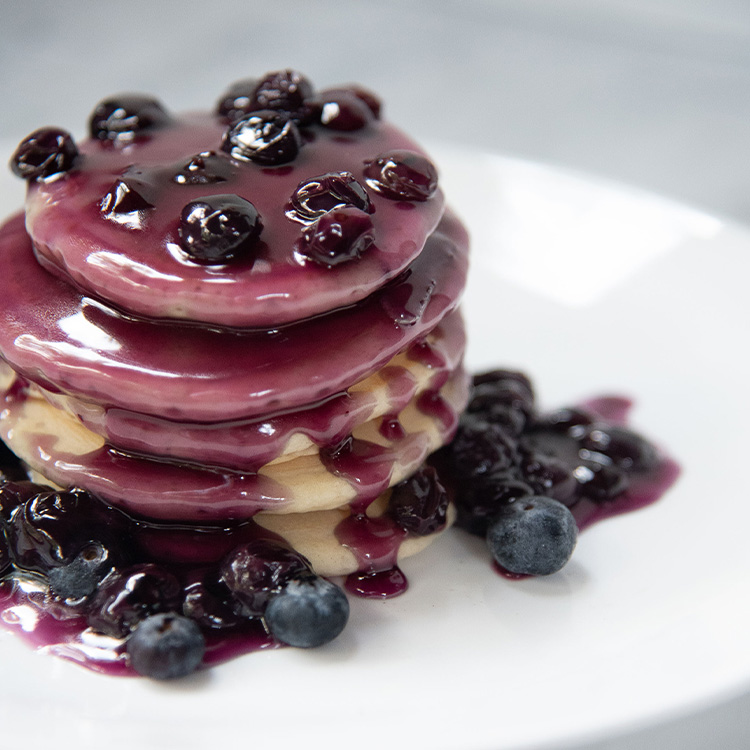
Mommy & Me: Mrs. Diane’s Blueberry Syrup
- Categories:
- Blog
- Certified Farm Markets
- Food
- Tags:
- blueberry
- Certified Farm Markets
06/23/2022 -
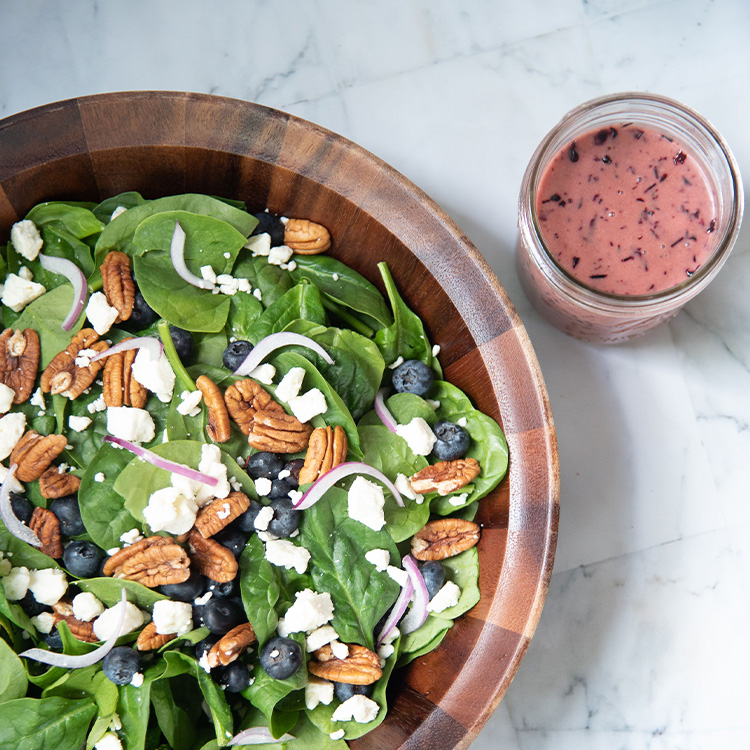
Spinach Salad with Fresh Blueberry Vinaigrette
- Categories:
- Blog
- Certified Farm Markets
- Food
- Tags:
- blueberries
- Honey
- Pecans
06/20/2022 -
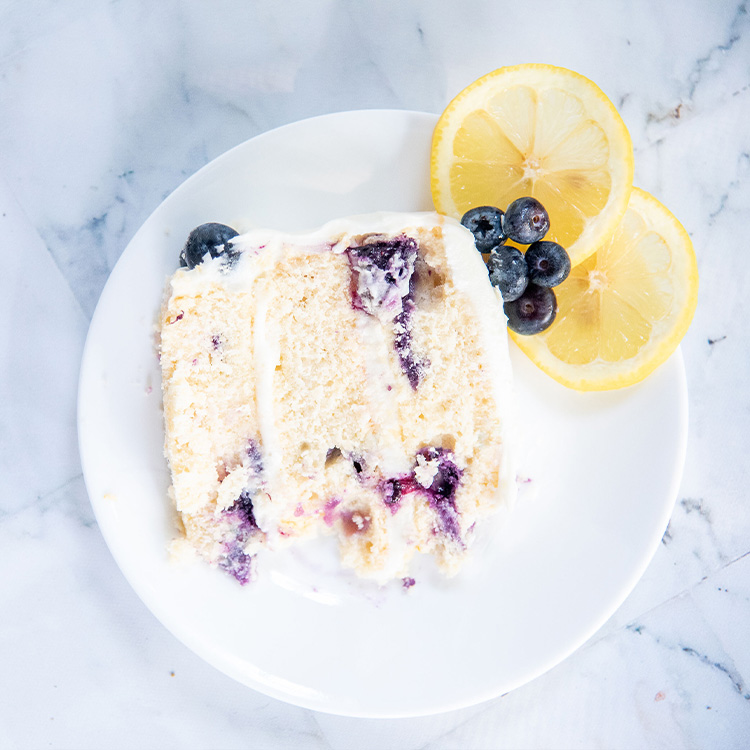
Delectable Blueberry Lemon Cake
- Categories:
- Blog
- Certified Farm Markets
- Food
- Tags:
- blueberries
06/13/2022 -

- Categories:
- Agritourism
- Blog
- Certified Farm Markets
- Member Benefits
- Tags:
- Certified Farm Markets Farm Passport
05/26/2022 -
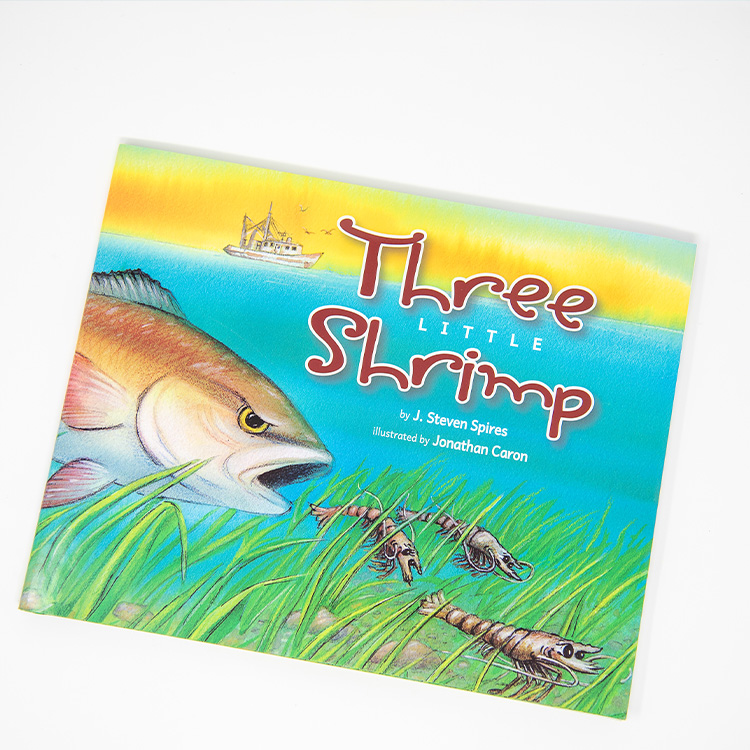
- Categories:
- Ag in the Classroom
- Agriculture
- Blog
- Education
- Tags:
- Ag in the Classroom
- shrimp
- Three Little Shrimp
05/16/2022 -

GFB Members Can Now Save 15% at IHG Hotels & Resorts
- Categories:
- Blog
- Member Benefits
- Tags:
- IHG Hotels and Resorts
- Member Benefits
- Membership
- Summer Savings
05/16/2022 -
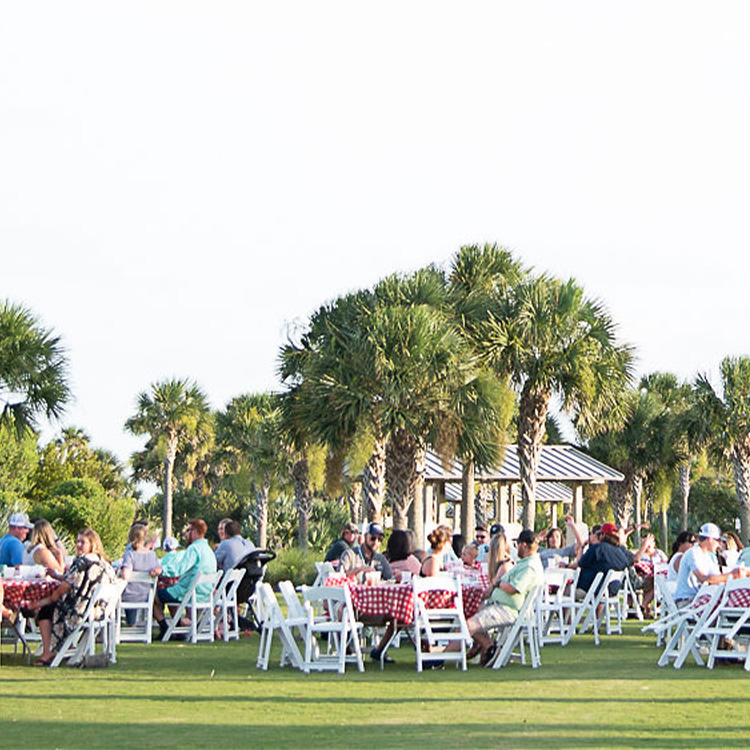
Young Farmers & Ranchers Summer Leadership Conference FAQs
- Categories:
- Agriculture
- Blog
- Education
- Farm Bureau
- Member Benefits
- Tags:
- Young Farmers & Ranchers Summer Leadership Conference
05/11/2022 -
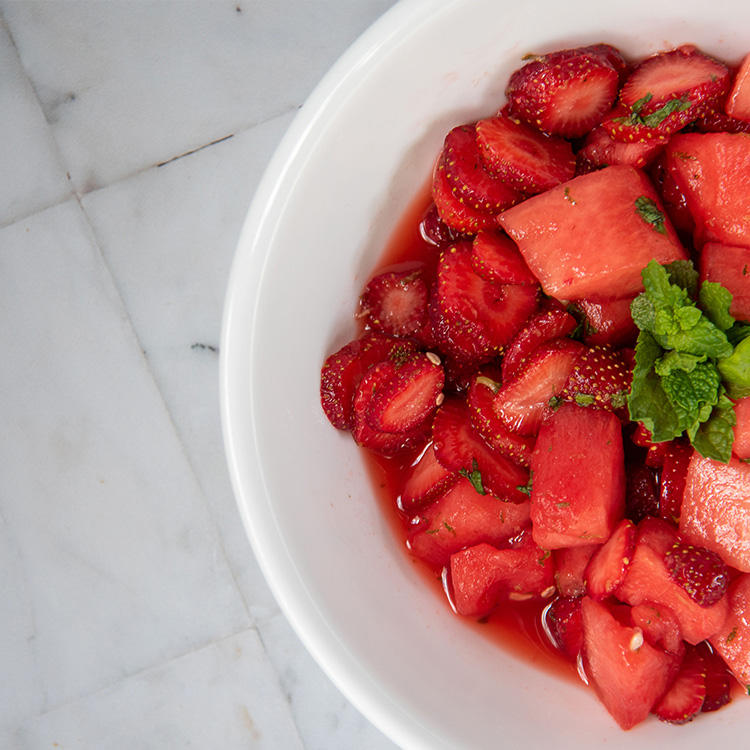
Refreshing Strawberry Watermelon Salad
- Categories:
- Blog
- Certified Farm Markets
- DIY
- Food
- Tags:
- Honey
- Strawberry
04/28/2022 -

Sweet Strawberry Buttercream Cake
- Categories:
- Blog
- Certified Farm Markets
- DIY
- Food
- Tags:
- Strawberry
04/28/2022 -

Mommy & Me: Fresh Strawberry Scones
- Categories:
- Blog
- Certified Farm Markets
- DIY
- Food
- Tags:
- Dairy
- Strawberry
04/28/2022 -

-
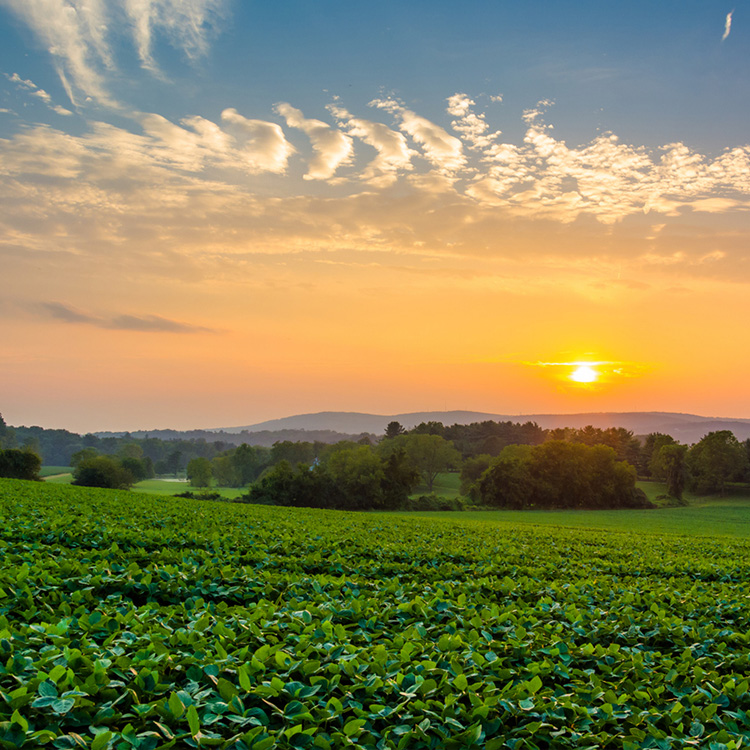
- Categories:
- Agriculture
- Blog
- Tags:
- Ag Hero
- Ag Week
- georgia ag week
03/21/2022 -
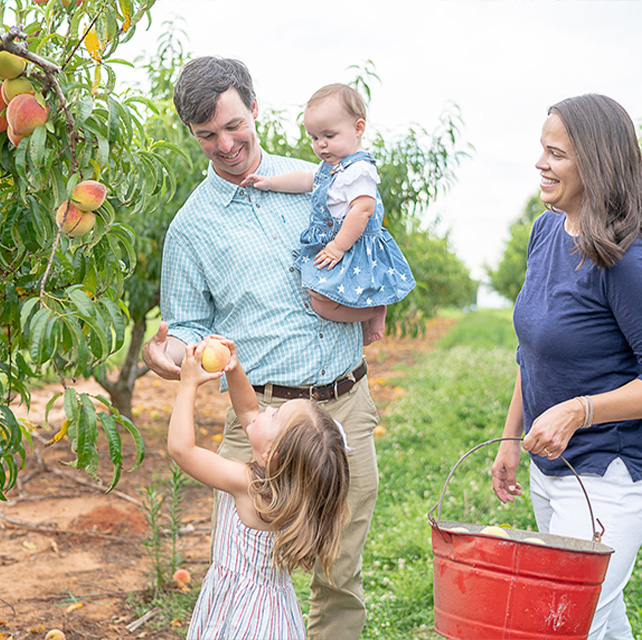
- Categories:
- Agritourism
- Blog
- Certified Farm Markets
- Tags:
- Certified Farm Market
- CFM
- Farm Passport
- Passport
- peaches
03/14/2022 -
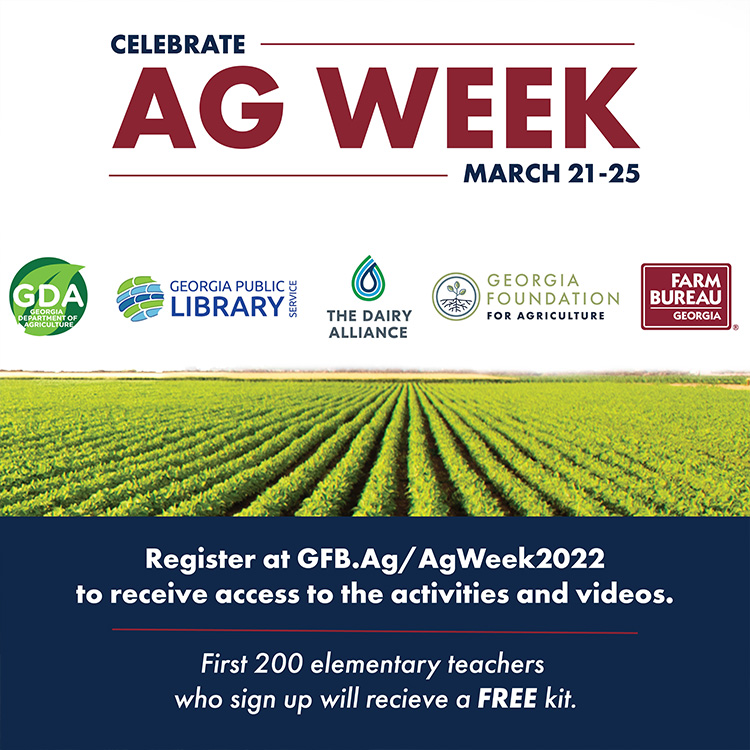
Celebrate Georgia Ag Week with Georgia Farm Bureau
- Categories:
- Ag in the Classroom
- Agriculture
- Blog
- DIY
- Education
- Gardening
- Tags:
- georgia ag week
03/14/2022 -
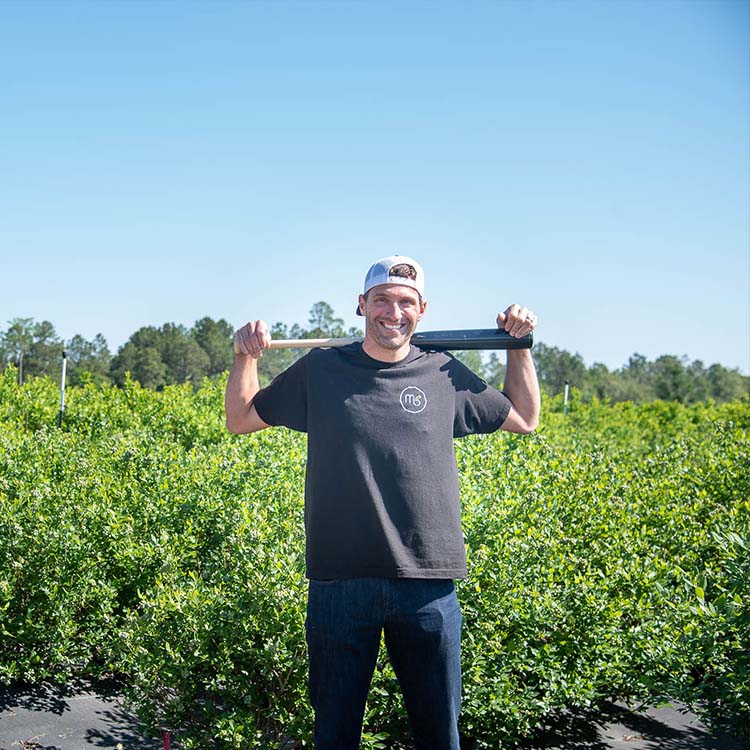
-
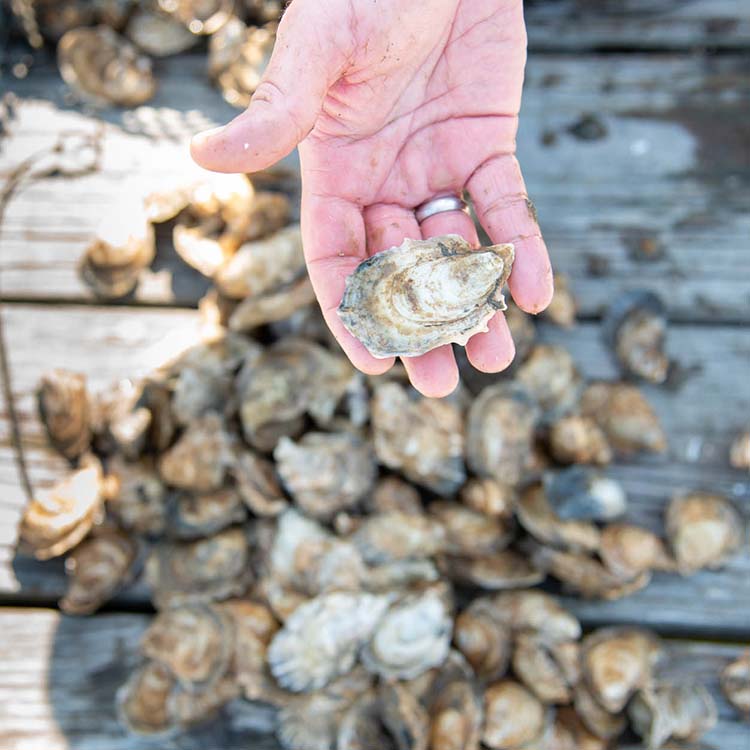
-

-

- Categories:
- Blog
- Certified Farm Markets
- DIY
- Food
- Tags:
- Apples
- berries
- Dairy
- Honey
- peaches
- Pecans
02/21/2022 -

Dairy: Good for Me, Good for the Planet
- Categories:
- Ag in the Classroom
- Agriculture
- Blog
- Education
- Tags:
- Dairy Alliance
02/21/2022 -
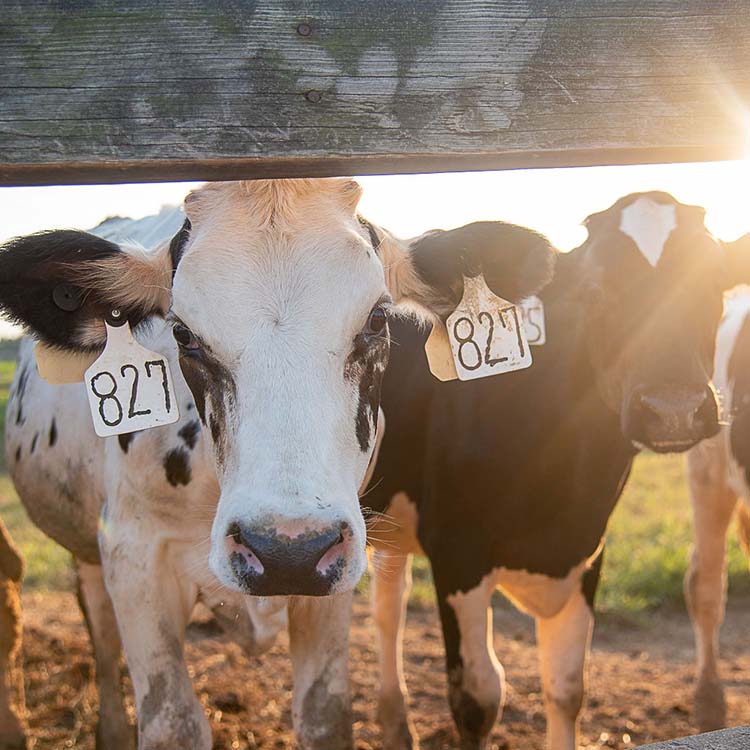
-
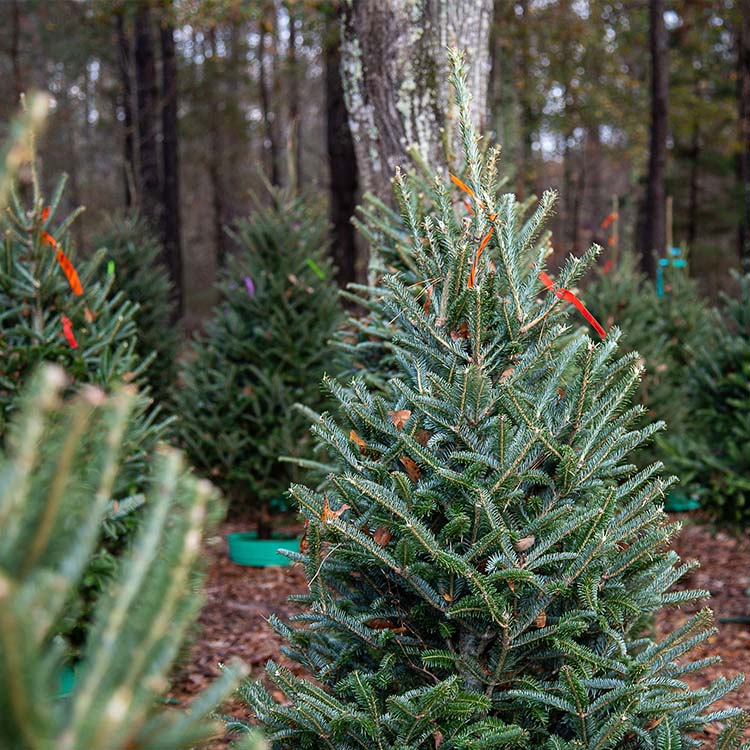
- Categories:
- Agriculture
- Agritourism
- Blog
- Certified Farm Markets
- DIY
- Tags:
- Christmas Trees
12/07/2021 -
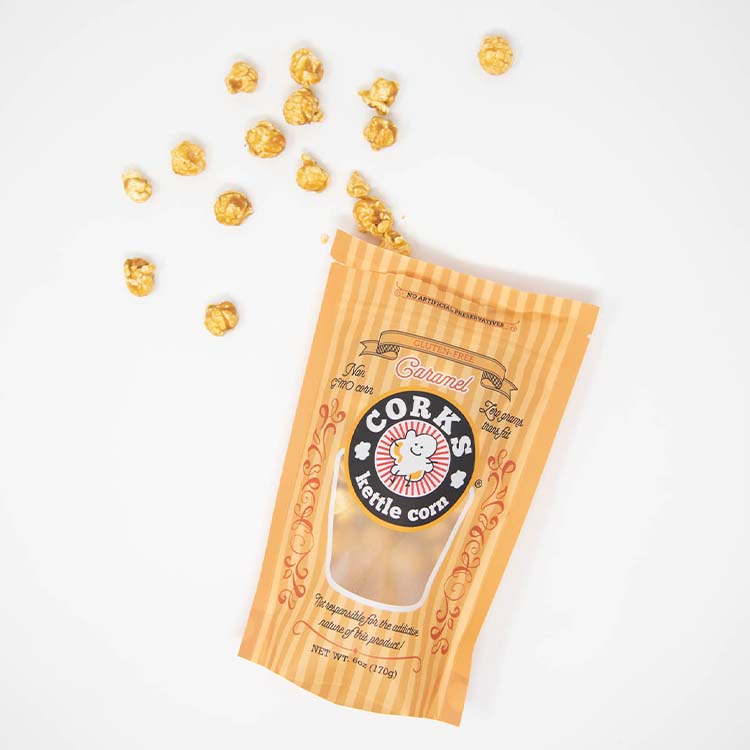
- Categories:
- Blog
- Lifestyle
- Tags:
- holiday product we love
- Products We Love
11/23/2021 -
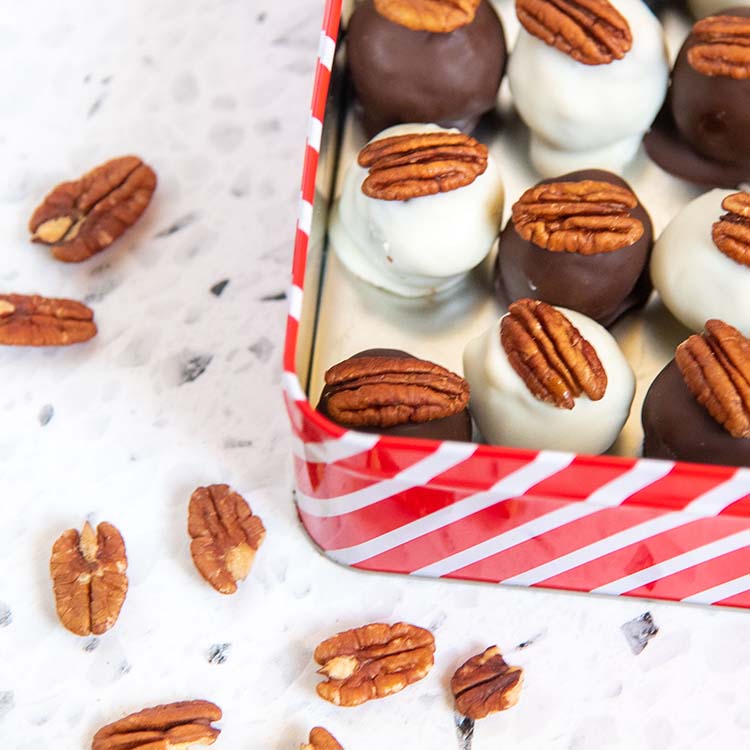
- Categories:
- Blog
- Certified Farm Markets
- DIY
- Food
- Tags:
- no-bake recipes
- pecan pie
- pecan pie truffles
- Pecans
11/23/2021 -
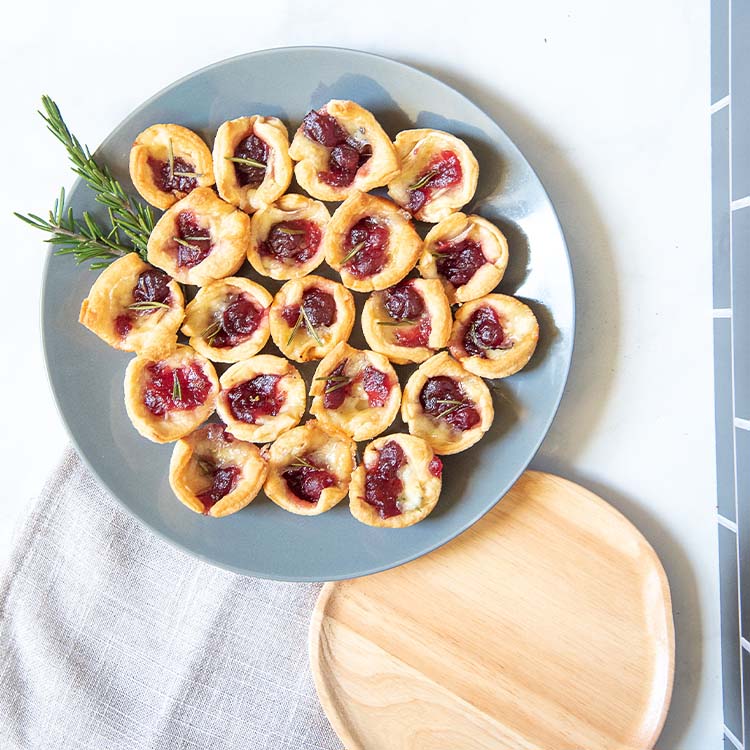
-
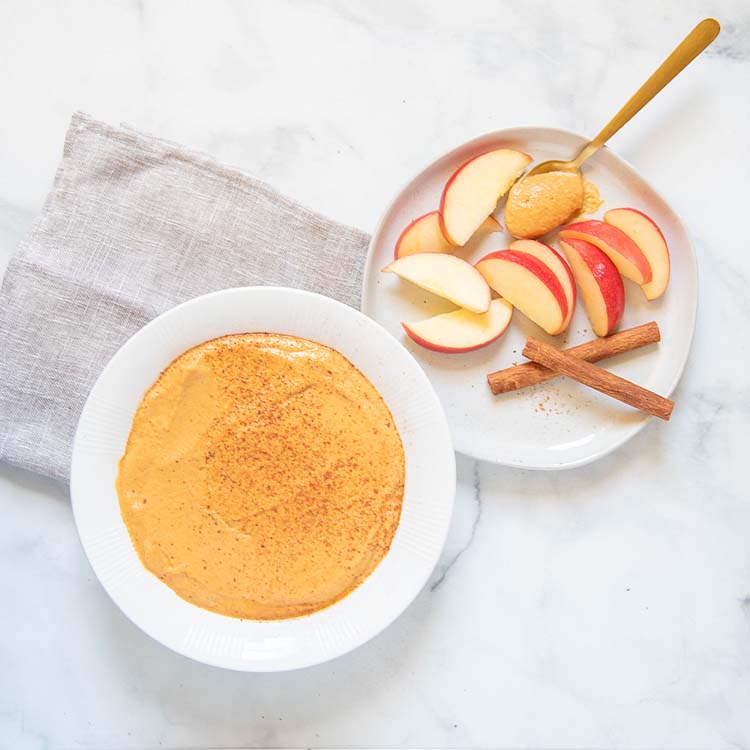
-

-

From the Armed Forces to Agriculture: Farming Resources for Veterans
- Categories:
- Agriculture
- Blog
- Tags:
- Veteran Farmers
- Veterans Day
11/08/2021 -

-

-
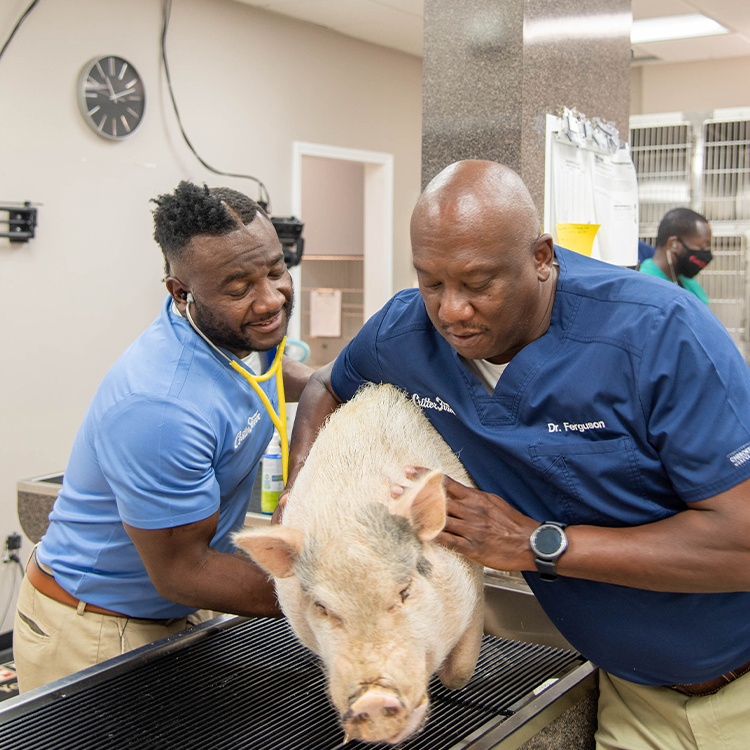
-
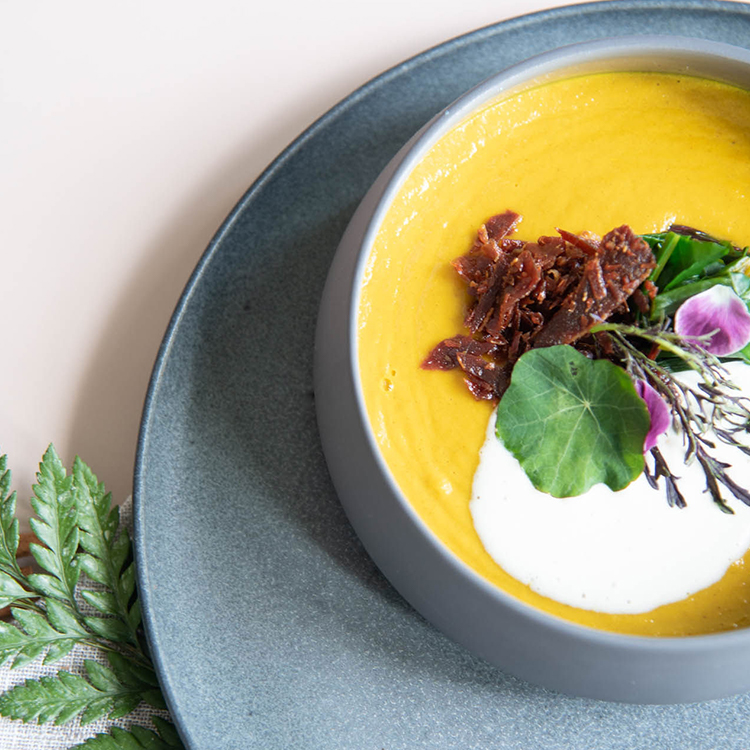
Barnsley Resort's Cream of Butternut Squash Soup
- Categories:
- Blog
- Certified Farm Markets
- DIY
- Food
- Lifestyle
- Tags:
09/07/2021 -

-
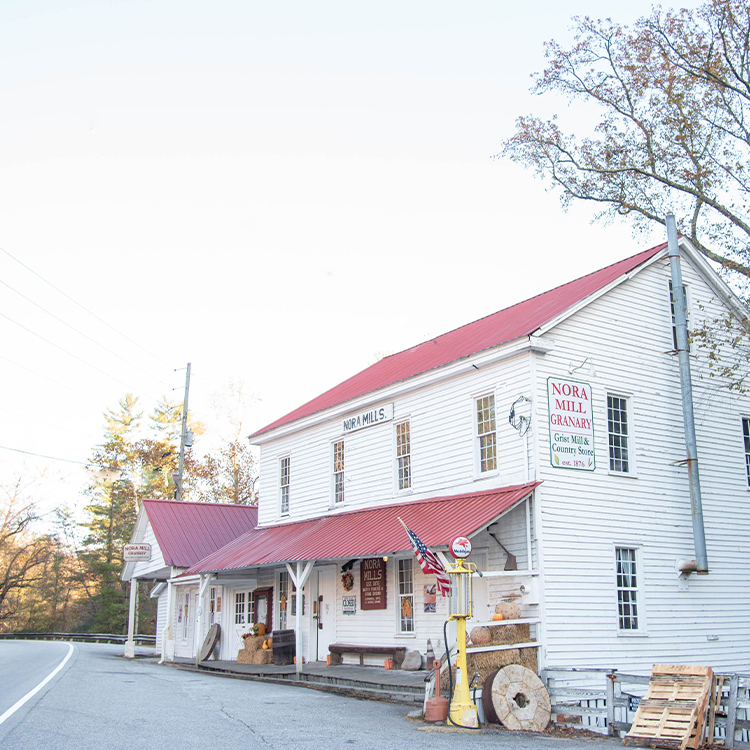
-
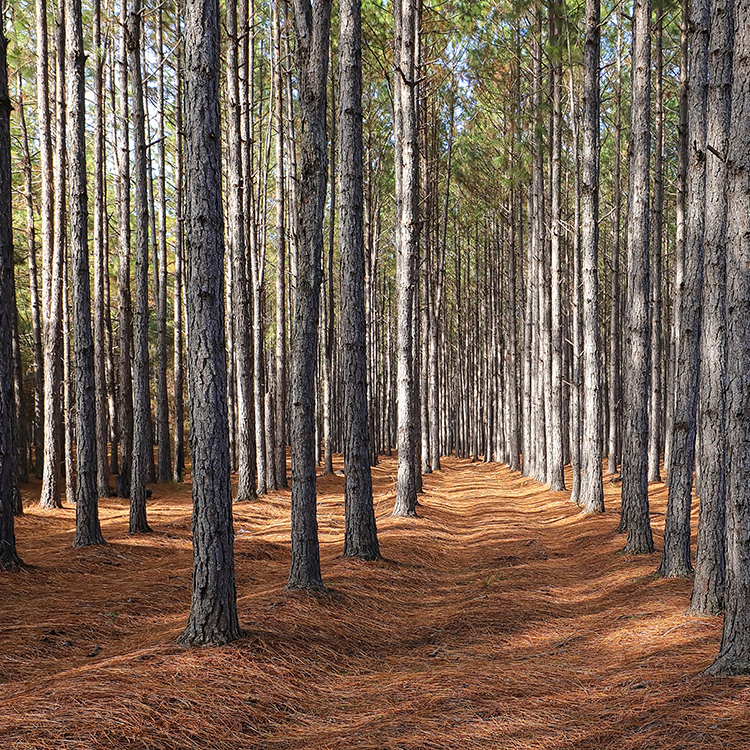
- Categories:
- Agriculture
- Blog
- Education
- Tags:
- economic impact
- economy
- forestry
- paper
- paper towels
- pine tree
- toilet paper
- trees
09/02/2021 -

10 Ideas for Your Fall Bucket List
- Categories:
- Agritourism
- Blog
- Certified Farm Markets
- Lifestyle
- Tags:
- corn maze
- Fall
- farm market
- festivals
- hayride
- Pumpkin
09/02/2021 -

-

-
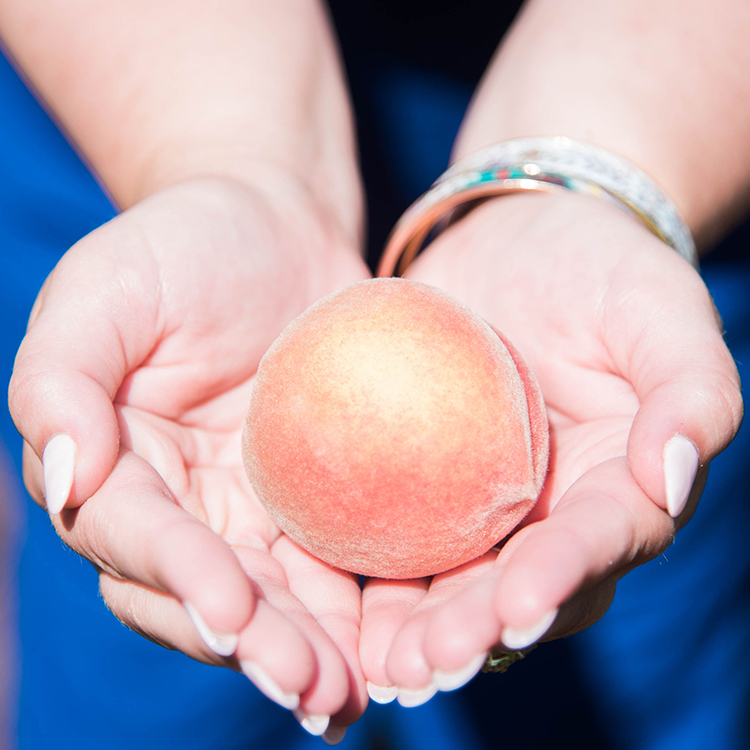
One Family Shares Their Peach Farm Route
- Categories:
- Agritourism
- Blog
- Certified Farm Markets
- Tags:
- Dickey Farms
- Farm Passport
- Hudson’s BBQ
- Lane Southern Orchard
- Pearson Farms
- Samuel Henry Rumph Home Historic Marker
- William Brown Farm Market
- Williams
- yoders restaurant and bakery
07/22/2021 -

Celebrating 84 Years of Georgia Farm Bureau
- Categories:
- Agriculture
- Blog
- Certified Farm Markets
- Education
- Farm Bureau
- Insurance
- Tags:
- Georgia Farm Bureau
06/14/2021 -

Shop Local for the Perfect Father’s Day Gifts
- Categories:
- Agritourism
- Blog
- Certified Farm Markets
- Food
- Tags:
06/10/2021 -
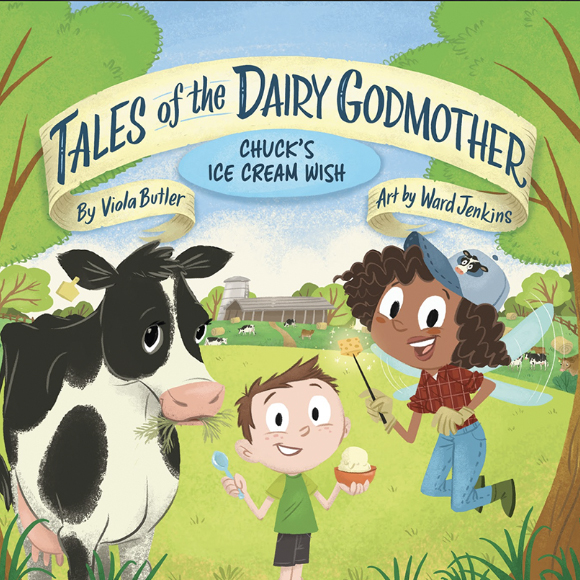
Celebrate Dairy Month with the Book of the Year
- Categories:
- Ag in the Classroom
- Blog
- Tags:
- Ag in the Classroom
- book
- Dairy
- dairy month
- donation
- library
- literacy
05/19/2021 -

Plan Your Perfect Summer Break
- Categories:
- Blog
- Lifestyle
- Member Benefits
- Tags:
- Georgia Farm Bureau Membership
- Summer Travel
05/18/2021 -
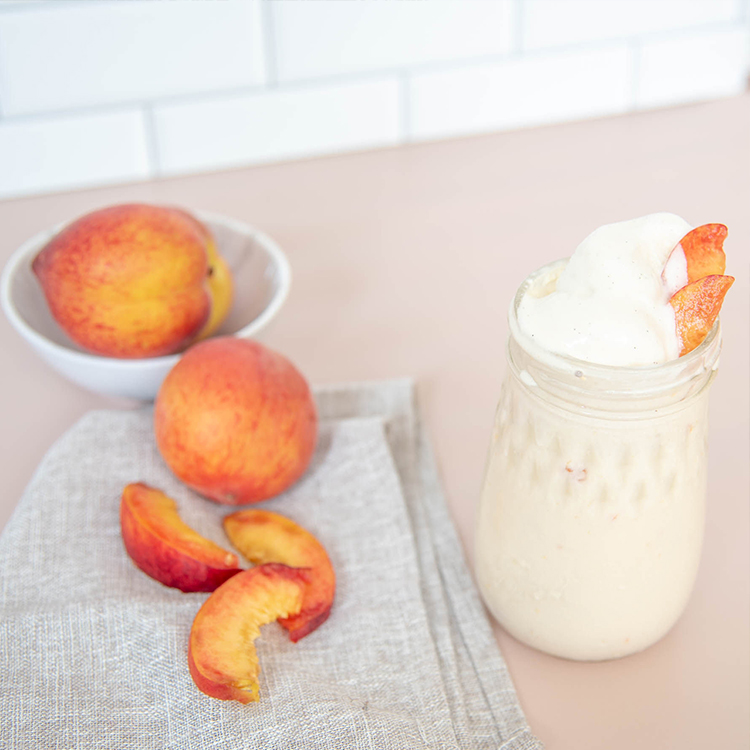
- Categories:
- Blog
- Certified Farm Markets
- DIY
- Food
- Tags:
- certified farmer market
- DIY ice cream
- ice cream
- peach
- peach ice cream
05/18/2021 -
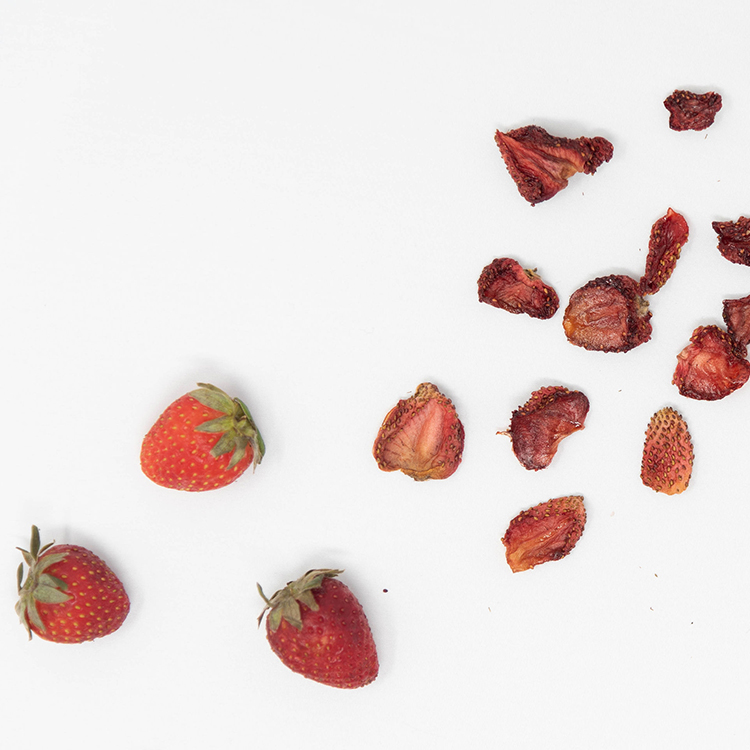
- Categories:
- Ag in the Classroom
- Agritourism
- Blog
- Certified Farm Markets
- DIY
- Food
- Tags:
- strawberry DIY Recipe Ag in the Classroom Certified Farm Market
05/11/2021 -
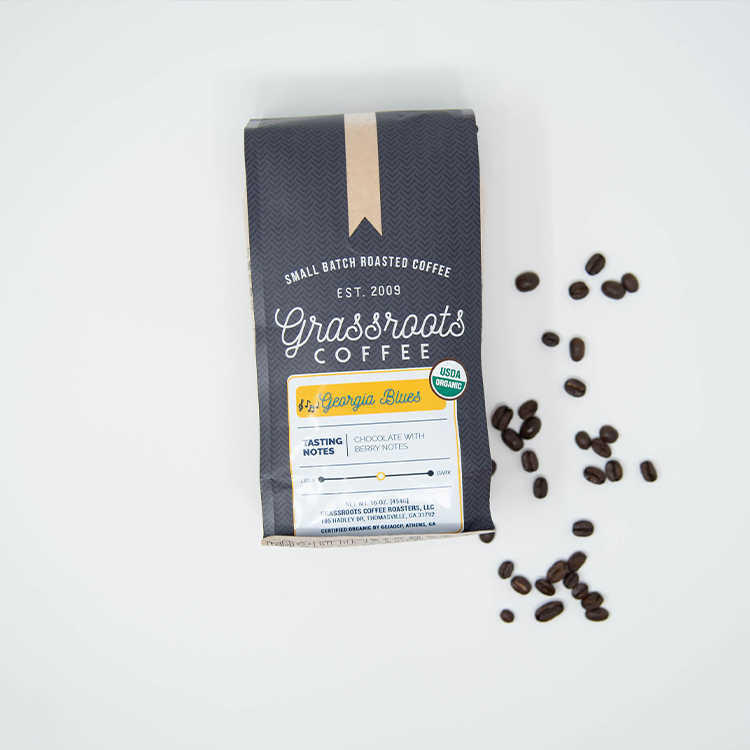
- Categories:
- Blog
- Certified Farm Markets
- Gardening
- Lifestyle
- Tags:
- Neighbors Magazine
- Products We Love
04/06/2021 -
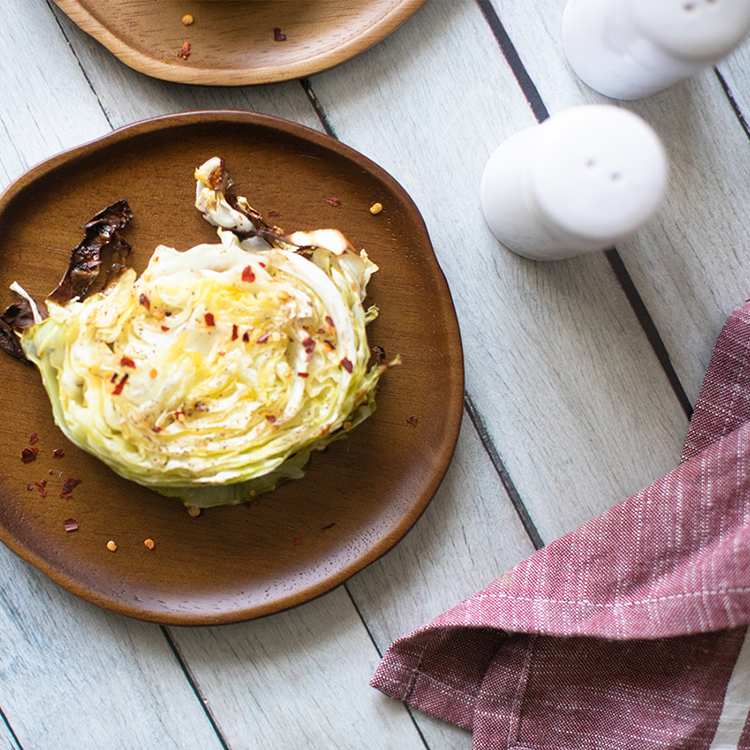
-
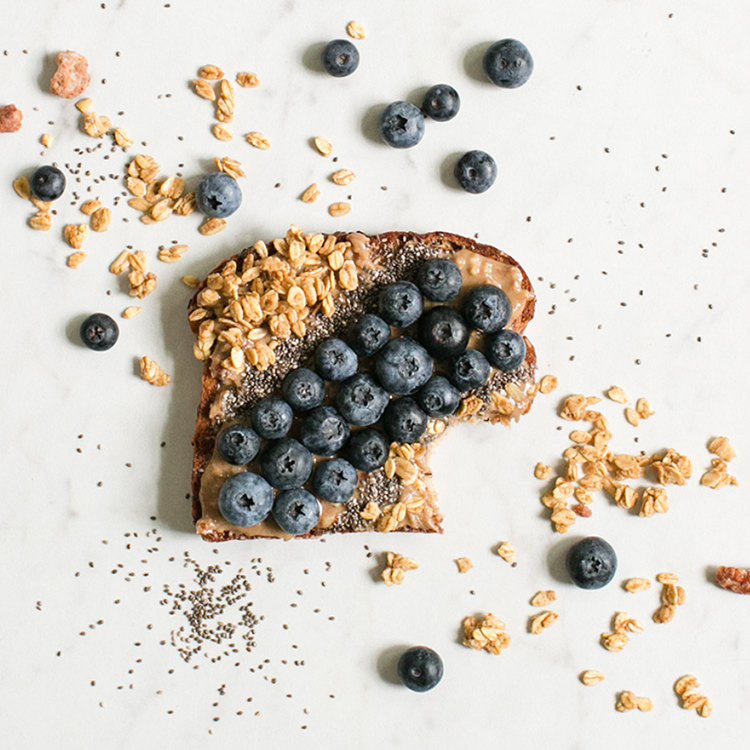
-
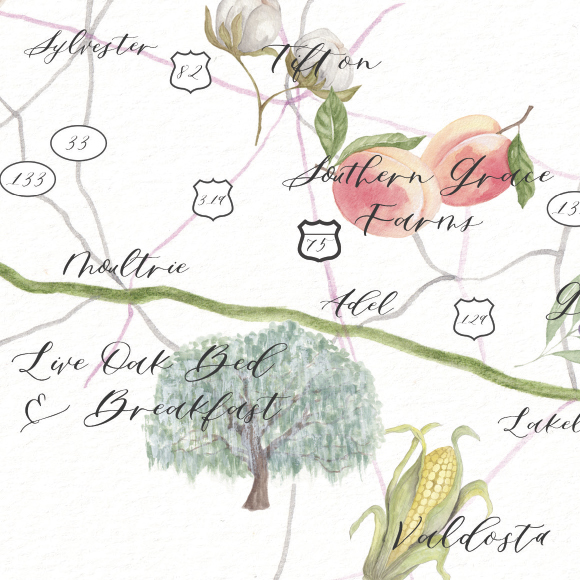
- Categories:
- Agritourism
- Blog
- Certified Farm Markets
- Lifestyle
- Tags:
- agriculture highway
- agriculture trail
- Agritourism
- Farm Passport
- farm visit
- ga grown trail
- Passport
- Trail 37
03/24/2021 -
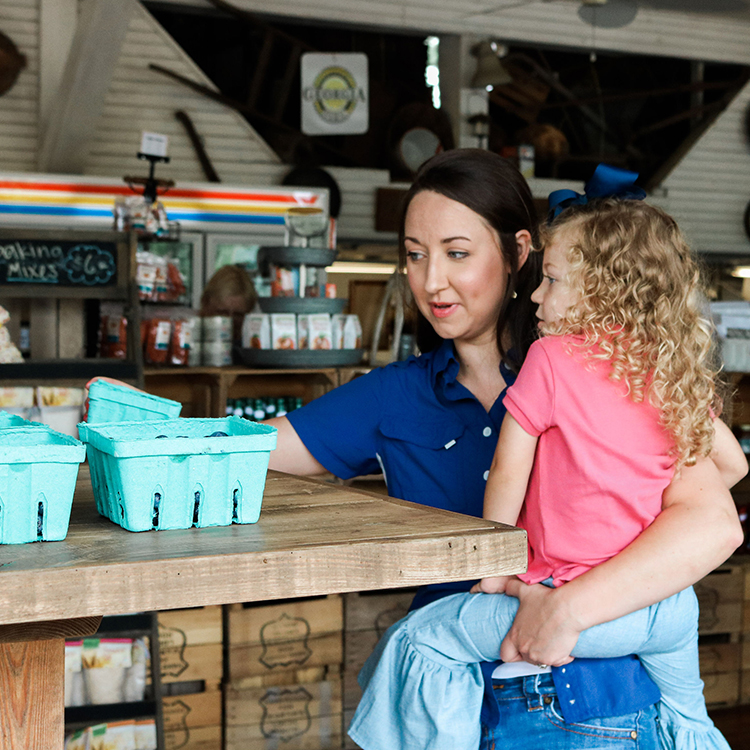
Farm Passport Tips from Real Travelers
- Categories:
- Agritourism
- Blog
- Certified Farm Markets
- Tags:
03/15/2021 -
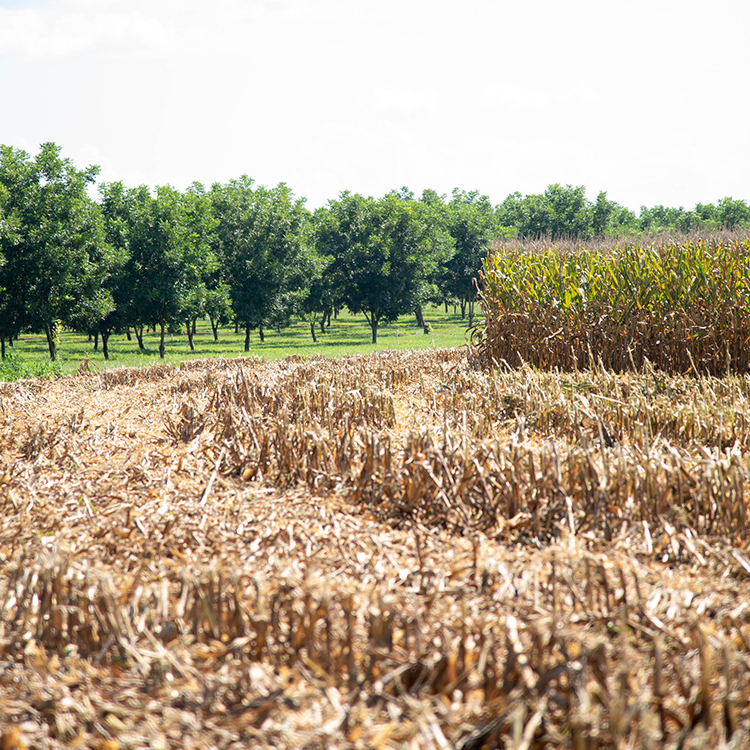
- Categories:
- Agriculture
- Blog
- Food
- Tags:
- Ag Hero Day
- Ag Literacy Day
- Buy Georgia Grown day
- ga ag week
- georgia ag week
- Make my plate Georgia Grown Day
- School Garden Day
03/08/2021 -
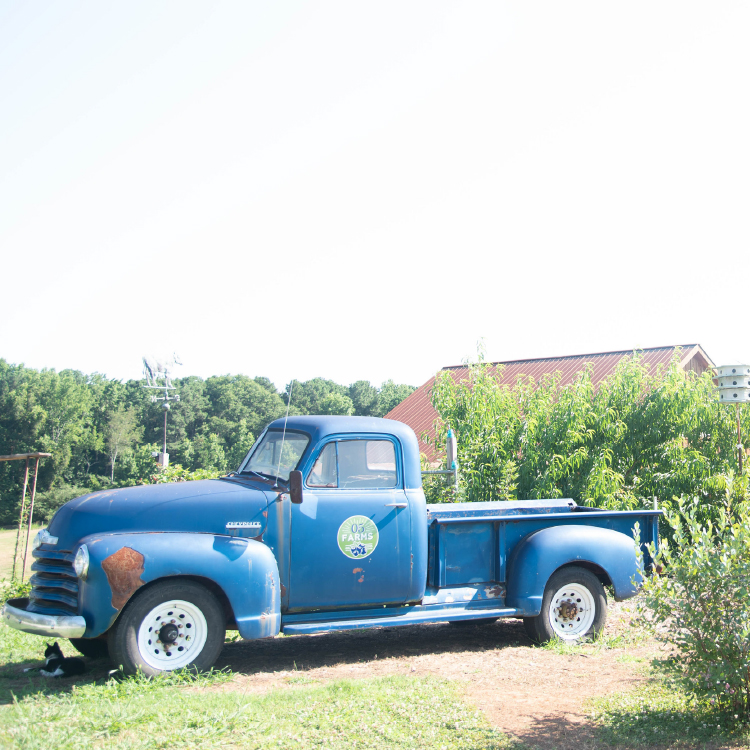
- Categories:
- Agritourism
- Blog
- Certified Farm Markets
- Food
- Tags:
- Certified Farm Market
- Farm
- farm market
- farm visit
- Passport
03/07/2021 -
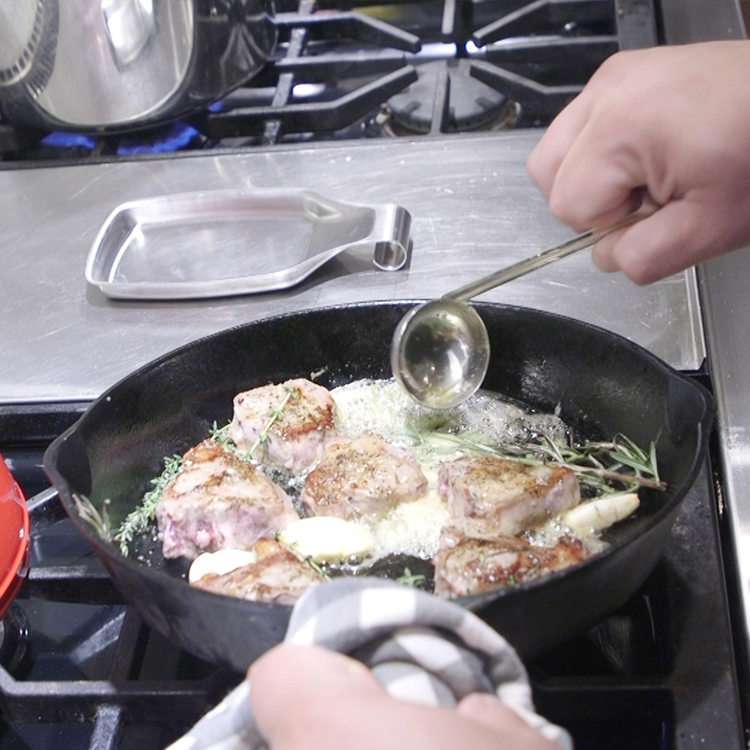
- Categories:
- Agriculture
- Blog
- Certified Farm Markets
- Food
- Lifestyle
- Tags:
03/02/2021 -

- Categories:
- Agritourism
- Blog
- Food
- Tags:
- apple
- blackberries
- farm market
- Farm Passport
- Honey
- Passport
- pear
- salad
- spinach
- Steak
- Strawberries
02/28/2021 -
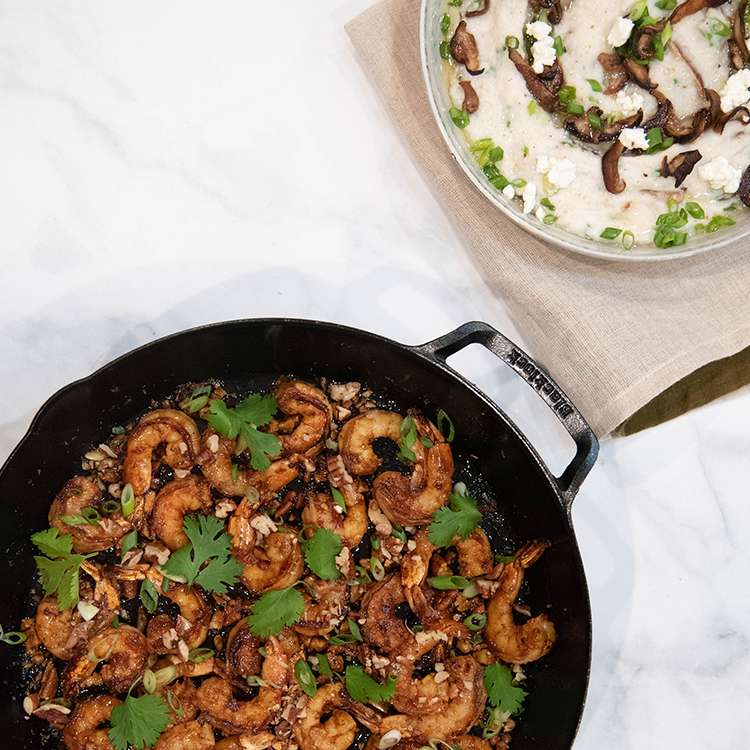
Fresh Fixins with Georgia Chef Holly Chute
- Categories:
- Blog
- Certified Farm Markets
- Food
- Tags:
- cheese grits
- georgia grown
- goat cheese
- grits
- holly chute
- shitake
- shrimp
02/25/2021 -
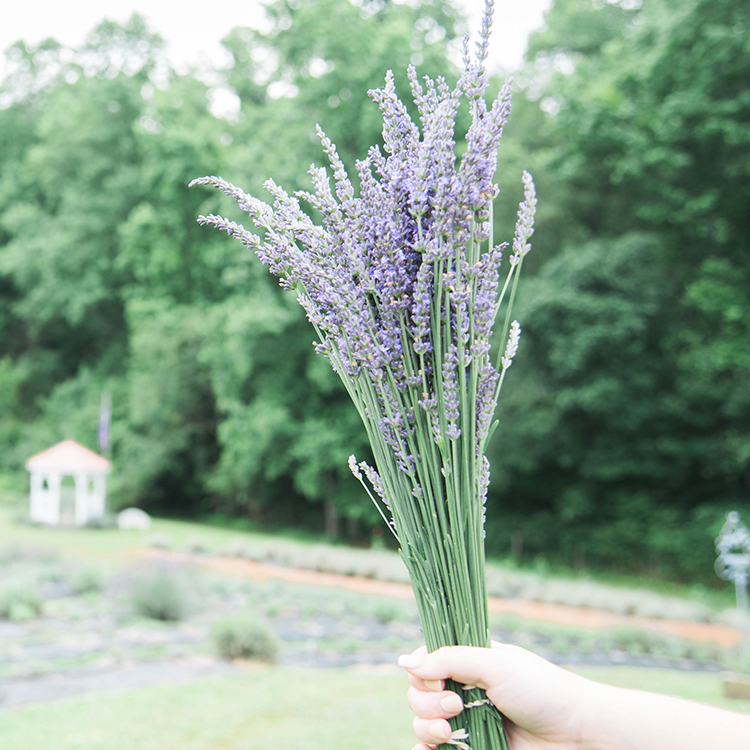
- Categories:
- Agritourism
- Blog
- Lifestyle
- Tags:
- Agritourism
- dahlonega
- lavender
- red oak farm
02/24/2021 -
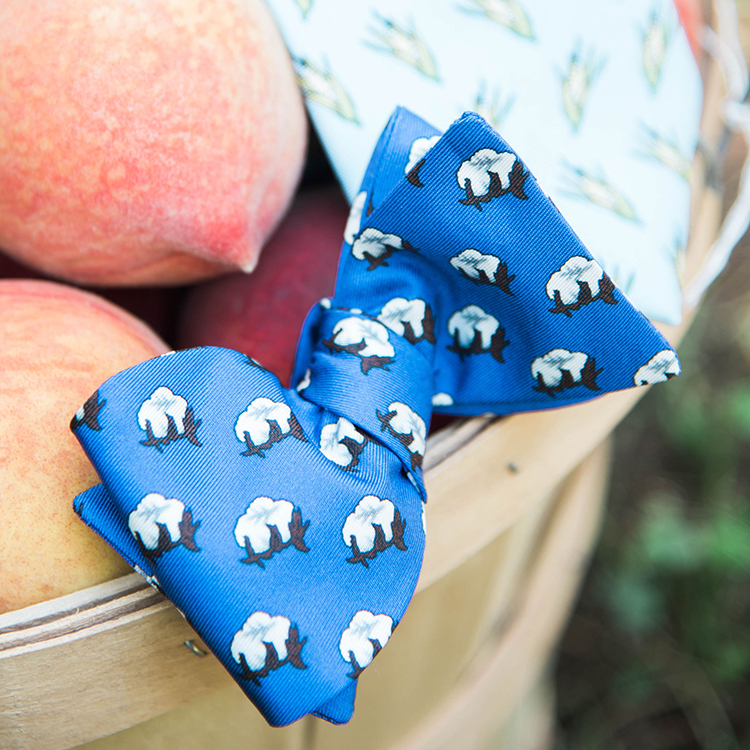
- Categories:
- Agriculture
- Blog
- Lifestyle
- Tags:
- bowtie
- clothing
- Corn
- cotton
- necktie
- peaches
- southern belle farms
- southern proper
02/23/2021 -
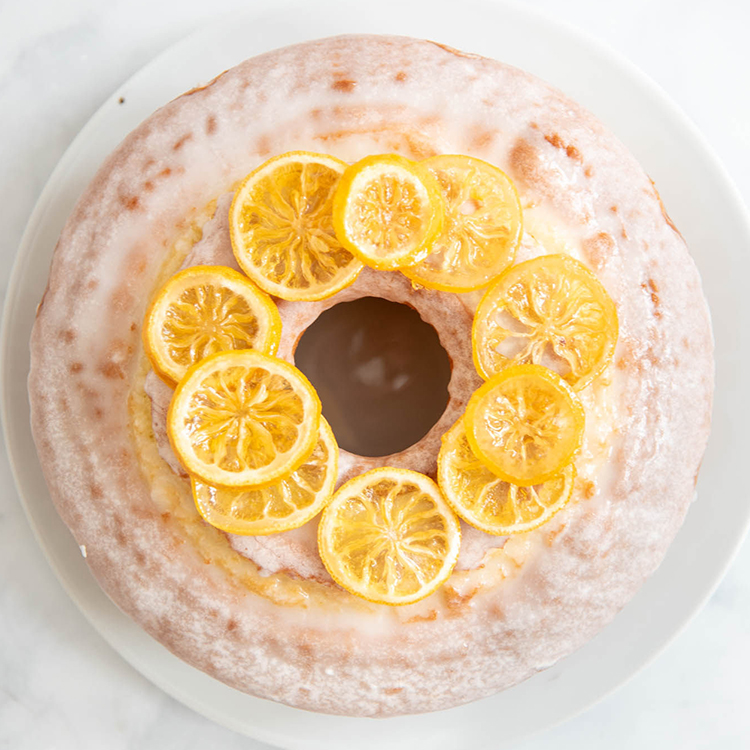
- Categories:
- Blog
- Certified Farm Markets
- Food
- Tags:
- baking
- cake
- citrus
- cocktails
- lemon
- mandarin
- sweet tea
02/22/2021 -
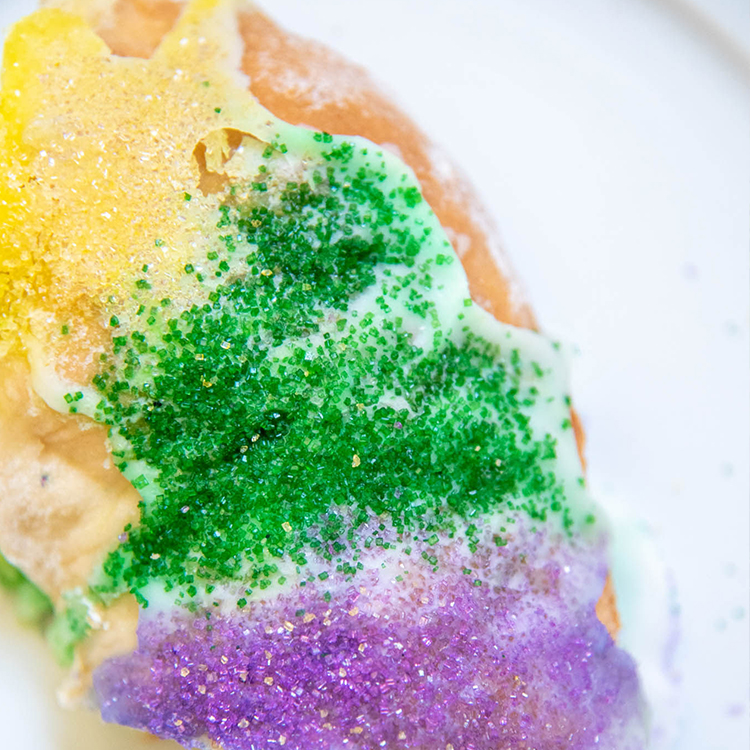
-
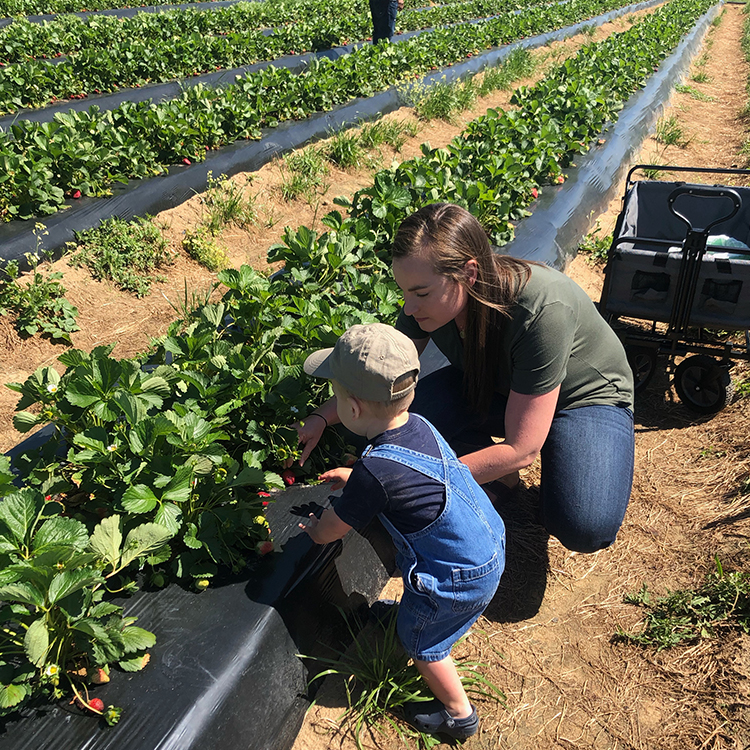
A Mother-Son Farm Passport Adventure
- Categories:
- Agritourism
- Blog
- Certified Farm Markets
- Lifestyle
- Tags:
- blueberries
- Certified Farm Market
- Farm Passport
- kids
- peaches
- Strawberries
- toddler
- U pick
02/03/2021 -

Retirees Live it Up with a New Type of Passport
- Categories:
- Agritourism
- Blog
- Certified Farm Markets
- Lifestyle
- Tags:
- Adams Farm
- Agritourism
- Certified Farm Market
- mercier orchard
- Passport
- Travel
01/27/2021 -
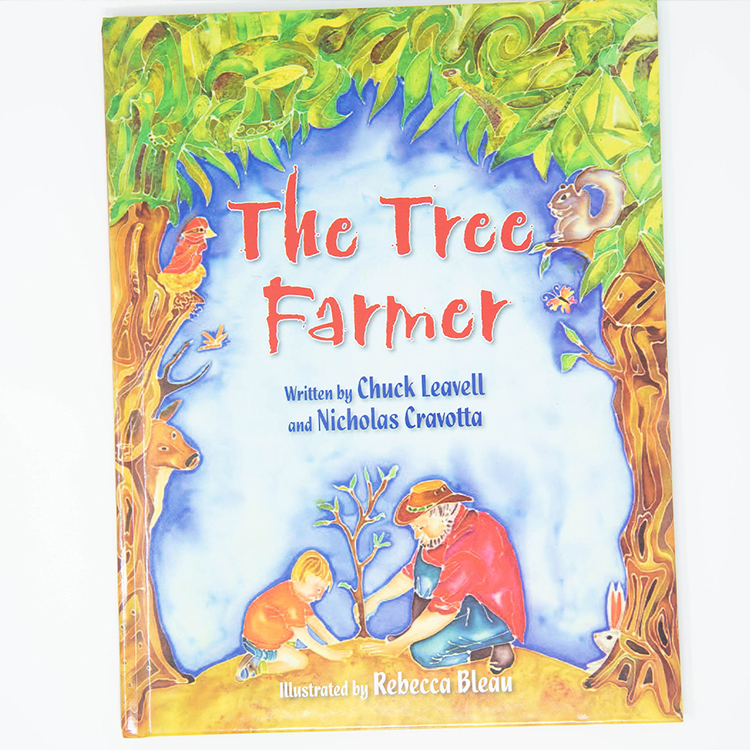
-

Top Holiday Traditions You Should Try in 2020
- Categories:
- Blog
- Certified Farm Markets
- Lifestyle
- Tags:
- Certified Farm Markets
12/01/2020 -

-
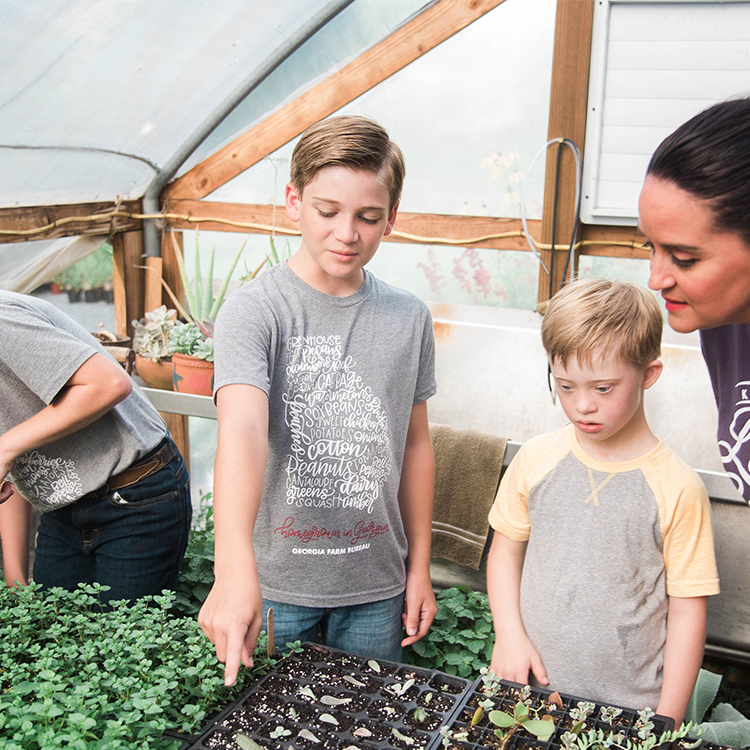
-
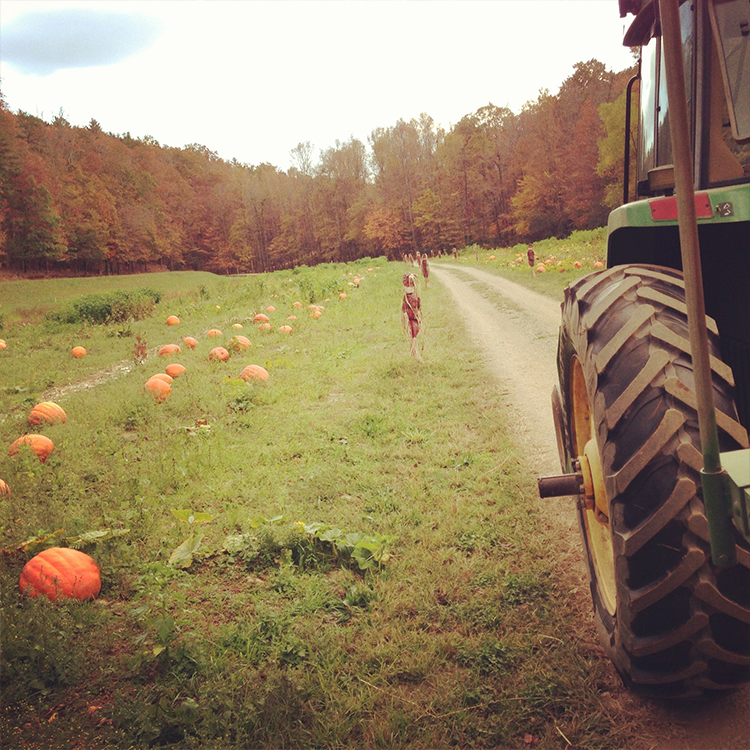
Farmers Make the Holidays Special
- Categories:
- Ag in the Classroom
- Agritourism
- Blog
- Certified Farm Markets
- Education
- Tags:
- Ag in the Classroom
10/25/2020 -
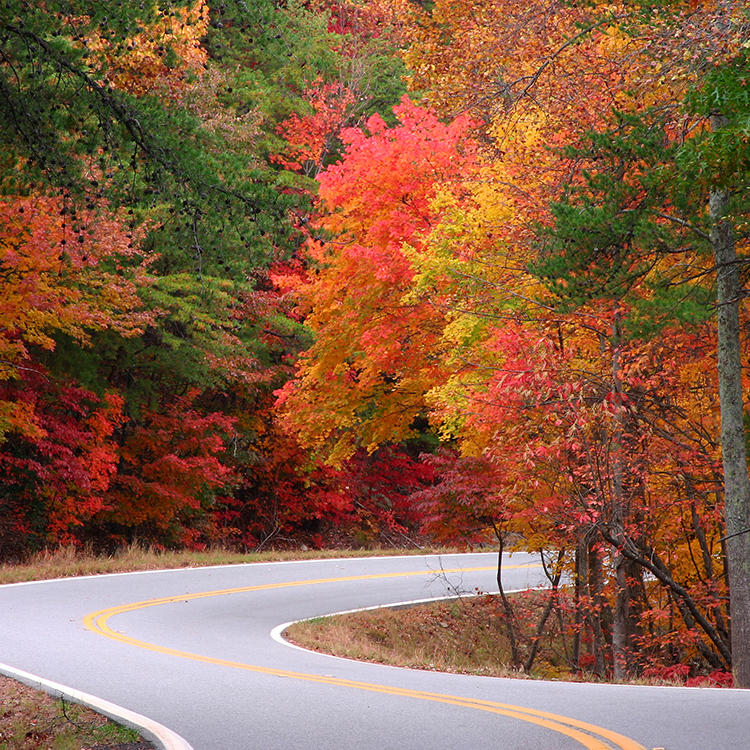
- Categories:
- Blog
- Tags:
- Certified Farm Market
- Farm Passport
- Georgia Farm Bureau
10/22/2020 -
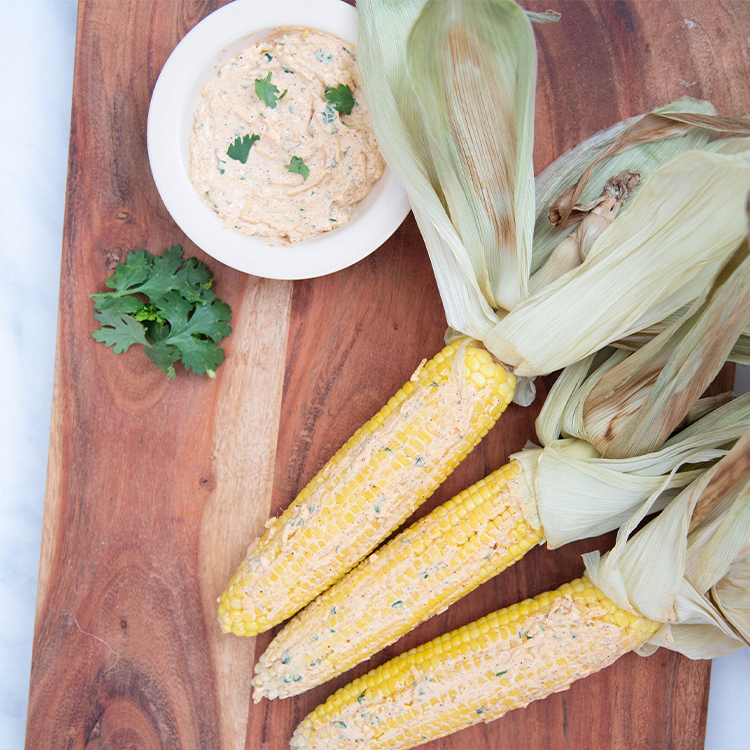
- Categories:
- Blog
- Tags:
- Corn
- Georgia Farm Bureau
- Georgia National Fair
- Street Corn
10/05/2020 -
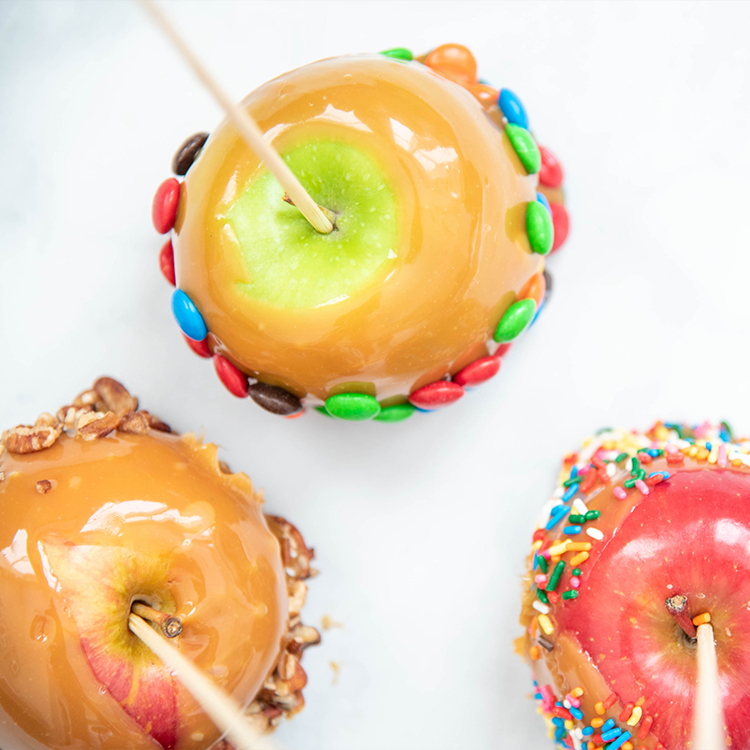
- Categories:
- Blog
- Food
- Tags:
- caramel apples
- Georgia Farm Bureau
- Georgia National Fair
10/05/2020 -
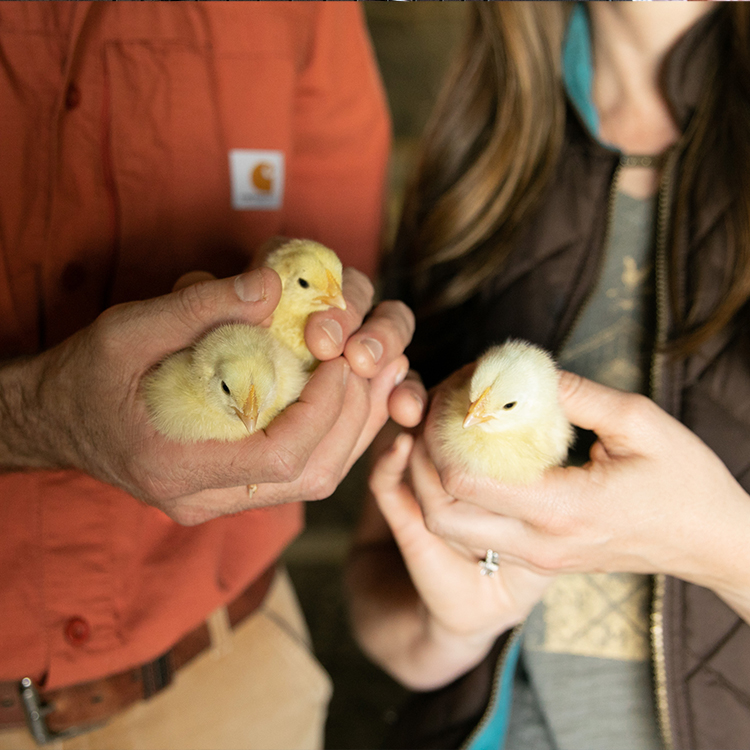
-
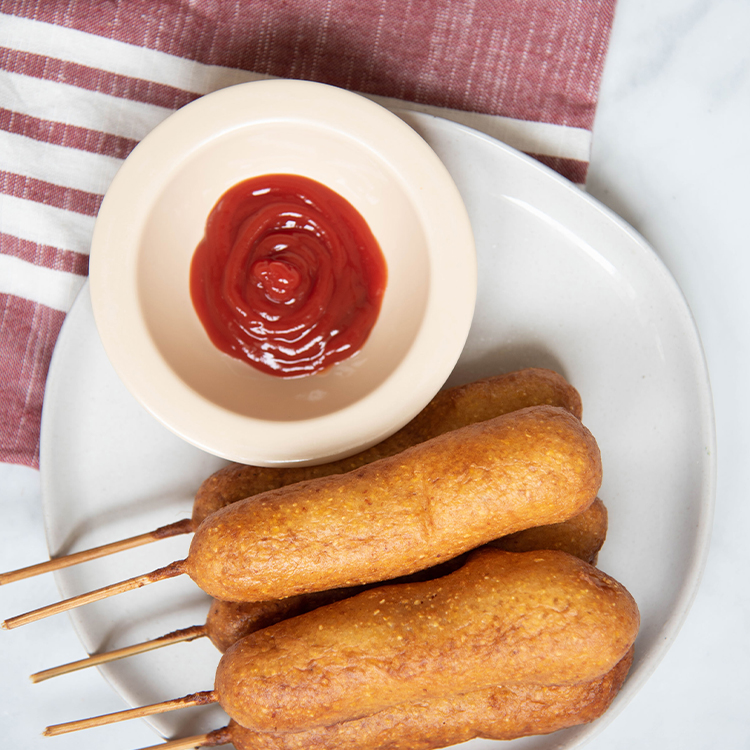
- Categories:
- Blog
- Food
- Lifestyle
- Tags:
- Corn Dogs
- Georgia National Fair
09/29/2020 -

Georgia National Fair Lemonade Recipe
- Categories:
- Blog
- Food
- Tags:
- Georgia National Fair
- lemonade
09/29/2020 -

'I Left the Land Better Than I Found It'
- Categories:
- Blog
- Lifestyle
- Tags:
- charlane plantation
- chuck leavell
- farmer
- forestry
- rolling stones
- rose lane leavell
09/27/2020 -
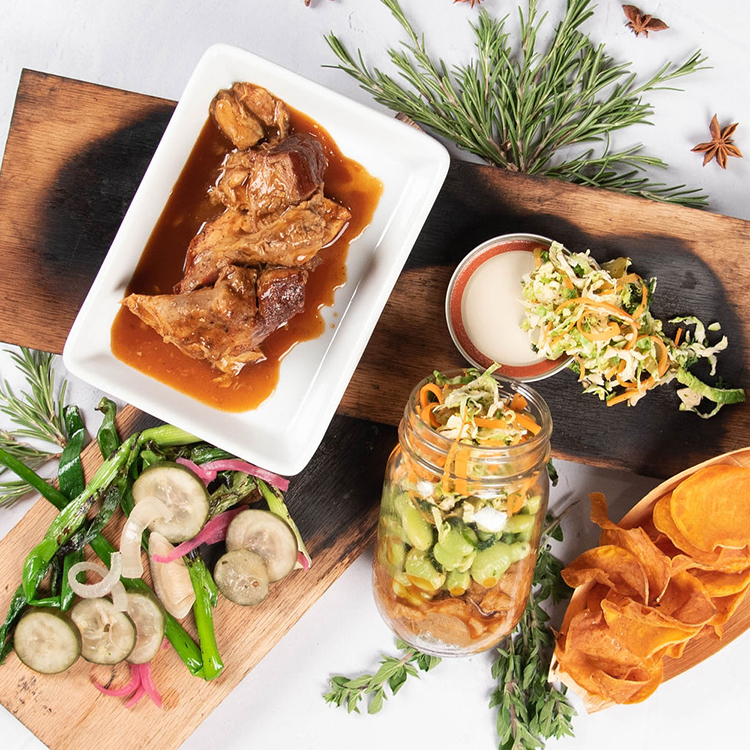
Fresh Fixins with Chef Jamie Keating: Coca-Cola Glazed Braised Pork Medallions
- Categories:
- Blog
- Food
- Tags:
- beans
- braised pork
- brussels slaw
- epic restaurant
- fresh fixins
- glaze
- jamie keating
- Pork
09/24/2020 -

How Farmers Can Advocate for Their Industry
- Categories:
- Blog
- Legislative
- Tags:
- election
- i farm
- i farm i vote
- i vote
- ifarm ivote
- vote
09/08/2020 -
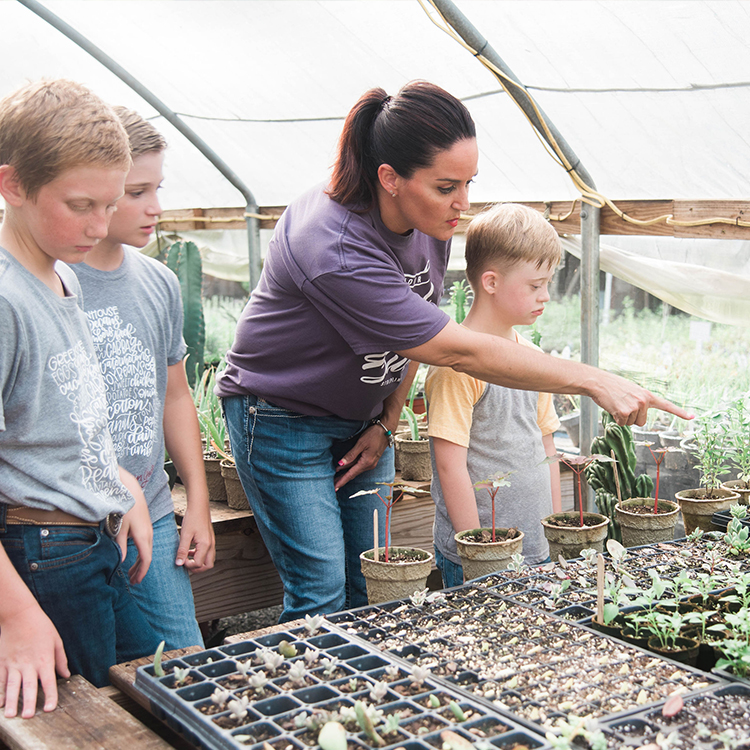
Teaching about agriculture is as easy as A B C
- Categories:
- Ag in the Classroom
- Blog
- Education
- Tags:
- Ag in the Classroom
09/07/2020 -

Fresh Ways to Enjoy Crisp Georgia Apples
- Categories:
- Blog
- Food
- Tags:
- apple
- apple recipe
- healthy snack
08/31/2020 -

- Categories:
- Blog
- Food
- Tags:
- Recipe
- Tomato
- tomato recipe
- tomato sandwich
08/27/2020 -
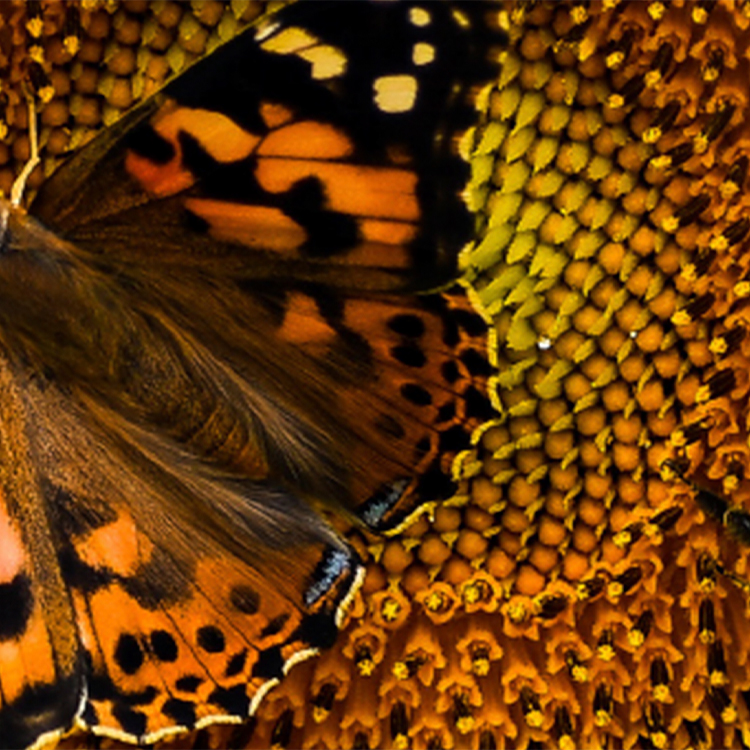
Ag-Tivities with Lauren: Pollinators
- Categories:
- Ag in the Classroom
- Blog
- Education
- Tags:
- ag in the classroom; education; learning
08/17/2020 -
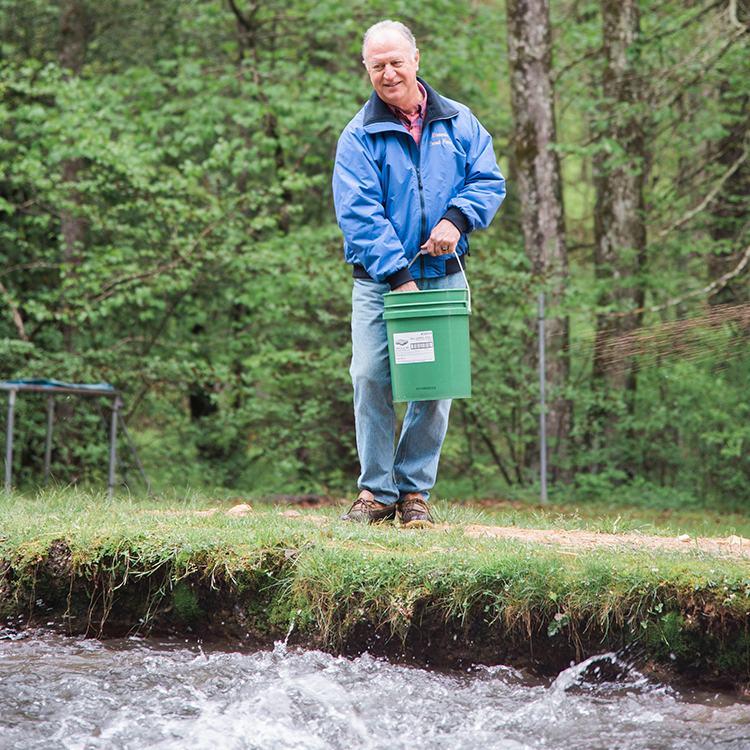
- Categories:
- Agriculture
- Blog
- Lifestyle
- Tags:
- bramlett
- fishing
- rainbow trout
- trout
- trout farm
08/17/2020 -

Vote Today in Georgia's General Primary Runoff Election
- Categories:
- Blog
- Legislative
- Tags:
- i farm i vote
- Legislative
- legislative issues
- public policy
- vote
08/10/2020 -

Ag-Tivities with Lauren: Ice Cream Month
- Categories:
- Ag in the Classroom
- Blog
- Education
- Tags:
- Ag in the Classroom
- Ag-Tivities with Lauren
- Ice Cream month
- The Dairy Alliance
07/12/2020 -

- Categories:
- Blog
- Certified Farm Markets
- Food
- Lifestyle
- Tags:
- Products We Love; Certified Farm Markets; Father's Day
06/09/2020 -
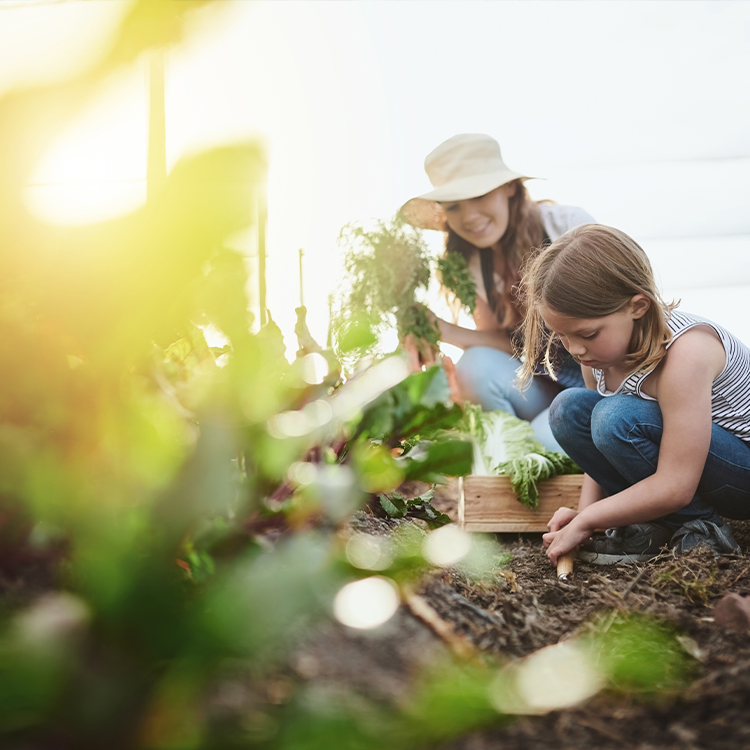
Burning Calories in the Garden
- Categories:
- Ag in the Classroom
- Blog
- DIY
- Gardening
- Tags:
- Ag in the Classroom; Education; Gardening; National Gardening as Exercise Day
06/03/2020 -

- Categories:
- Blog
- Food
- Tags:
- broccoli
- Eggs
- mushrooms
- quiche
- Recipe
- tomatoes
- Vegetables
06/01/2020 -
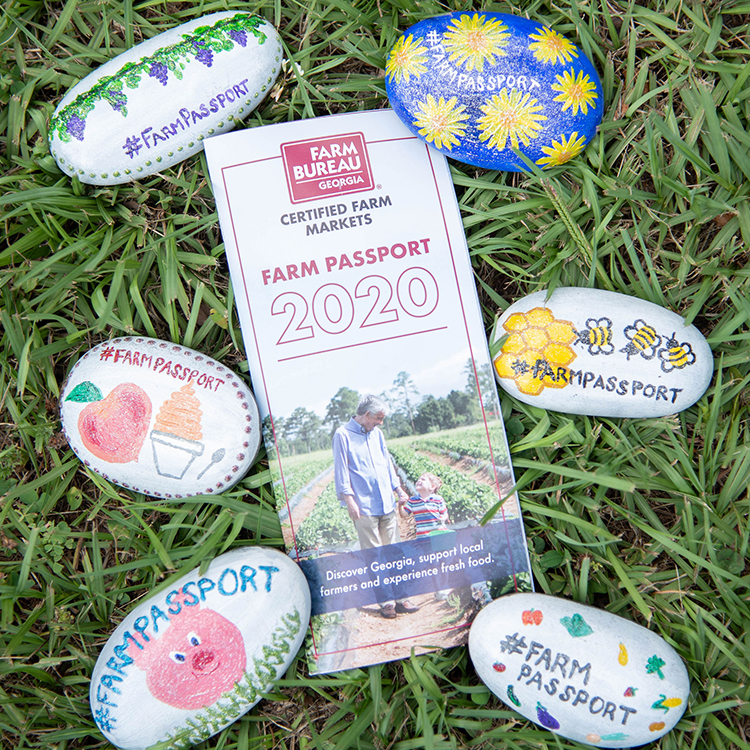
- Categories:
- Agritourism
- Blog
- Certified Farm Markets
- Tags:
- Agritourism
- Bruce's Nut-N-Honey Farm
- Certified Farm Markets
- farm market
- Farm Passport
- Green Acres
- Gregg Farms
- Long Farms
- Merck Farms
- Nu Sunrise Farm
- O5 Farm
- Paulk Vineyards
- Rockin S Farm
- Thompson Farms
05/26/2020 -
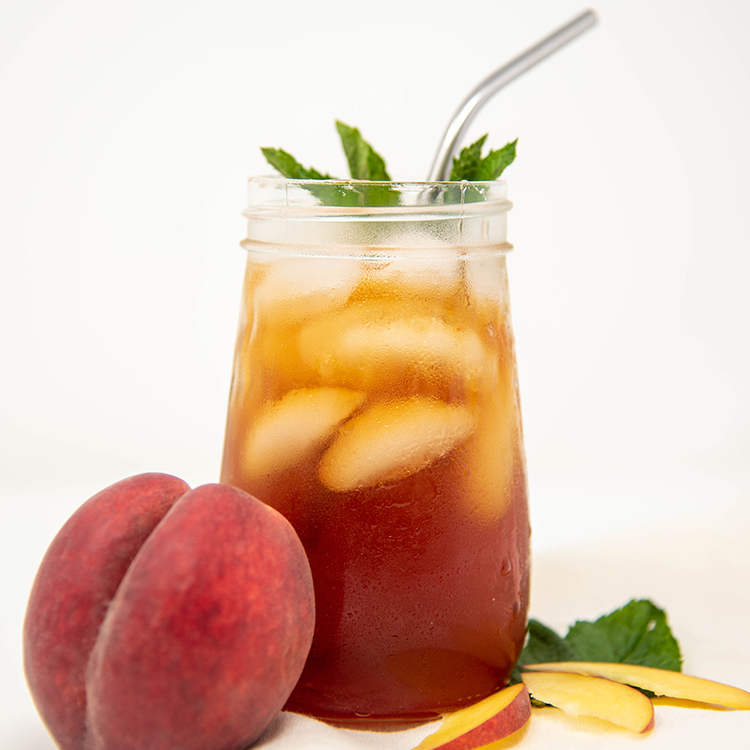
- Categories:
- Blog
- Food
- Tags:
- mint tea
- peach mint tea
- peach tea
- peaches
- Recipes
05/21/2020 -
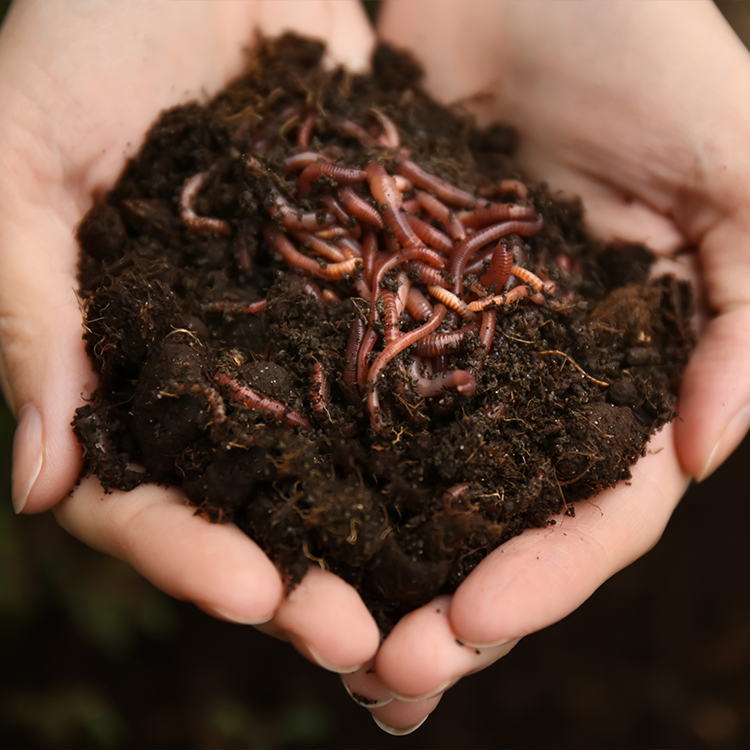
Ag-Tivities with Lauren: 'Wonderful Worms'
- Categories:
- Ag in the Classroom
- Blog
- Education
- Tags:
- ag in the classroom; education; learning
05/21/2020 -

Tips to Build the Perfect Beef Burger
- Categories:
- Blog
- Food
- Lifestyle
- Tags:
- Beef
- Cattlemen's Association
- National Beef Month
05/17/2020 -
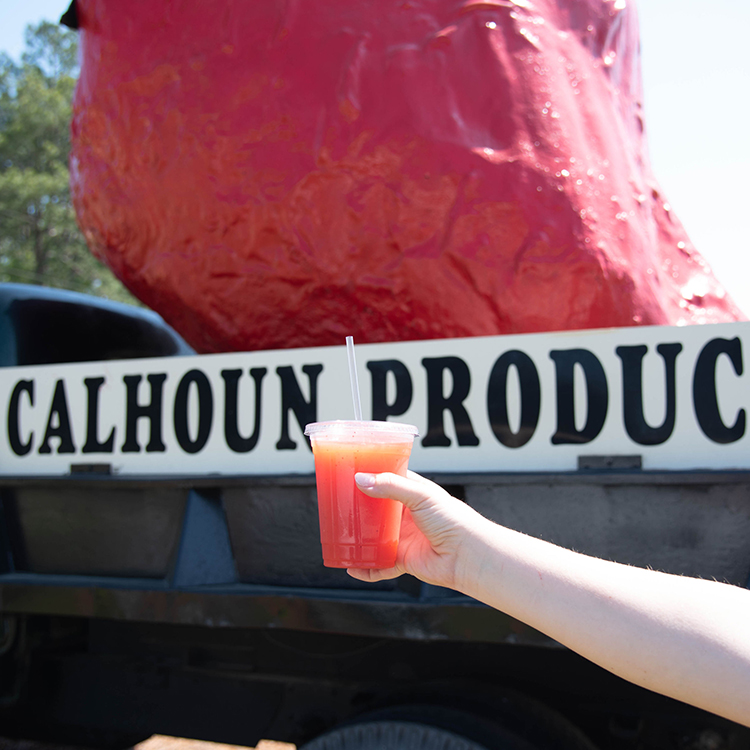
Farm Passport: Your Summer Route Through South Georgia
- Categories:
- Blog
- Certified Farm Markets
- Tags:
- Berry Good Farms
- Calhoun Produce
- Chase Farm Market
- Copeland Strawberry Farms
- Ellis Bros Pecans
- Excelsior Farms and Fresh Market
- Farm Passport
- Jibb's Vineyard
- Mark's Melon Patch
- Merritt Pecan Co
- Ochlocknee Ridge Farm
- Passport
- White Oak Pastures
- William Brown Farm Market
05/13/2020 -
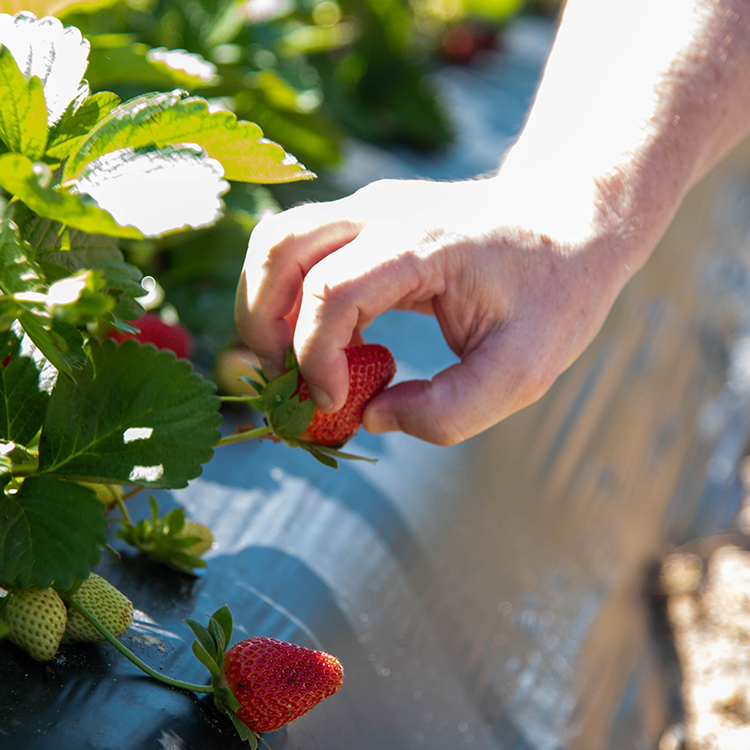
Farm Passport: Your Summer Route Through North Georgia
- Categories:
- Blog
- Certified Farm Markets
- Tags:
- 05 Farms
- farm market
- Farm Passport
- Fritchey's Farm Fresh Market
- Hillside Orchard Farms
- Jaemore Farms
- Moon Farms
- osage farms
- Passport
- Rockin S Farm
- Warbington Farms
05/13/2020 -

Farm Passport: Your Summer Route Through Middle Georgia
- Categories:
- Blog
- Certified Farm Markets
- Tags:
- Certified Farm Market
- Country Gardens Farm
- Dickey Farms
- Elliott Farms
- EM Farms
- Farm Passport
- Fitzgerald Fruit Farms
- Greenway Farms
- Gregg Farms
- Nu Sunrise Farms
- Pearson Farms
- Red-Tip Farm
05/13/2020 -

Georgia Dairy Farms Feed America
- Categories:
- Agriculture
- Blog
- Food
- Tags:
- Cheese
- Dairy
- dairy cow
- Milk
05/06/2020 -
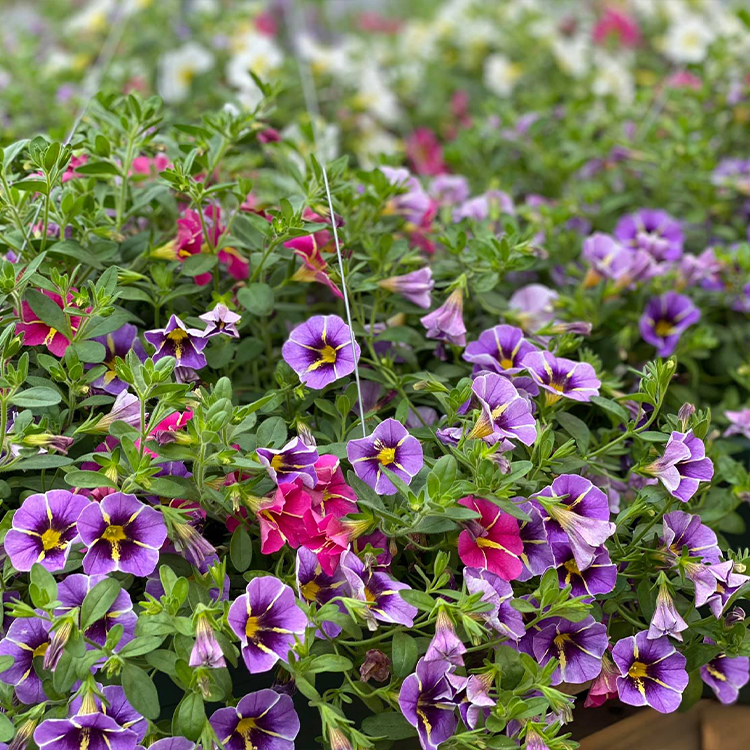
- Categories:
- Blog
- Certified Farm Markets
- Food
- Lifestyle
- Tags:
- Certified Farm Markets
- Mother's Day
- Products We Love
05/06/2020 -
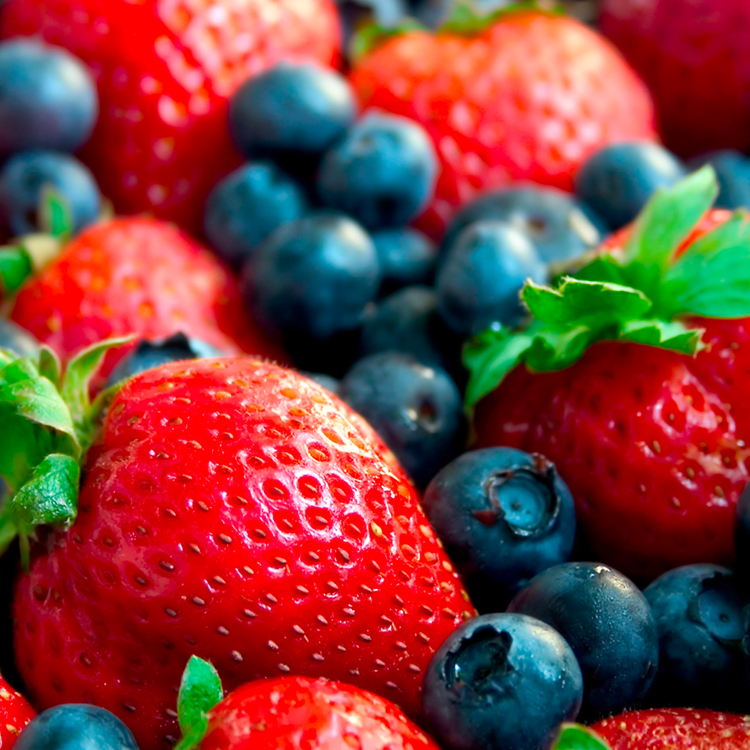
Ag-Tivities with Lauren: Little Red Overalls
- Categories:
- Ag in the Classroom
- Blog
- Education
- Tags:
- ag in the classroom; education; learning
04/27/2020 -
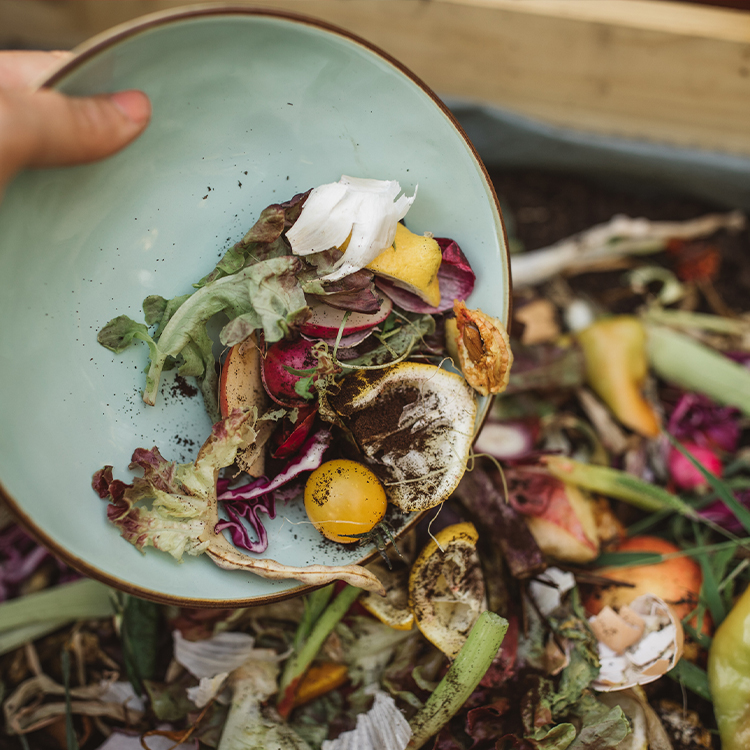
Ag-Tivities with Lauren: Earth Day
- Categories:
- Ag in the Classroom
- Blog
- Education
- Tags:
- Ag in the Classroom
- Earth Day
04/21/2020 -
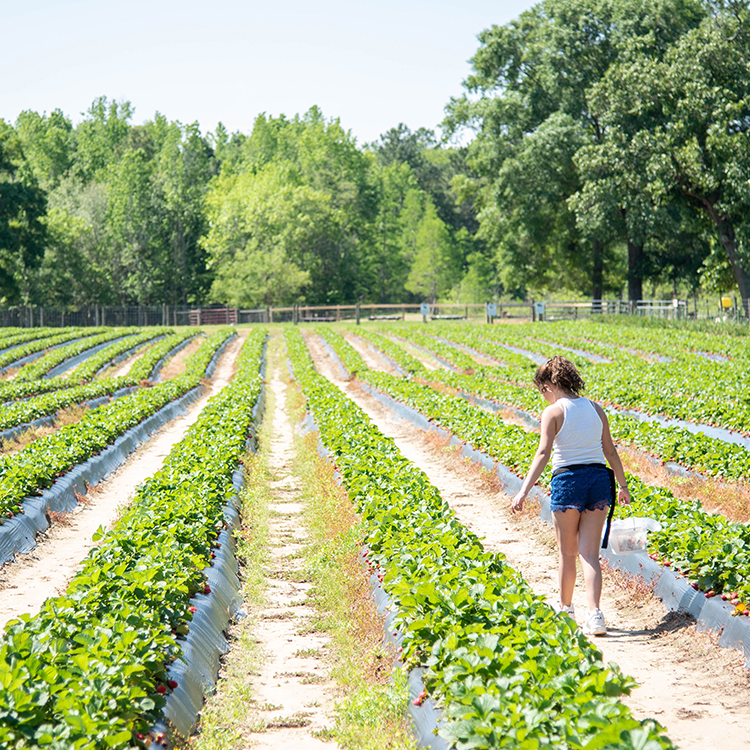
A spring guide to discovering Georgia Agriculture
- Categories:
- Blog
- Certified Farm Markets
- Food
- Tags:
- Certified Farm Market
- farm visit
- fresh produce
- local food
- local vegetables
04/14/2020 -

Ag-Tivities with Lauren: And Then It’s Spring!
- Categories:
- Ag in the Classroom
- Blog
- Education
- Tags:
- Ag in the Classroom
- agtivity
- Spring
04/14/2020 -

Ag-Tivities With Lauren: Celebrating Easter
- Categories:
- Ag in the Classroom
- Blog
- Tags:
- Ag in the Classroom
- aitc
- Education
- learning
04/06/2020 -

Make My Plate Georgia Grown - Brunch Edition
- Categories:
- Agriculture
- Blog
- Certified Farm Markets
- Food
- Tags:
- brunch
- ga grown
- georgia grown
03/26/2020 -

-
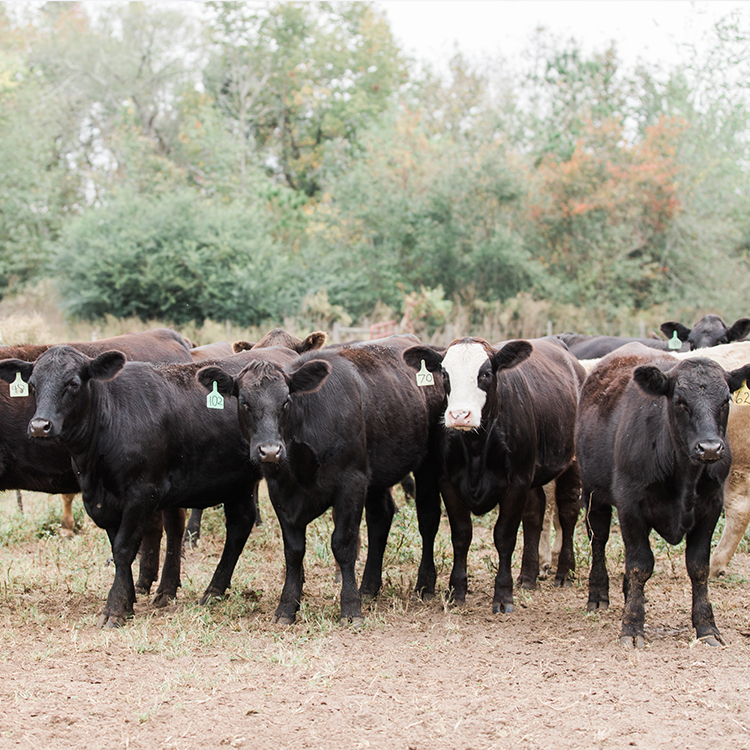
At-Home Ag Education Resources for Kids and Parents
- Categories:
- Ag in the Classroom
- Blog
- Tags:
- Ag in the Classroom
- Ag Literacy
- learning res0urces
- virtual learning
03/22/2020 -
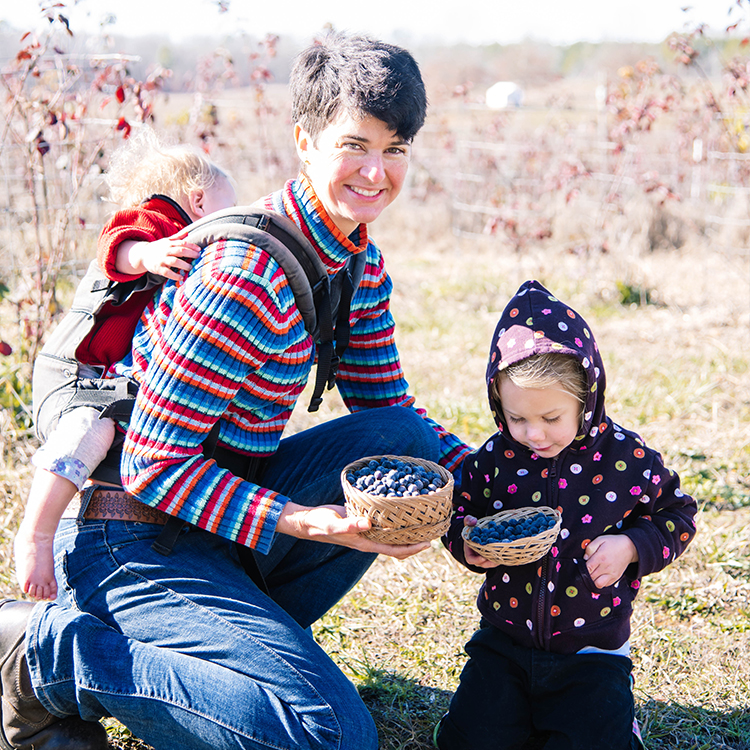
-
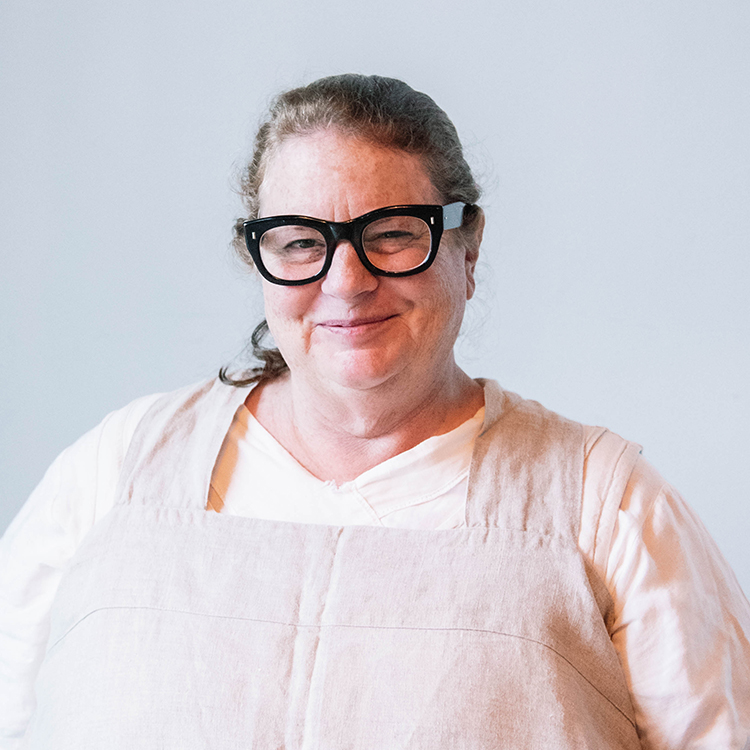
-

-

Fresh Fixins with Anne Quantrano: Oven Roasted Chicken with Bread Salad
- Categories:
- Blog
- Food
- Tags:
- bread salad
- Recipe
- roasted chicken
- salad
03/22/2020 -
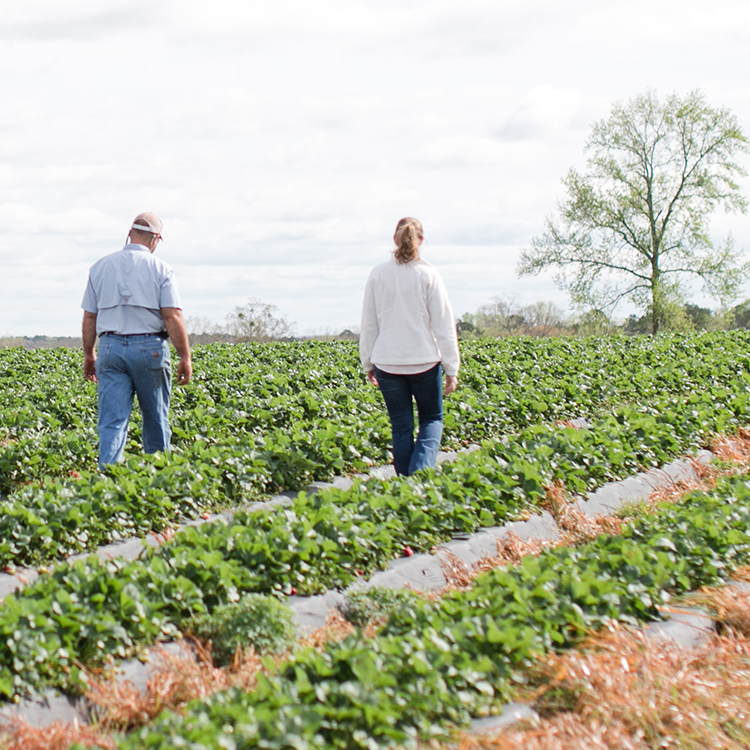
Celebrate Georgia Ag Week With Us
- Categories:
- Ag in the Classroom
- Agriculture
- Blog
- Certified Farm Markets
- Education
- Tags:
- ga ag week
- georgia ag week
03/19/2020 -
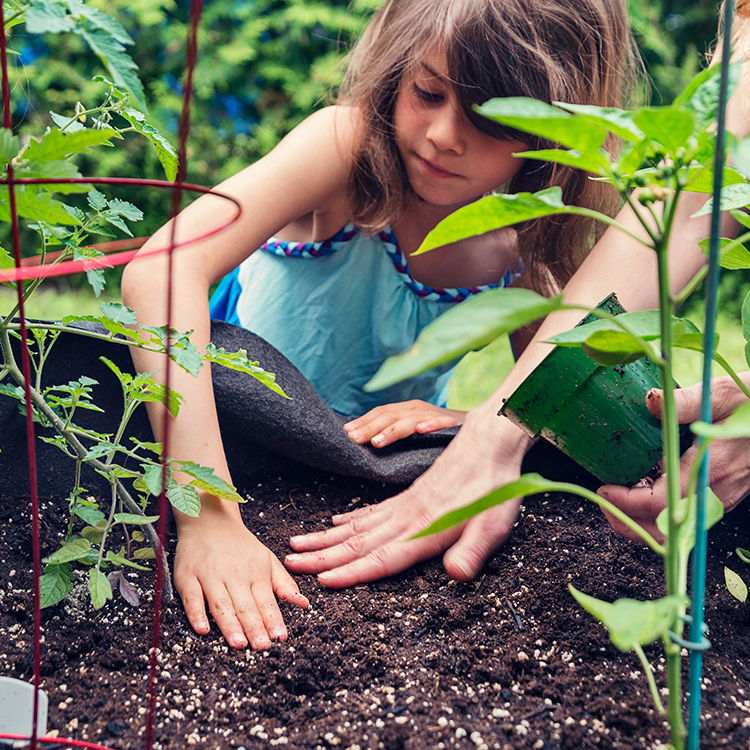
-
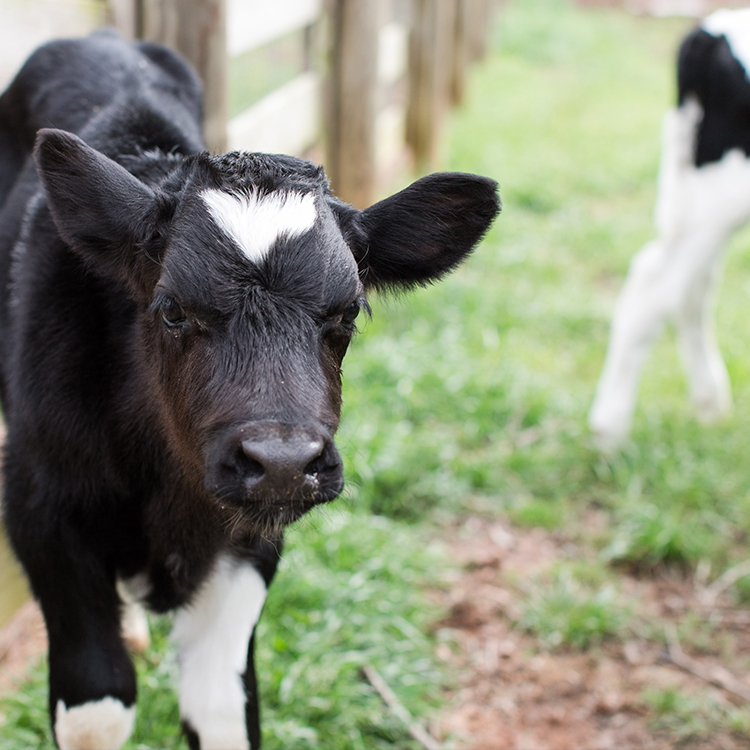
-
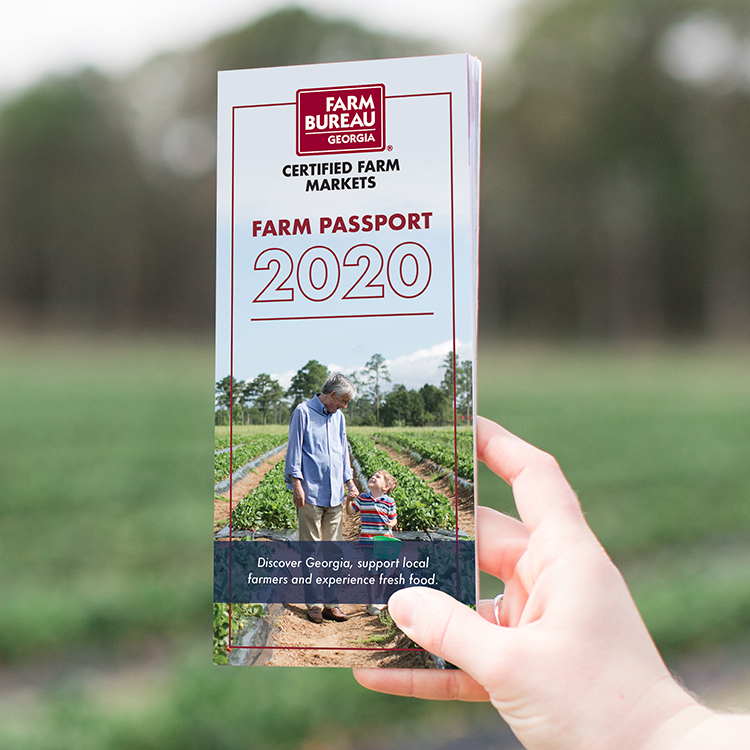
-

Dollywood Celebrates 35 Years with New Festival
- Categories:
- Blog
- Member Benefits
- Tags:
- Dollywood
- Member Benefits
- Member savings
03/08/2020 -
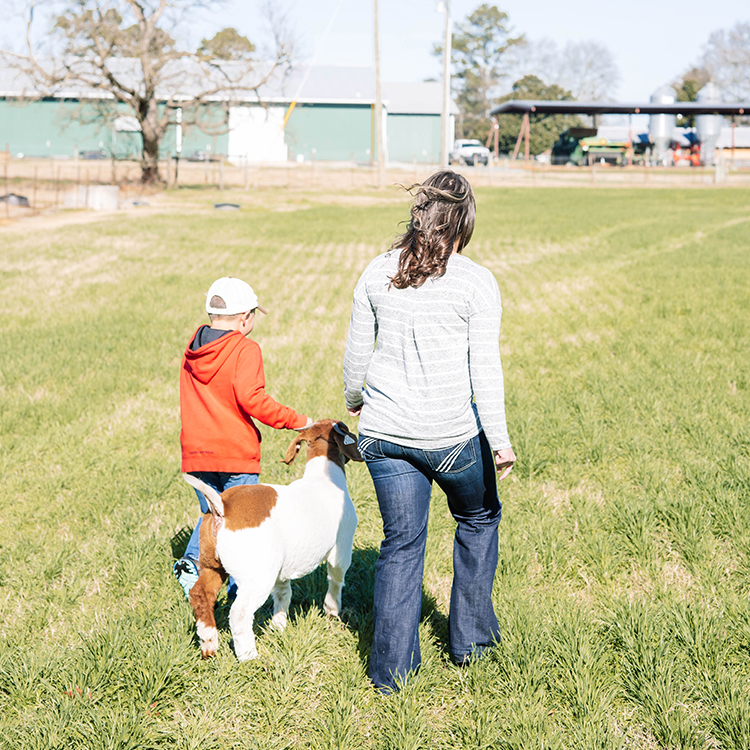
Promoting agriculture through education
- Categories:
- Ag in the Classroom
- Blog
- Farm Bureau
- Tags:
- Agriculture
- Education
- women's committee
- women's leadership
03/04/2020 -
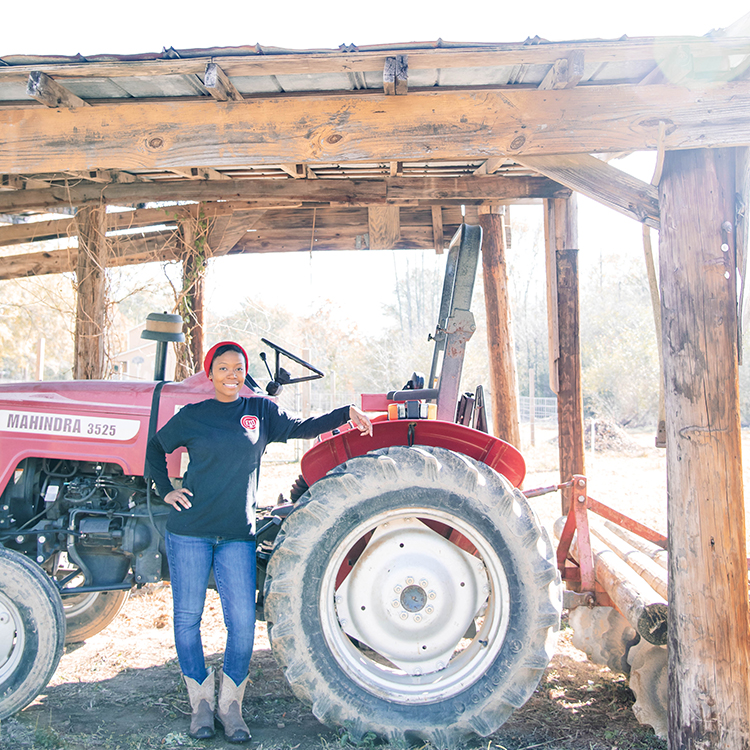
-
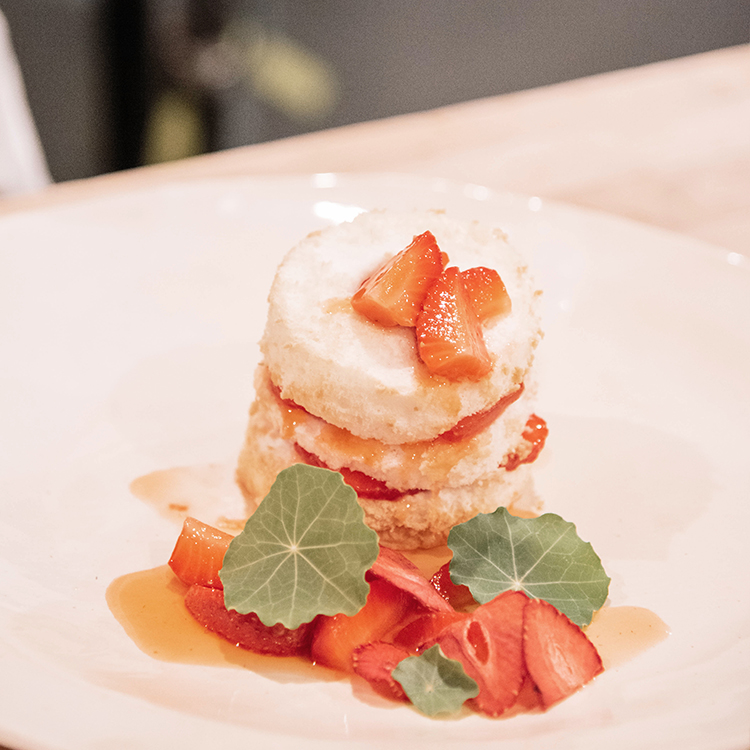
Angel Food Cake with Macerated Strawberries
- Categories:
- Blog
- Food
- Lifestyle
- Tags:
- angel food cake
- ann quatrano
- bacchanalia
- Recipe
- Recipes
- Strawberries
03/03/2020 -

Protect Yourself from Identity Theft this Tax Season
- Categories:
- Blog
- Member Benefits
- Tags:
- Member Benefits
02/20/2020 -

-
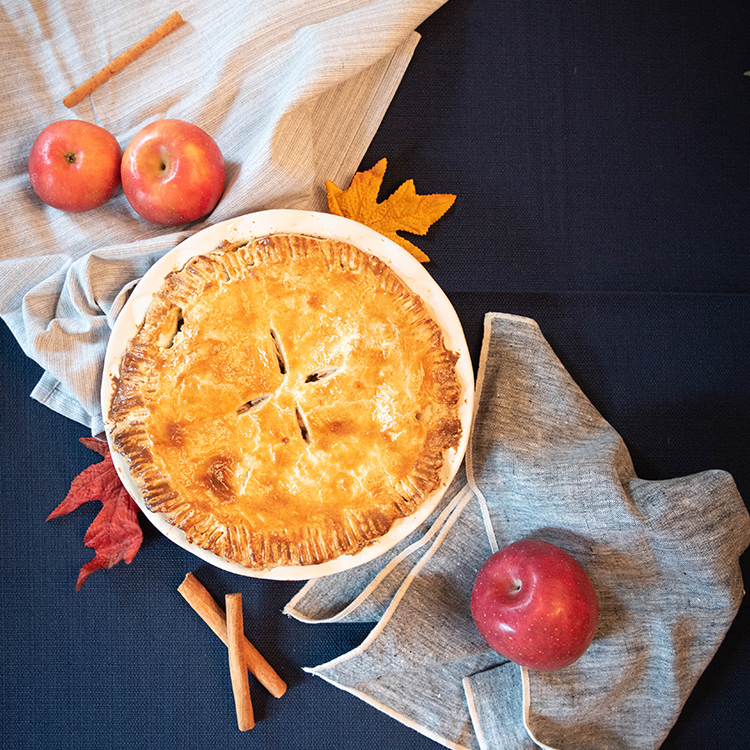
-
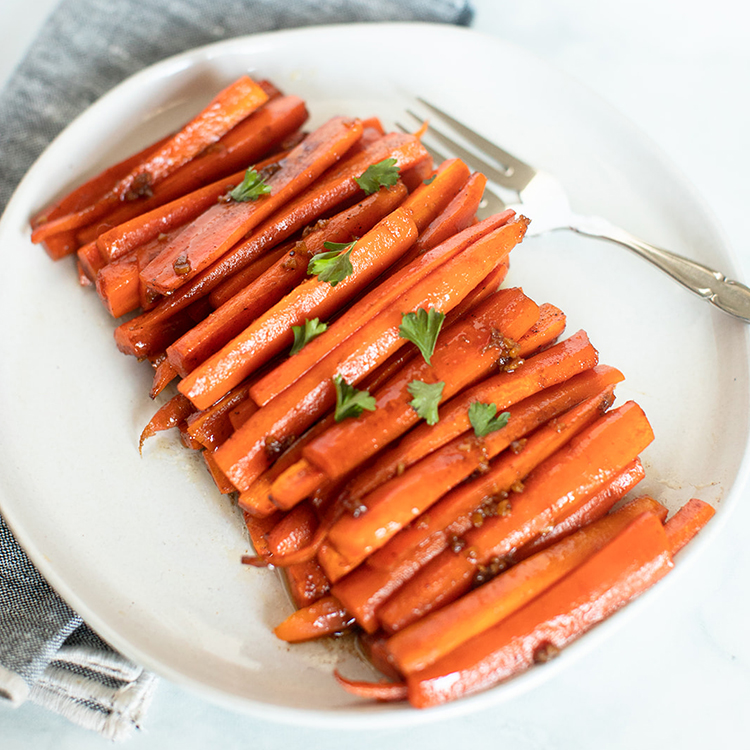
Brown Butter Honey Garlic Roasted Carrots
- Categories:
- Blog
- Certified Farm Markets
- Food
- Lifestyle
- Tags:
- Carrots
- Certified Farm Markets
- Recipes
10/20/2019 -
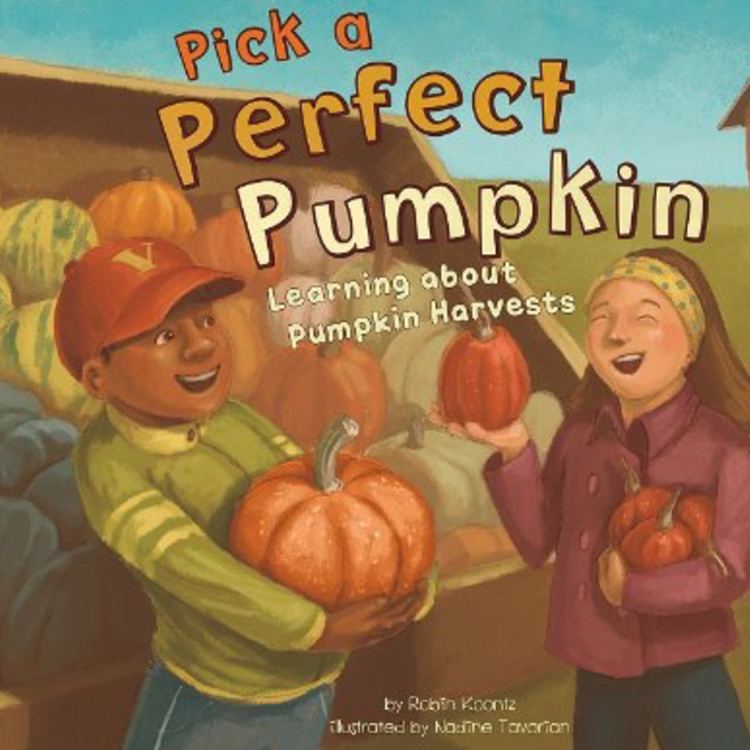
Get pump-kined about fall reading!
- Categories:
- Ag in the Classroom
- Agriculture
- Blog
- Education
- Tags:
- Ag in the Classroom
- Pumpkins
- Reading
10/08/2019 -

First Lady Marty Kemp Helps Grow Georgia
- Categories:
- Agriculture
- Blog
- Food
- Gardening
- Lifestyle
- Tags:
- Marty Kemp
09/24/2019 -

Equal Parts Science and Spirit
- Categories:
- Agriculture
- Blog
- Food
- Lifestyle
- Tags:
- Cheese
- Sweet Grass Dairy
09/24/2019 -

Fresh Fixins Inspired by Chef Stanley Simon, Georgia Governor’s Mansion
- Categories:
- Agriculture
- Blog
- Certified Farm Markets
- Food
- Lifestyle
- Tags:
- Brussel Sprouts
- Chicken
- Recipe
09/24/2019 -
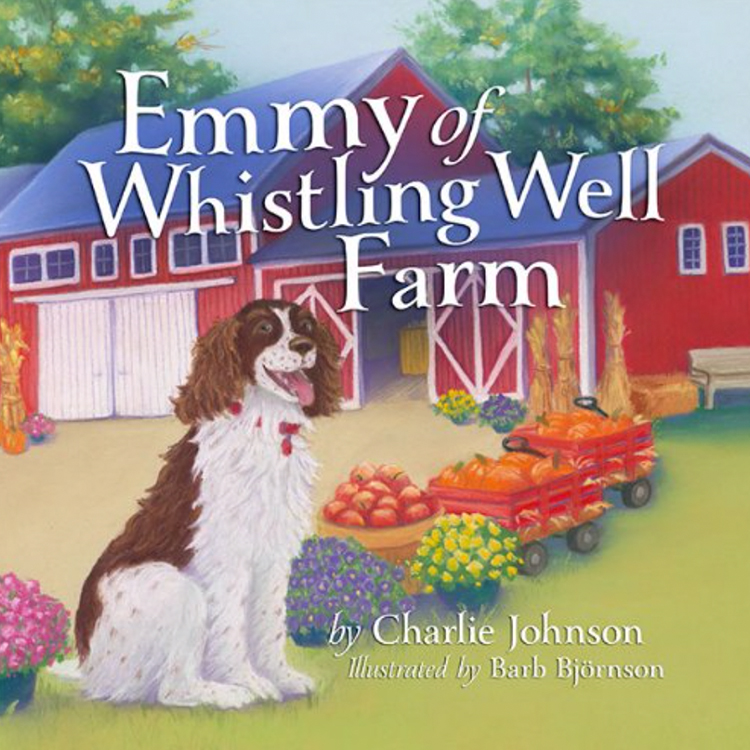
Fall for reading this September
- Categories:
- Ag in the Classroom
- Agriculture
- Blog
- Education
- Tags:
- Ag in the Classroom
- Apples
- Education
09/15/2019 -
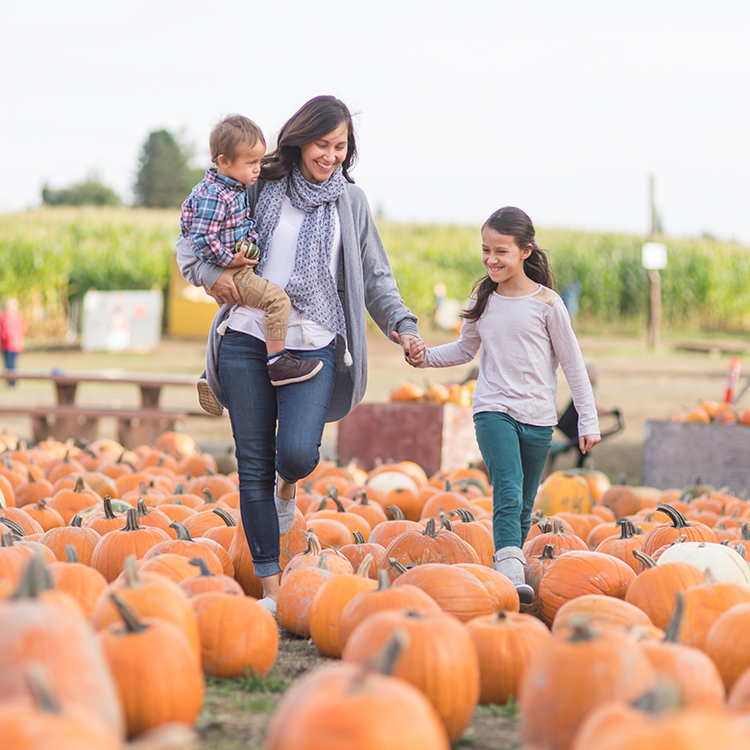
- Categories:
- Agriculture
- Agritourism
- Blog
- Certified Farm Markets
- Food
- Lifestyle
- Tags:
- CFM
- Fall
09/09/2019 -

-

- Categories:
- Blog
- Certified Farm Markets
- Food
- Tags:
- Certified Farm Market
- Recipe
- Tomato
08/19/2019 -
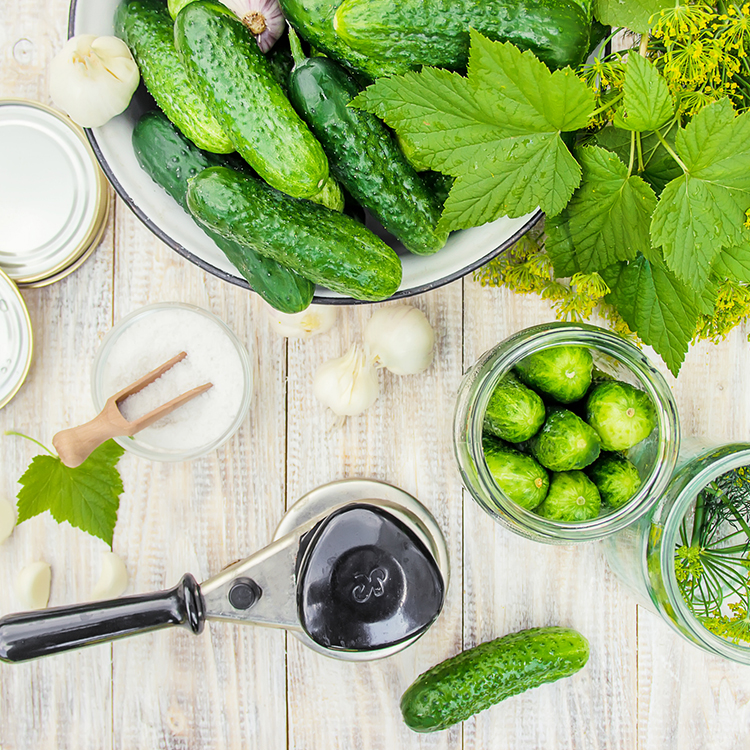
-

Member Benefit: Ford Promotes Environmentally Friendly Auto Parts!
- Categories:
- Blog
- Member Benefits
- Tags:
- Ford
- Member Benefit
07/23/2019 -

-

- Categories:
- Blog
- Certified Farm Markets
- Food
- Tags:
- Certified Farm Markets
- Pecans
- Recipes
06/30/2019 -
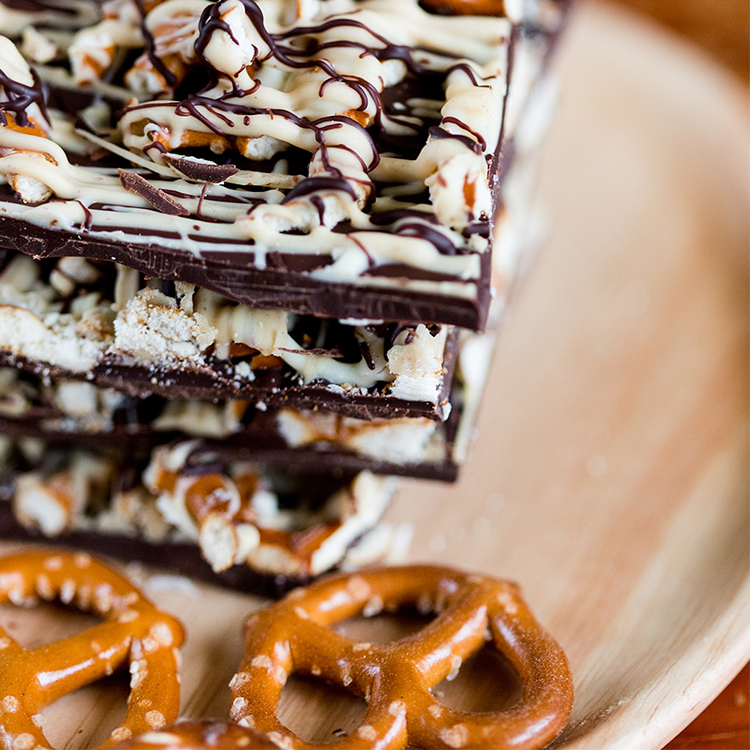
-
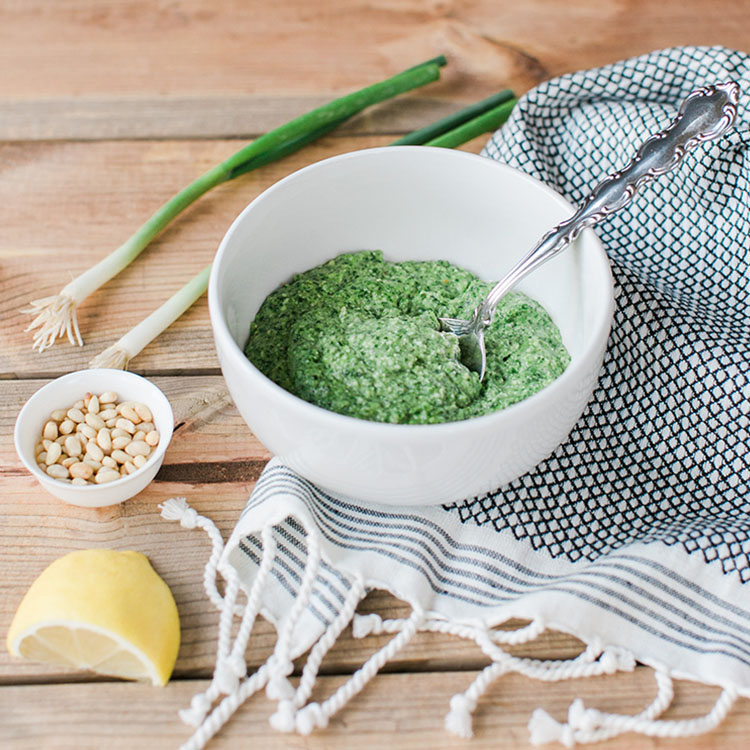
- Categories:
- Blog
- Food
- Lifestyle
- Tags:
- Certified Farm Market
- Green Onion
- Local
- Recipes
- Savory
06/02/2019 -
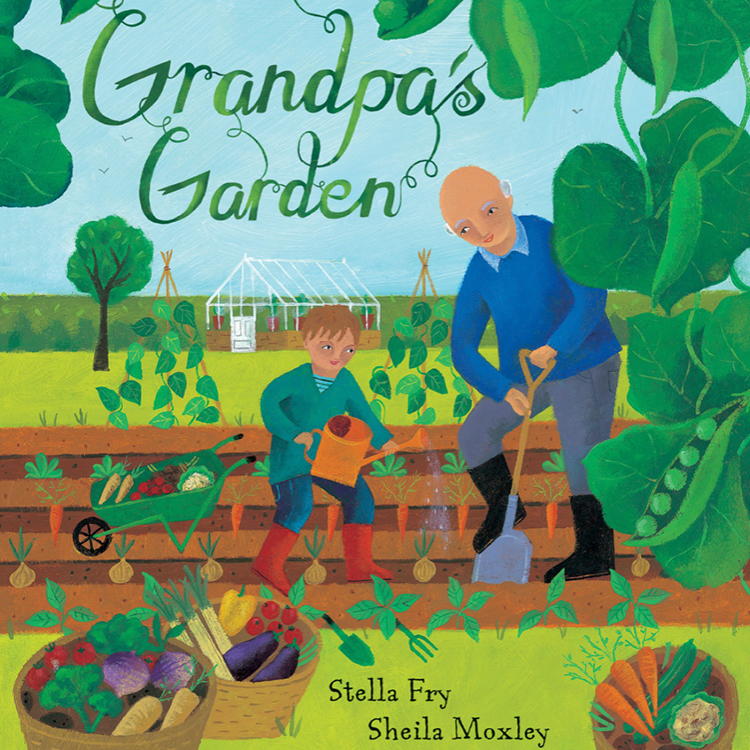
Grow Your Summer Reading List!
- Categories:
- Ag in the Classroom
- Agriculture
- Blog
- Education
- Tags:
- Ag Books
- Ag in the Classroom
- Ag Literacy
05/14/2019 -
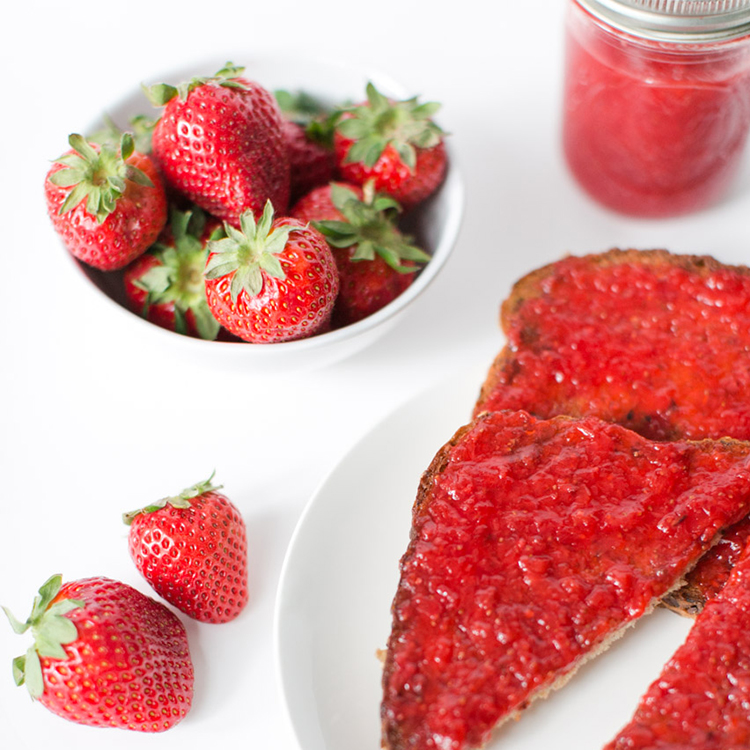
- Categories:
- Agriculture
- Blog
- Certified Farm Markets
- Food
- Tags:
- Jam
- Recipes
- Strawberry
05/07/2019 -
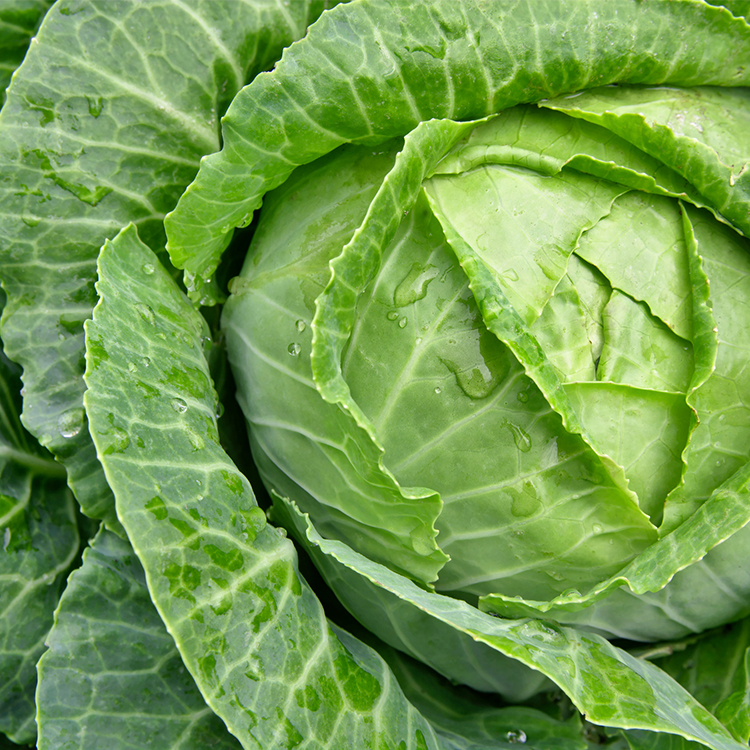
Discover Georgia’s Specialty Crops
- Categories:
- Agriculture
- Agritourism
- Blog
- Certified Farm Markets
- Tags:
- Agriculture
- Certified Farm Markets
- Fruit
- Vegetables
04/30/2019 -

Meet Doster Harper, FFA North Region State Vice President
- Categories:
- Agriculture
- Blog
- Lifestyle
- Tags:
- Farm
- FFA
- Georgia Farm Life
- Life Lessons
- Young Farmers
04/23/2019 -
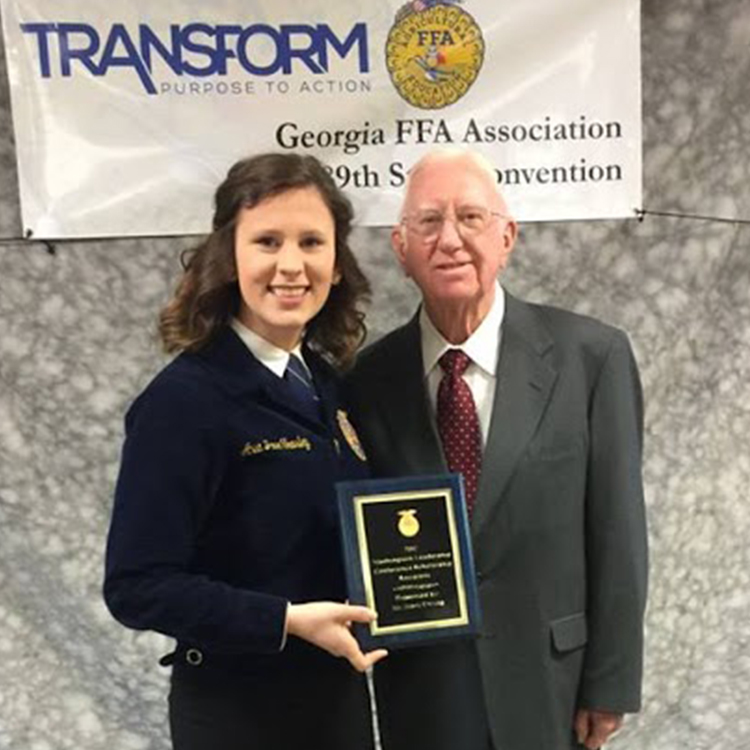
Meet Ava Jane Teasley, FFA North Region State Vice President
- Categories:
- Agriculture
- Blog
- Legislative
- Tags:
- Farm
- FFA
- Georgia Farm Life
- Life Lessons
- Young Farmers
04/23/2019 -
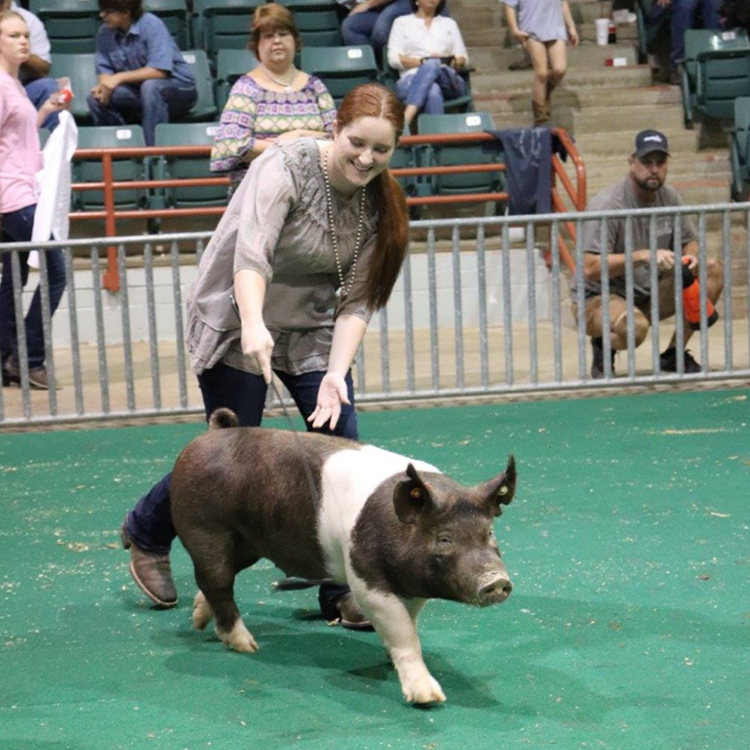
Meet Brittany Braddy, FFA Central Region State Vice President
- Categories:
- Agriculture
- Blog
- Lifestyle
- Tags:
- Farm
- FFA
- Georgia Farm Life
- Life Lessons
- Young Farmers
04/23/2019 -

Meet Thomas Maddox, FFA Central Region State Vice President
- Categories:
- Agriculture
- Blog
- Lifestyle
- Tags:
- Farm
- FFA
- Georgia Farm Life
- Life Lessons
- Young Farmers
04/23/2019 -
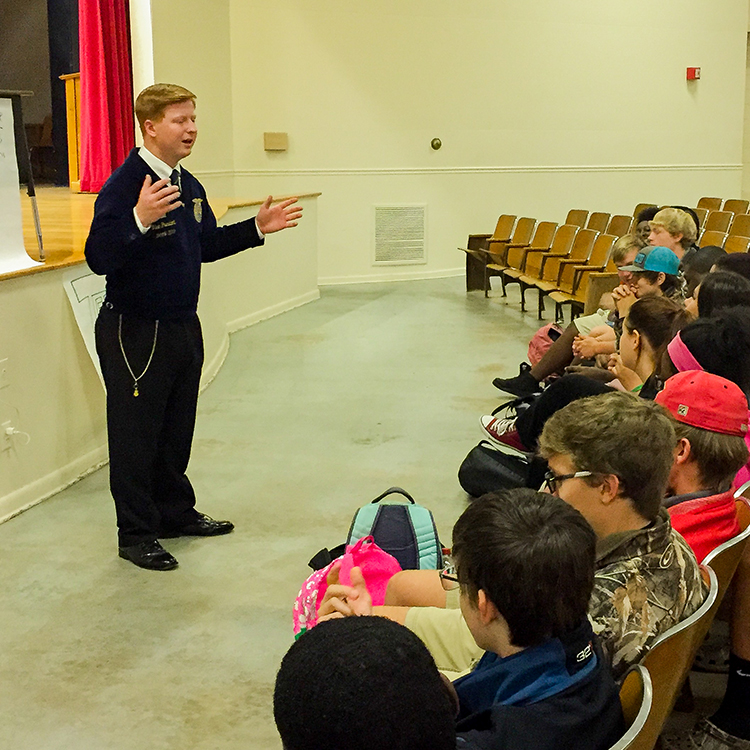
Meet Dawson Adams, FFA South Region State Vice President
- Categories:
- Agriculture
- Blog
- Lifestyle
- Tags:
- Farm
- FFA
- Georgia Farm Life
- Life Lessons
- Young Farmers
04/23/2019 -
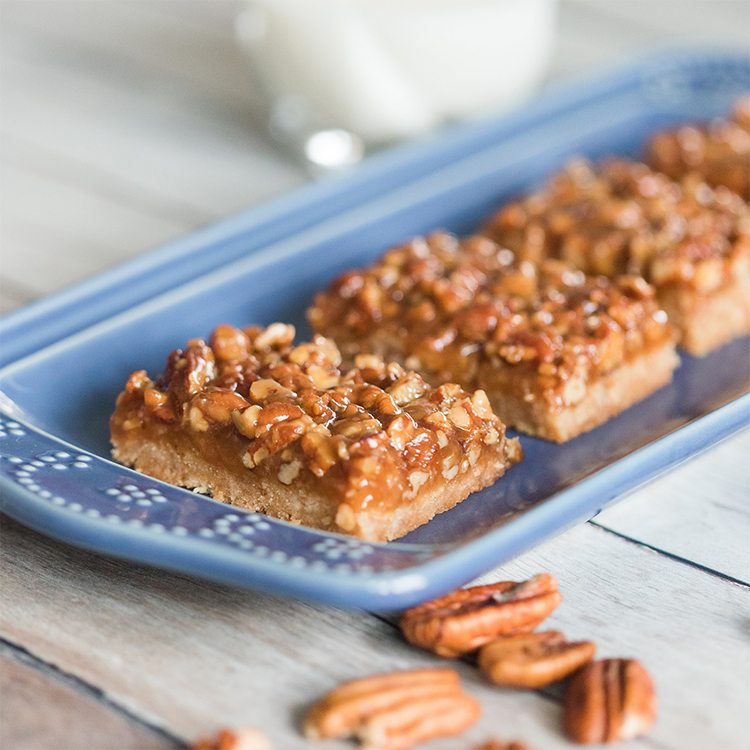
-
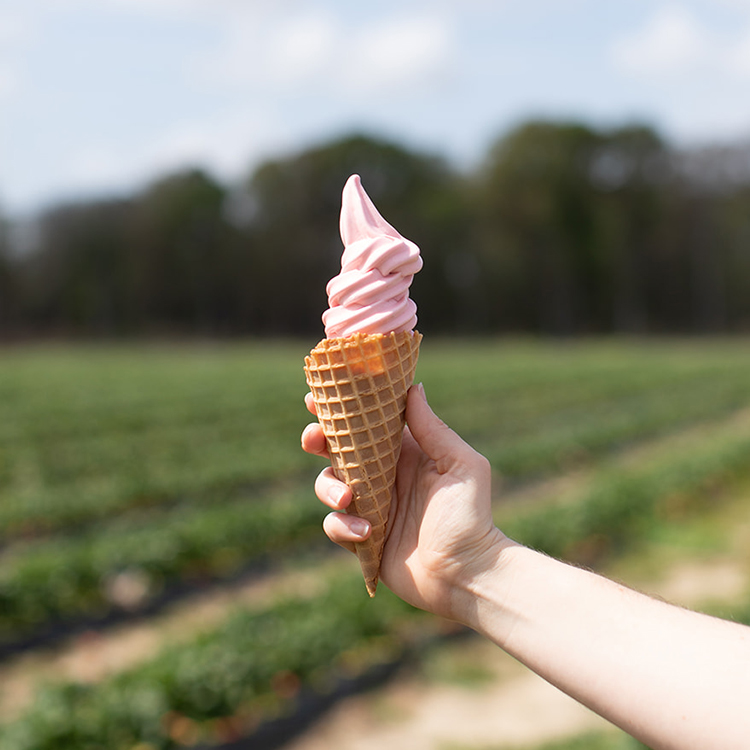
Certified Farm Market Spring Bucket List
- Categories:
- Agriculture
- Agritourism
- Blog
- Certified Farm Markets
- Lifestyle
- Tags:
- Certified Farm Markets
04/07/2019 -
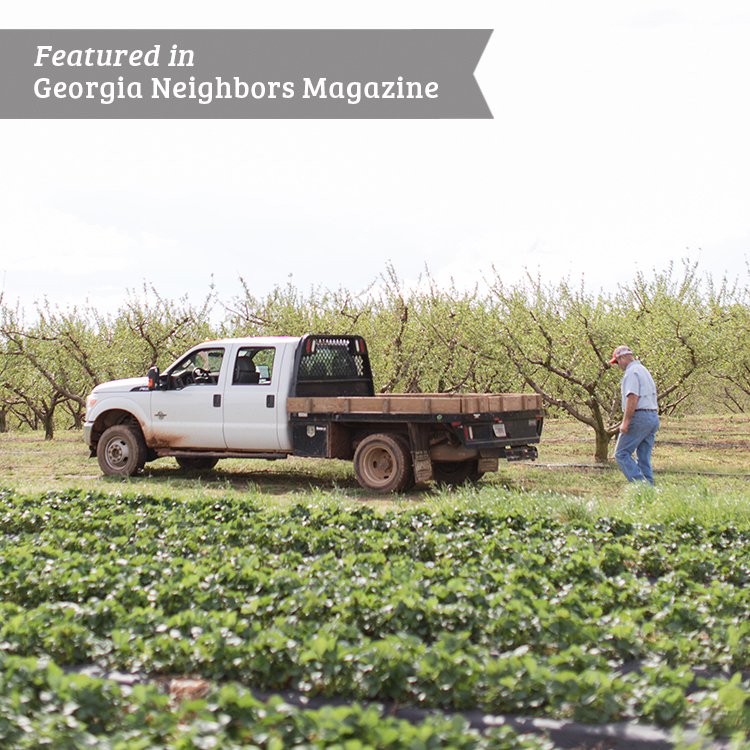
Georgia Farm Bureau Insurance – Being Different Matters
- Categories:
- Blog
- Insurance
- Lifestyle
- Tags:
- Insurance
03/27/2019 -
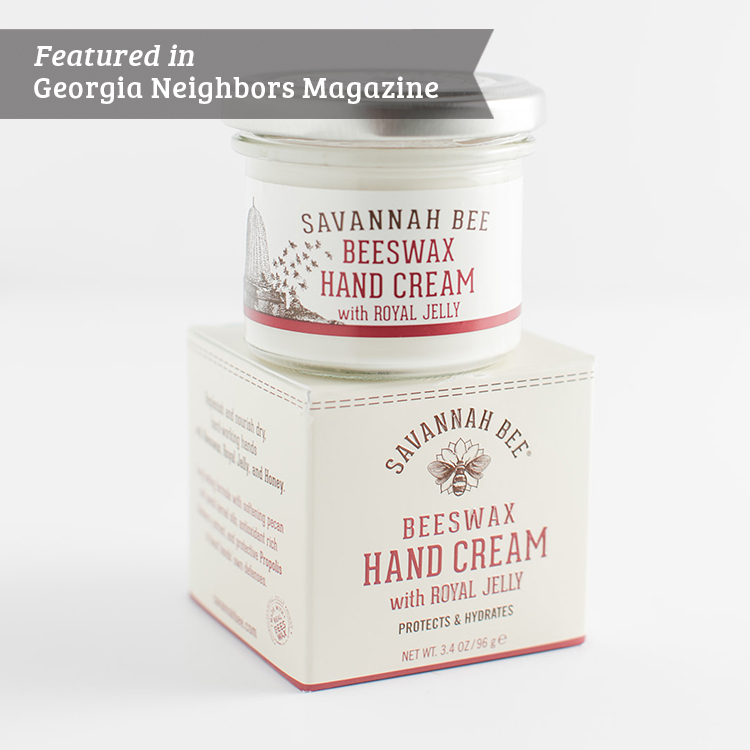
- Categories:
- Blog
- Certified Farm Markets
- Food
- Lifestyle
- Tags:
- Certified Farm Markets
- Products We Love
03/18/2019 -

Fresh Fixins with Georgia-Based Chef, Rebecca Egsieker
- Categories:
- Agriculture
- Blog
- Certified Farm Markets
- Food
- Lifestyle
- Tags:
- Asparagus
- Dairy
- Recipe
- Sweet Pea
03/17/2019 -
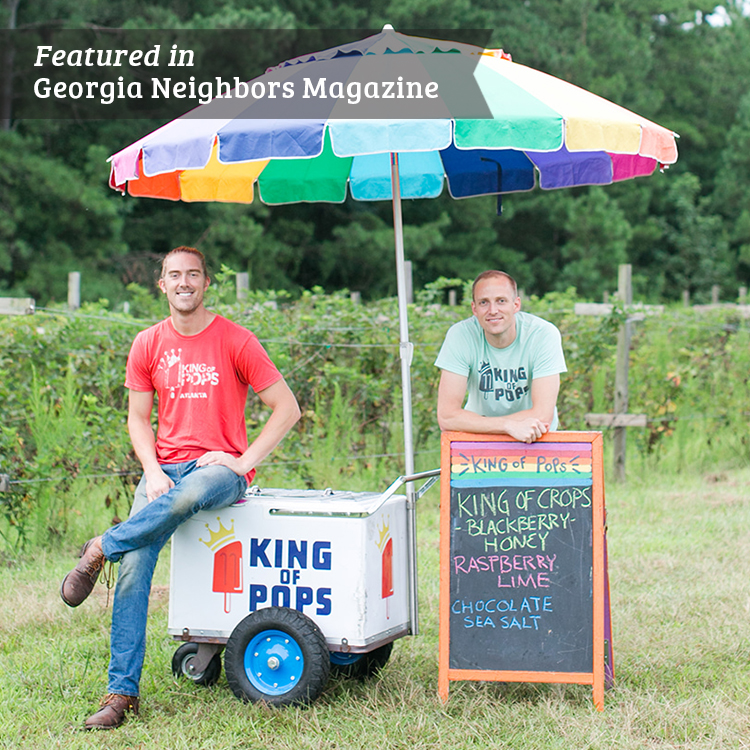
From Crops to Pops, King of Pops
- Categories:
- Agriculture
- Blog
- Lifestyle
- Tags:
- Agriculture
- Farming Popsicles
- King of Pops
03/13/2019 -

Let’s Be Frank…Certified Farm Markets know how to dress a dog!
- Categories:
- Agriculture
- Blog
- Certified Farm Markets
- Food
- Tags:
- Certified Farm Markets
- Pork
- Recipe
03/11/2019 -
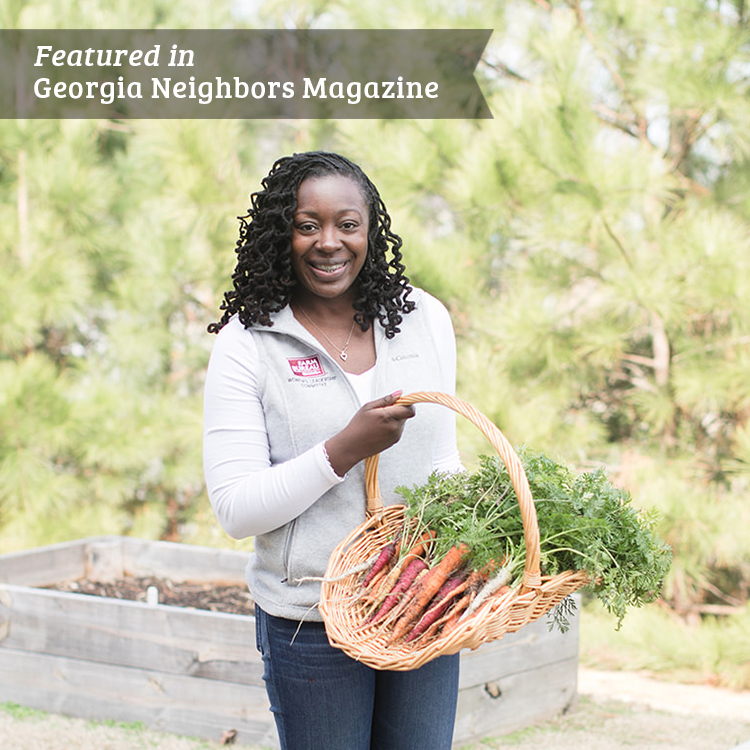
- Categories:
- Ag in the Classroom
- Agriculture
- Blog
- Certified Farm Markets
- Education
- Farm Bureau
- Lifestyle
- Member Benefits
- Tags:
- Agriculture
- Membership
- Volunteer
03/10/2019 -
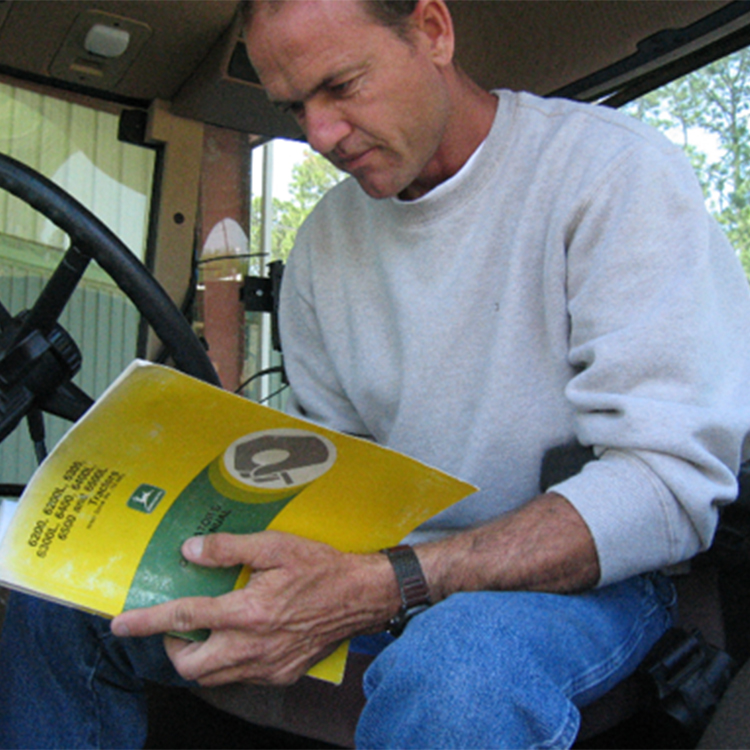
Leading Causes of Farming Accidents...Experience!
- Categories:
- Agriculture
- Blog
- Lifestyle
- Tags:
- Life Lessons
- Safety
03/04/2019 -
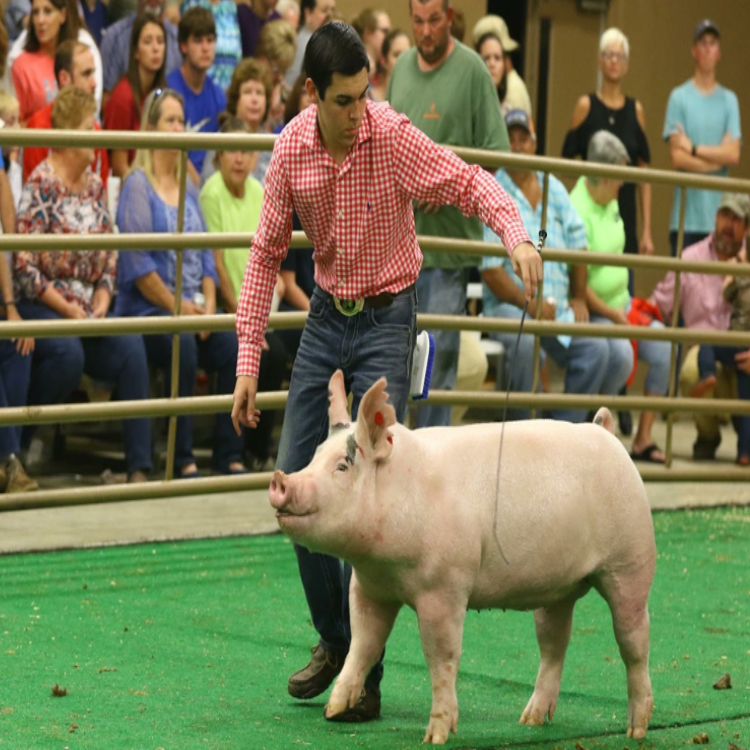
Meet Clay Parker, State FFA Secretary
- Categories:
- Agriculture
- Blog
- Lifestyle
- Tags:
- Farm
- FFA
- Georgia Farm Life
- Life Lessons
- Young Farmers
02/19/2019 -

Meet Bryce Roland, State FFA President
- Categories:
- Agriculture
- Blog
- Lifestyle
- Tags:
- Farm
- FFA
- Georgia Farm Life
- Life Lessons
- Young Farmers
02/17/2019 -
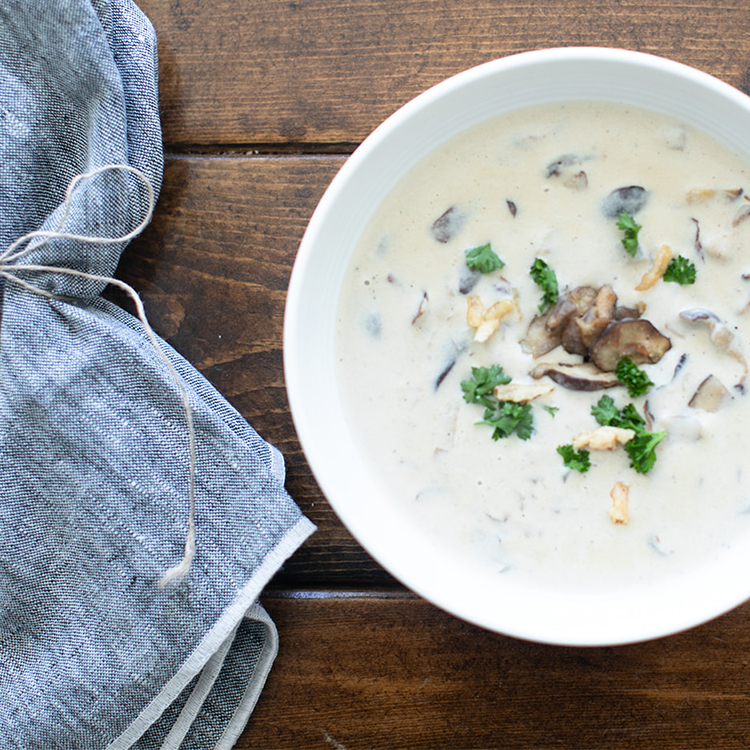
- Categories:
- Blog
- Certified Farm Markets
- Food
- Lifestyle
- Tags:
- Certified Farm Markets
- Recipes
- Shiitake Mushrooms
- Soup
02/14/2019 -

- Categories:
- Ag in the Classroom
- Agriculture
- Blog
- Education
- Tags:
- Ag Books
- Ag in the Classroom
- Ag Literacy
02/06/2019 -

- Categories:
- Agriculture
- Blog
- Lifestyle
- Tags:
- Farm Trucks
- Hobby
01/31/2019 -
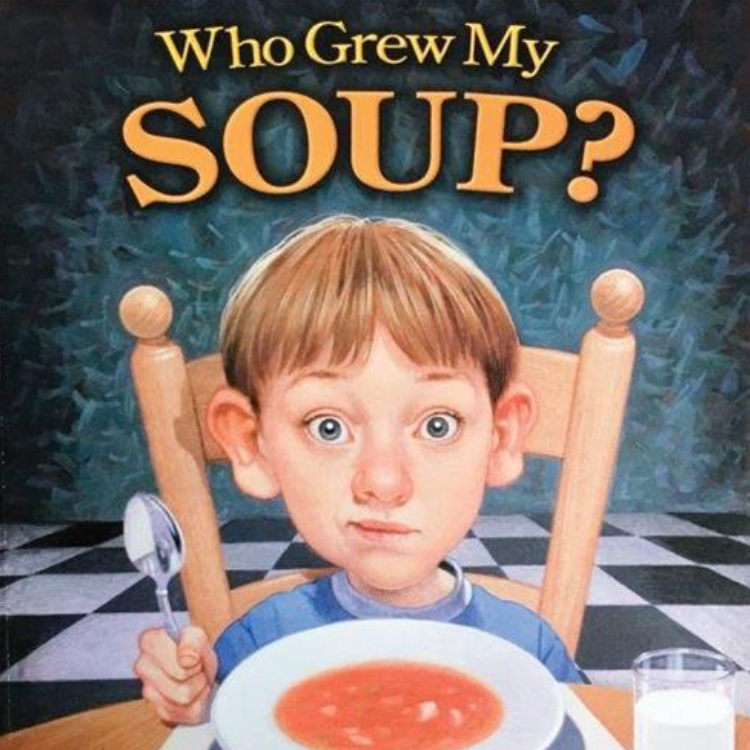
Cure the Winter Blues with Story Time!
- Categories:
- Ag in the Classroom
- Agriculture
- Blog
- Education
- Lifestyle
- Tags:
- Ag Books
- Ag in the Classroom
- Ag Literacy
01/24/2019 -
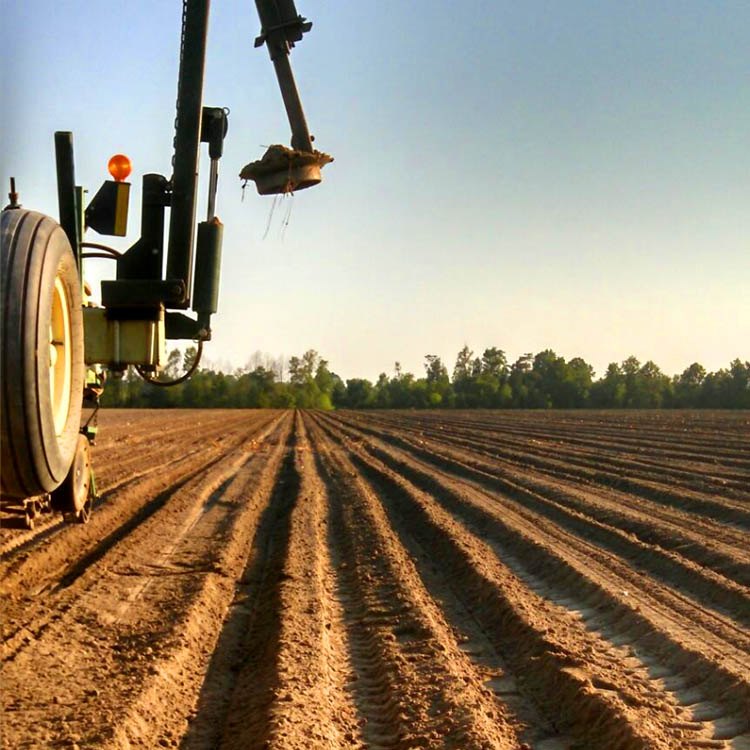
Broadband is not a Luxury, it’s a Necessity
- Categories:
- Agriculture
- Blog
- Lifestyle
- Tags:
- Rural Broadband
- Technology
01/20/2019 -
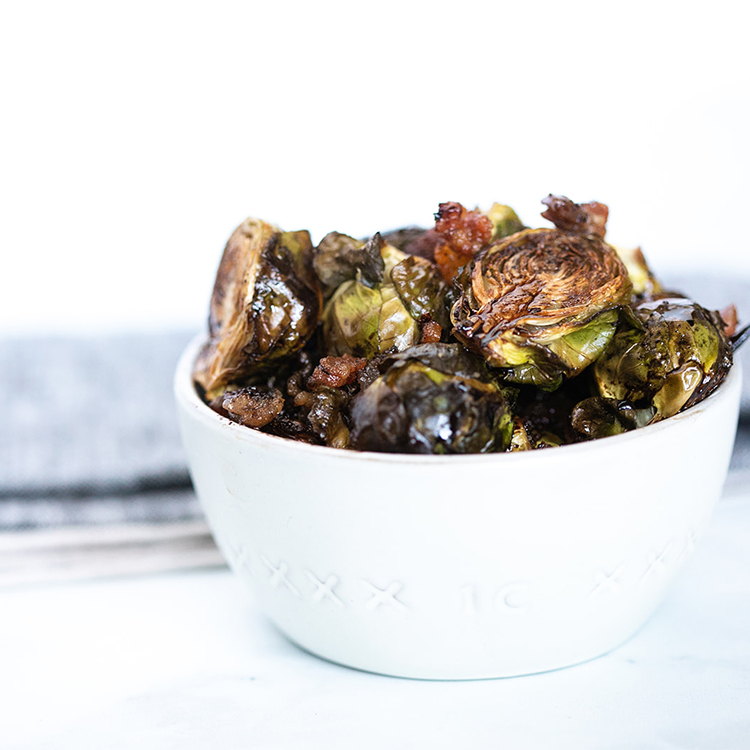
- Categories:
- Blog
- Certified Farm Markets
- Food
- Lifestyle
- Tags:
- Brussel Sprouts
- Certified Farm Markets
- Recipes
01/15/2019 -

- Categories:
- Ag in the Classroom
- Agriculture
- Blog
- Education
- Lifestyle
- Tags:
- Ag Books
- Ag in the Classroom
- Ag Literacy
12/12/2018 -
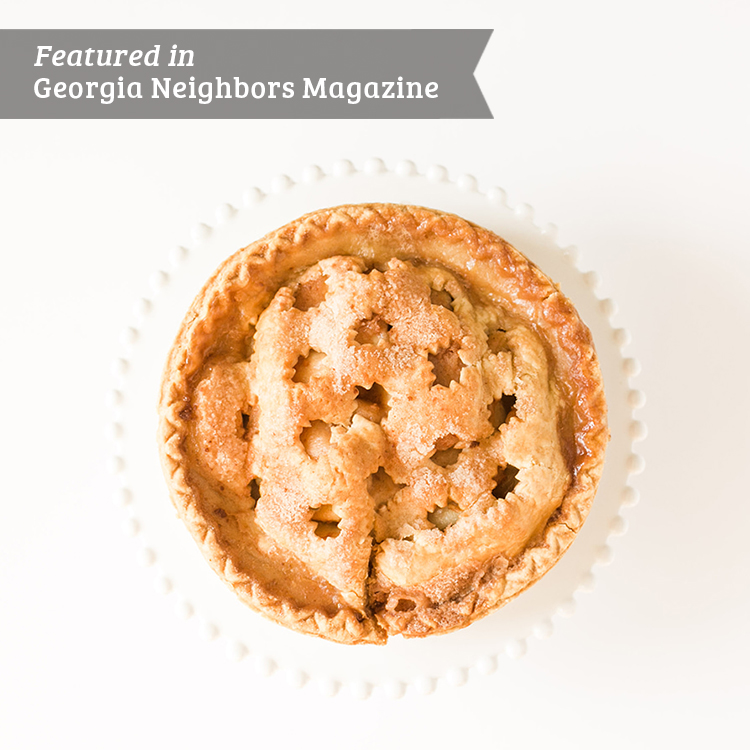
- Categories:
- Agriculture
- Agritourism
- Blog
- Certified Farm Markets
- Food
- Lifestyle
- Tags:
- Certified Farm Markets
- Georgia Made
- Local
12/04/2018 -
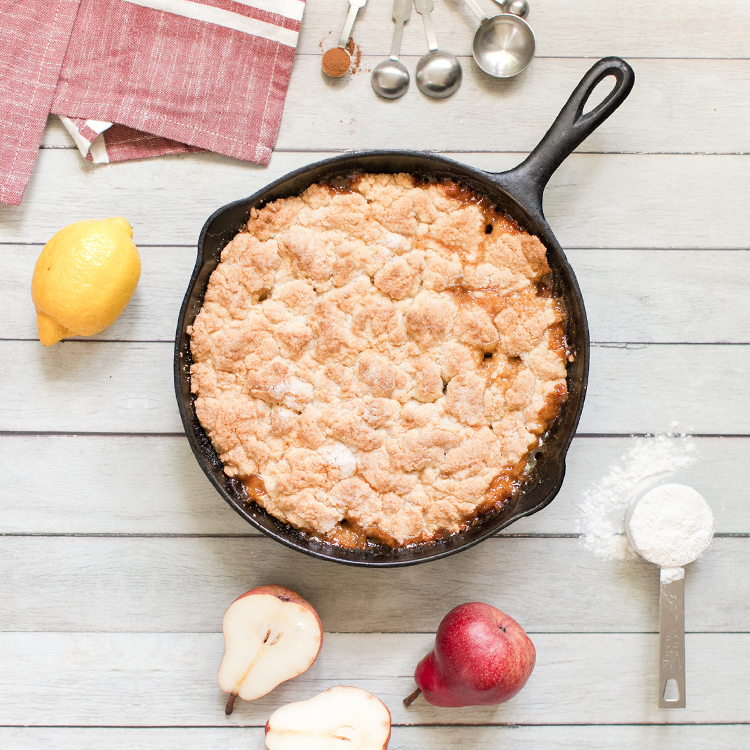
-
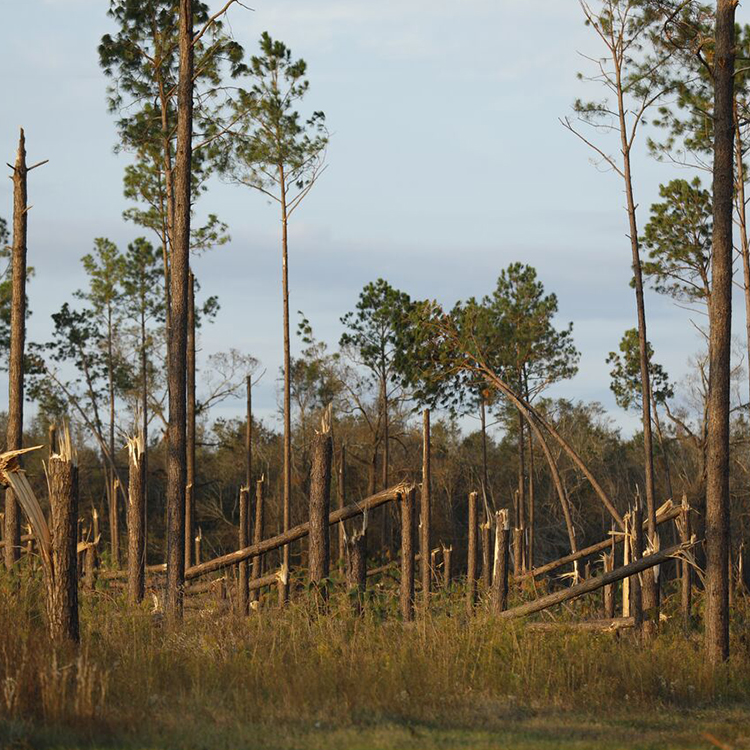
UGA Economist Believes Georgia Farmers Need Financial Relief Immediately
- Categories:
- Agriculture
- Blog
- Tags:
- Hurricane Michael
11/08/2018 -
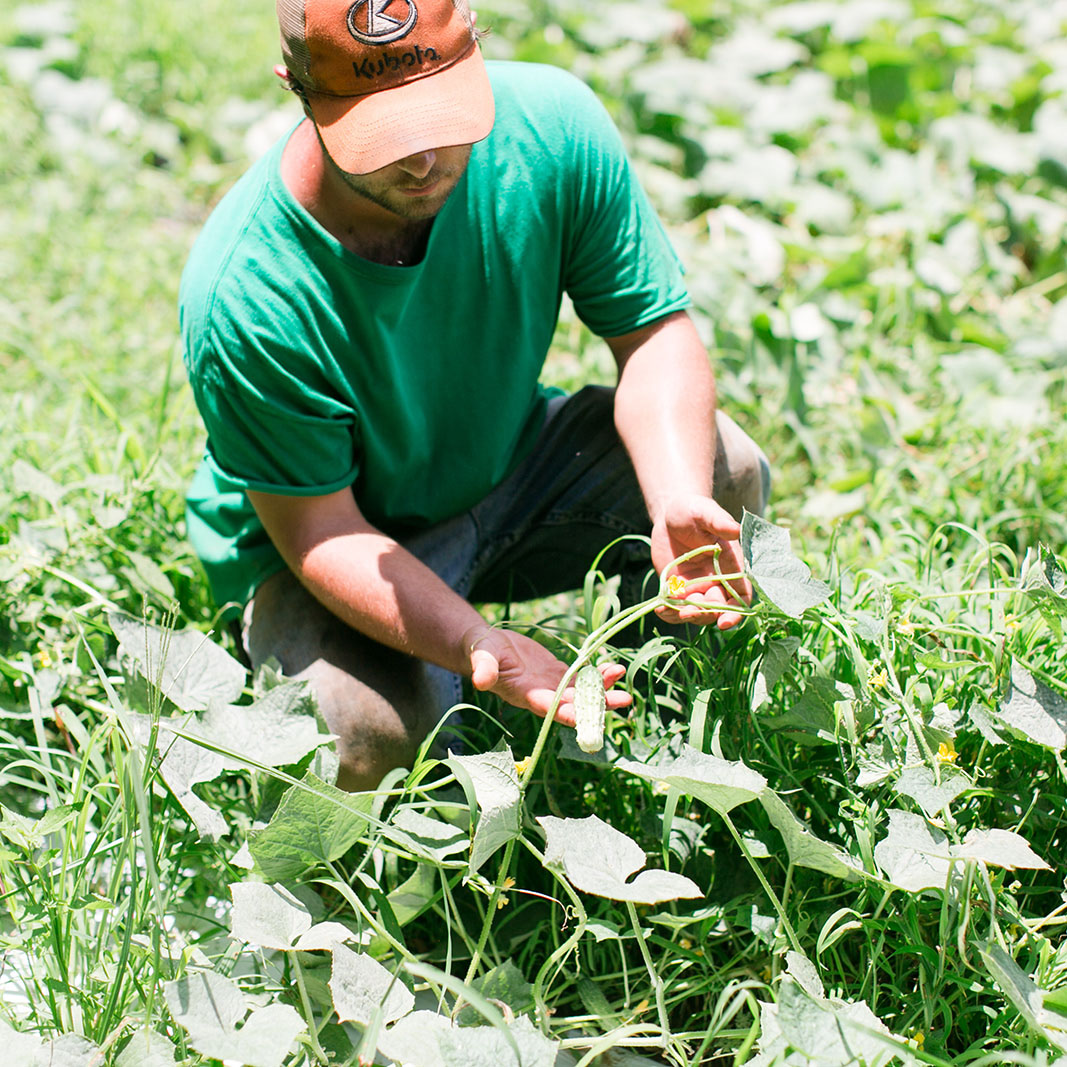
Ag in the Classroom - 4 Simple Ways You Can Thank a Farmer this November!
- Categories:
- Ag in the Classroom
- Blog
- Education
- Tags:
- Ag in the Classroom
- Children Activites
11/07/2018 -
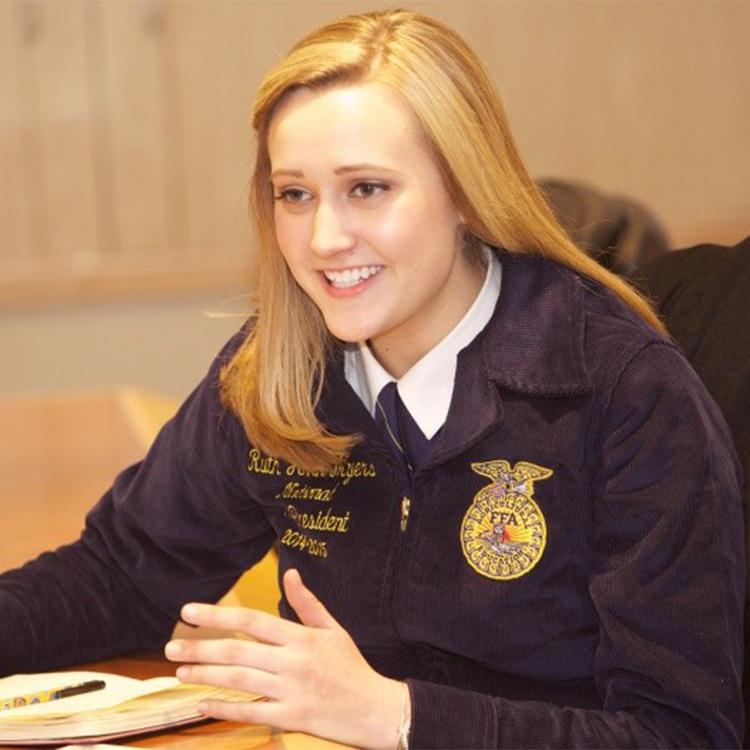
Growing the Next Generation of Farm Leaders
- Categories:
- Agriculture
- Blog
- Tags:
- 4-H
- AFBF
- FFA
11/01/2018 -

- Categories:
- Agritourism
- Blog
- Certified Farm Markets
- Food
- Lifestyle
- Tags:
- Dessert
- Pumpkin
- Recipes
10/29/2018 -
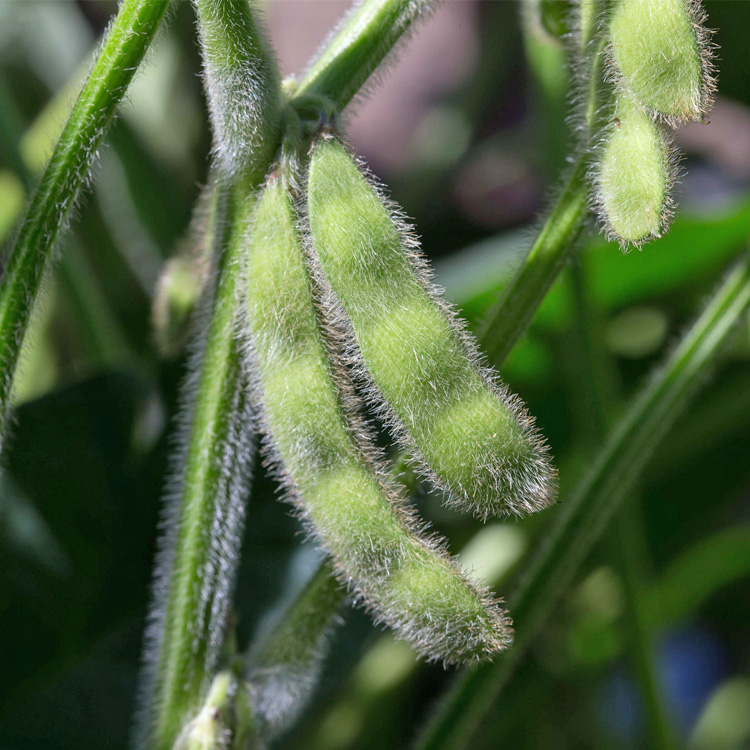
-
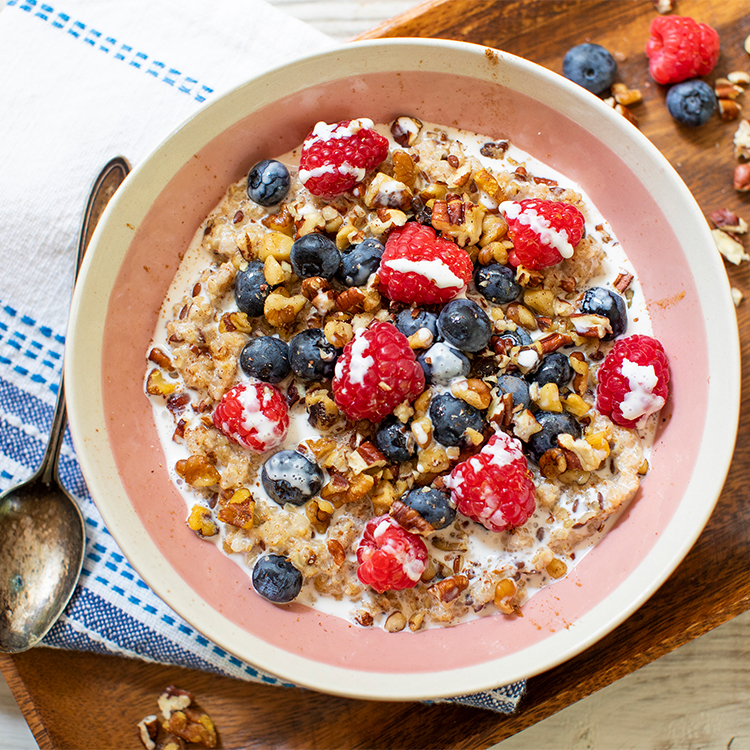
This October Make Time to Eat Together, Eat Better with Real Dairy
- Categories:
- Agriculture
- Blog
- Education
- Food
- Lifestyle
- Tags:
- Dairy
- Food
- Recipe
10/02/2018 -

-
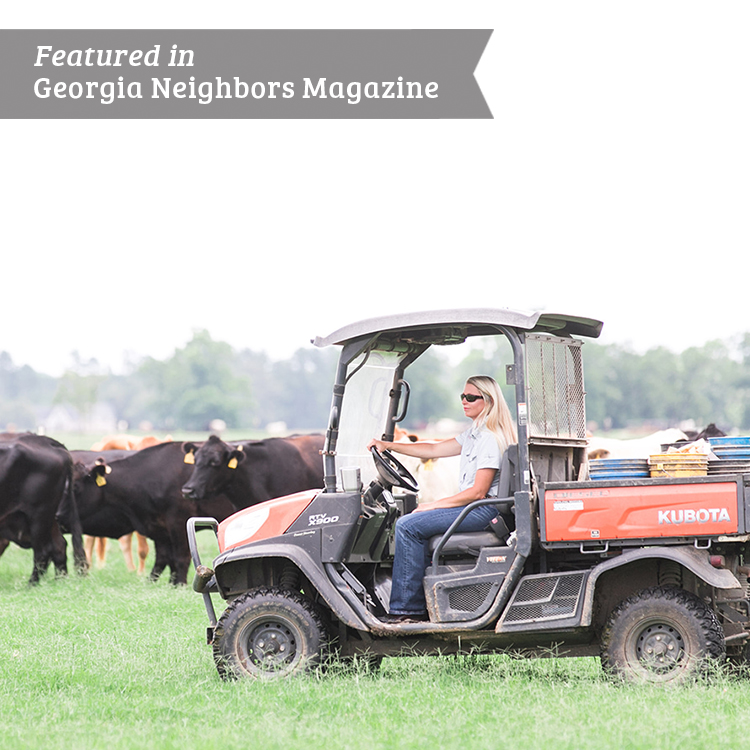
- Categories:
- Agriculture
- Blog
- Lifestyle
- Tags:
- Agriculture
- Life Lessons
- Lifestyle
09/17/2018 -

- Categories:
- Agriculture
- Blog
- Certified Farm Markets
- Food
- Lifestyle
- Tags:
- Certified Farm Markets
- Food
- Local
- Recipes
09/16/2018 -

Wherever You Go, We're There With You
- Categories:
- Blog
- Insurance
- Lifestyle
- Tags:
- Insurance
09/15/2018 -

Fresh Fixins with Georgia-Based Chef, Matthew Newton
- Categories:
- Agriculture
- Blog
- Food
- Lifestyle
- Tags:
- Certified Farm Markets
- Recipes
09/14/2018 -

-
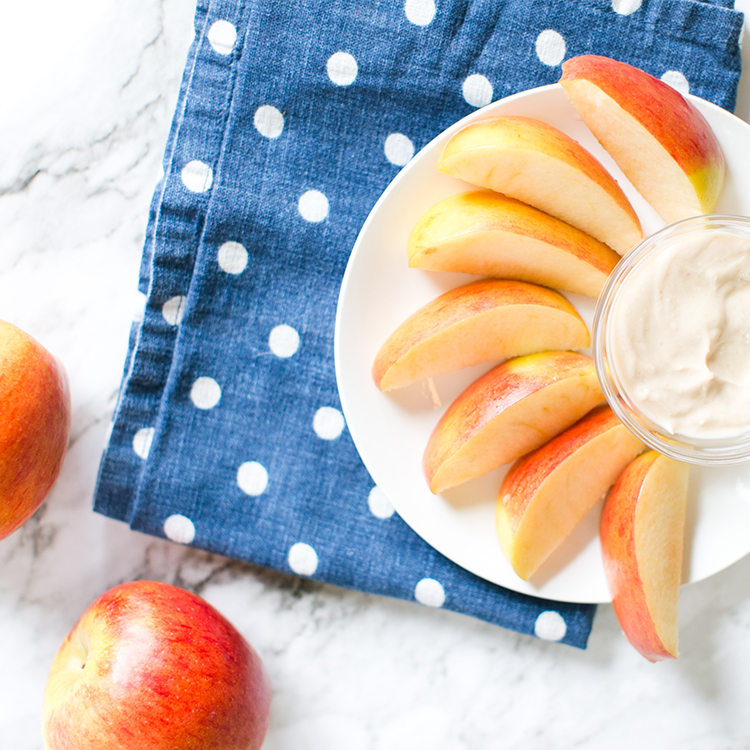
Peanut Butter Whip with Apples
- Categories:
- Agriculture
- Blog
- Certified Farm Markets
- Food
- Tags:
- Apples
- Certified Farm Markets
- Recipes
09/03/2018 -

Young Farmer Jesse Patrick, Bridges the Gap Between Past and Present
- Categories:
- Agriculture
- Blog
- Farm Bureau
- Lifestyle
- Tags:
- Farm
- Farmers
- Georgia Farm Life
- Jobs in Agriculture
- Life Lessons
- Young Farmers
09/02/2018 -

Fall Events at Your Local Certified Farm Market
- Categories:
- Agriculture
- Agritourism
- Blog
- Certified Farm Markets
- Lifestyle
- Tags:
- Agritourism
- Fall
08/30/2018 -
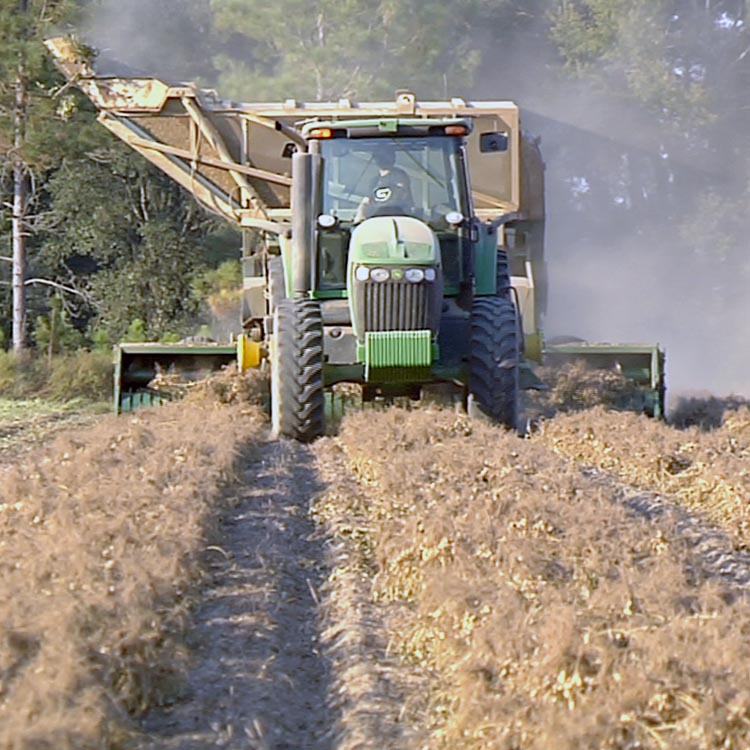
- Categories:
- Agriculture
- Agritourism
- Blog
- Tags:
- Farm
- Farmers
- Social Media
08/28/2018 -

New ‘Ag Across America’ Game and App Debut
- Categories:
- Agriculture
- Blog
- Education
- Tags:
- Agriculture
- Education
08/07/2018 -
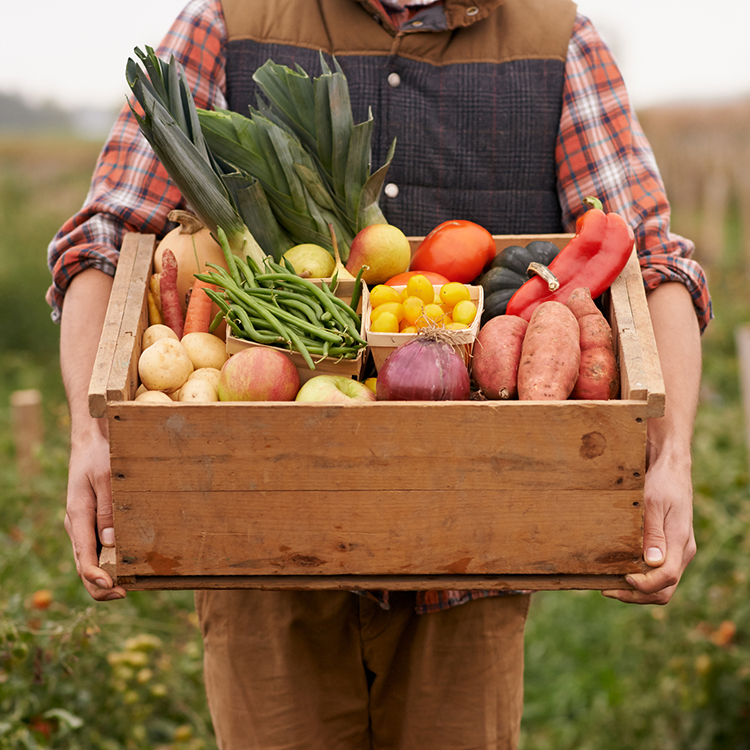
- Categories:
- Agriculture
- Agritourism
- Blog
- Certified Farm Markets
- Food
- Tags:
- Agriculture
- Fruits
- Seasonal
- Vegetables
07/31/2018 -
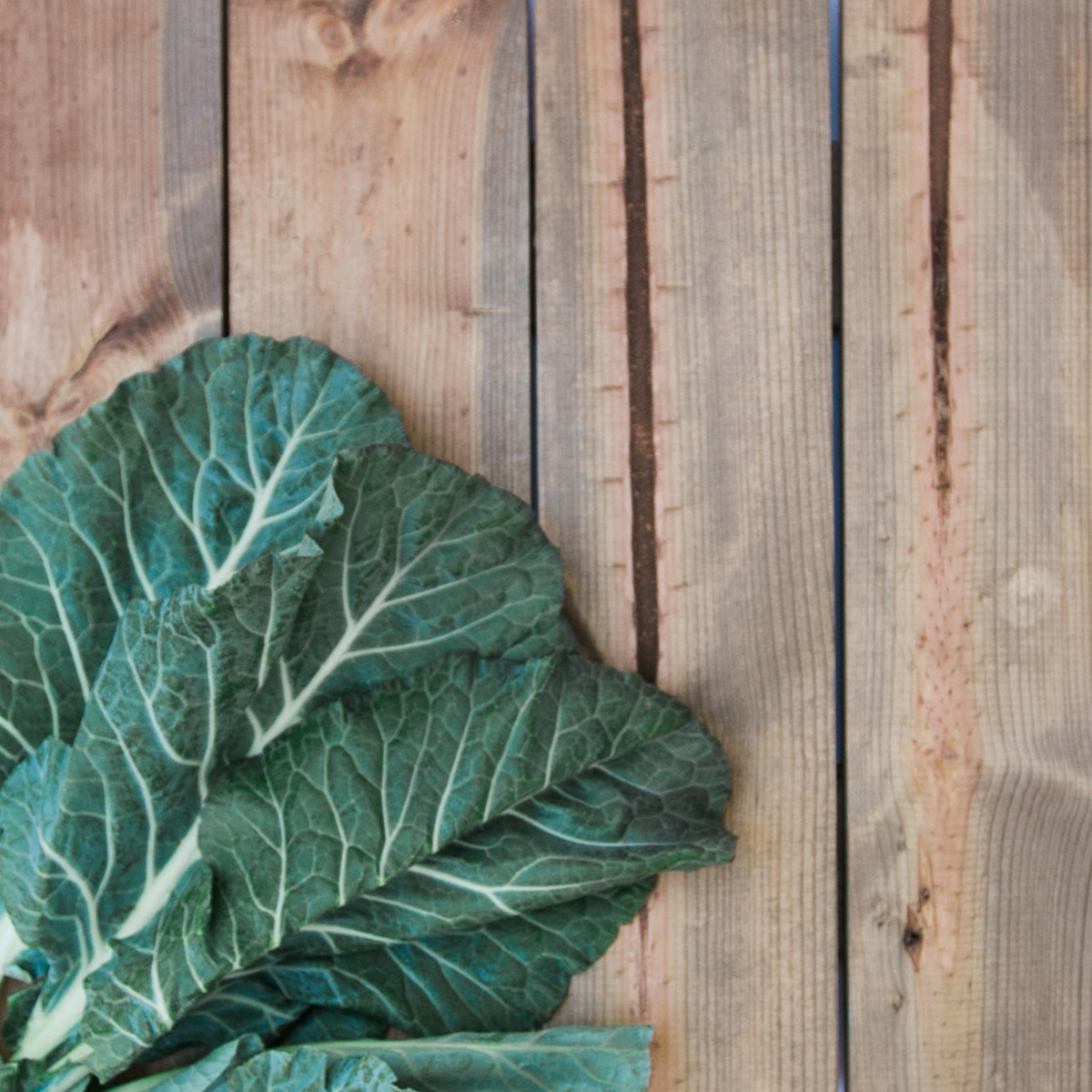
- Categories:
- Blog
- Food
- Lifestyle
- Tags:
- Certified Farm Markets
- Collard Greens
- Local
- Recipes
- Savory
07/11/2018 -

“Get More with Milk” during National Dairy Month!
- Categories:
- Agriculture
- Blog
- Lifestyle
- Tags:
- Diary Farmer
- farming
- Milk
06/19/2018 -
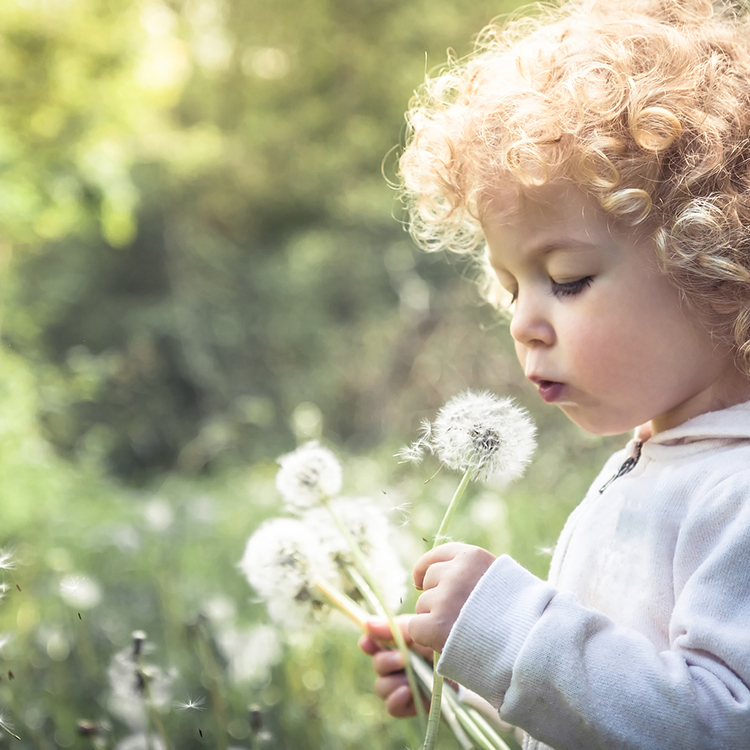
Fighting Pollen? Fight Smarter with These Pollen-Busting Tips
- Categories:
- Blog
- Lifestyle
- Tags:
- Pollen
- Spring
06/04/2018 -
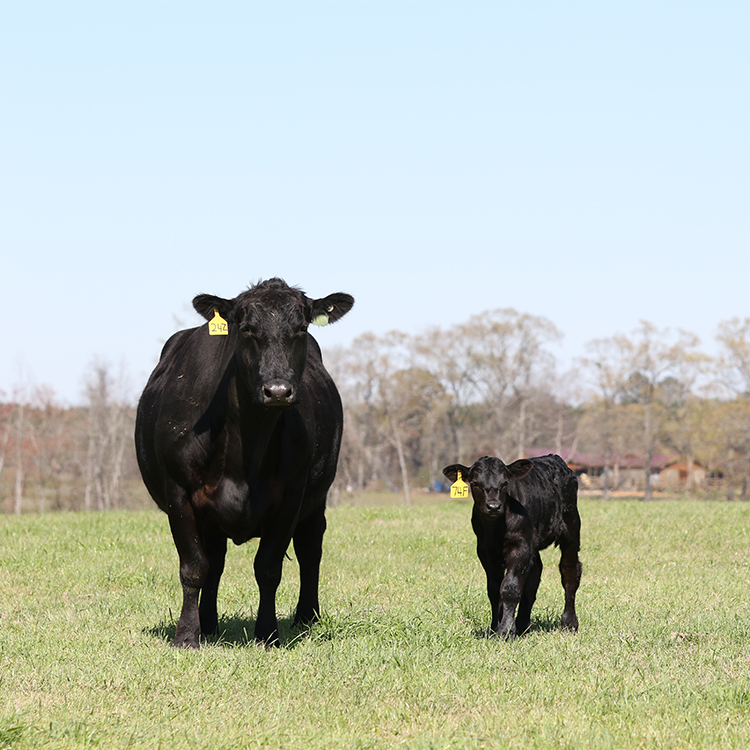
Beef Cattle Production in Georgia
- Categories:
- Agriculture
- Blog
- Food
- Lifestyle
- Tags:
- Agriculture
- Beef
- Lifestyle
05/29/2018 -
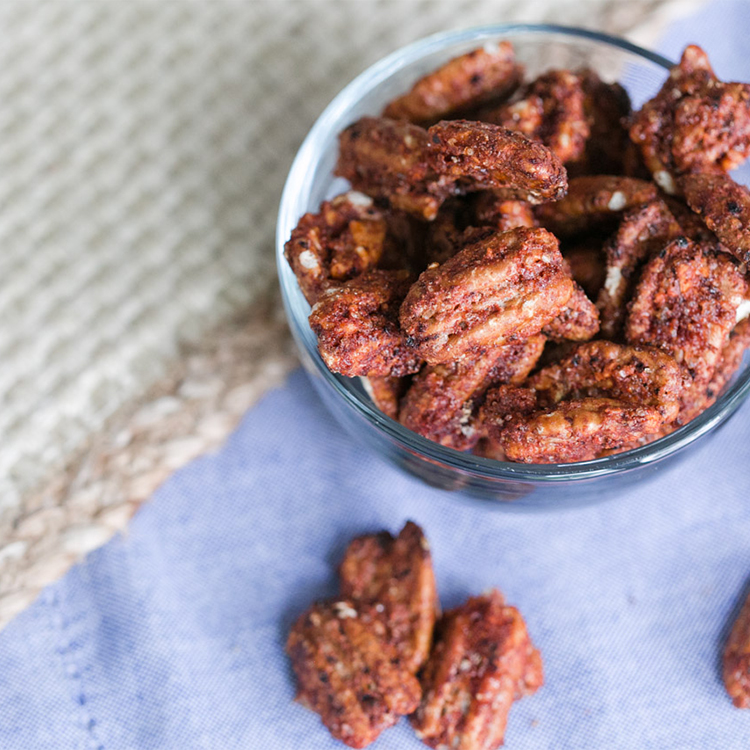
Products We Love: Goodson Pecans
- Categories:
- Blog
- Certified Farm Markets
- Food
- Tags:
- Agriculture
- Pecans
- Products We Love
05/17/2018 -

- Categories:
- Blog
- Certified Farm Markets
- Food
- Lifestyle
- Tags:
- CFM
- Eggs
- Recipe
- Savory
05/14/2018 -

-

Incorporating Beef into a Healthy Lifestyle
- Categories:
- Agriculture
- Blog
- Lifestyle
- Tags:
- Agriculture
- Beef
- Health
05/09/2018 -

-
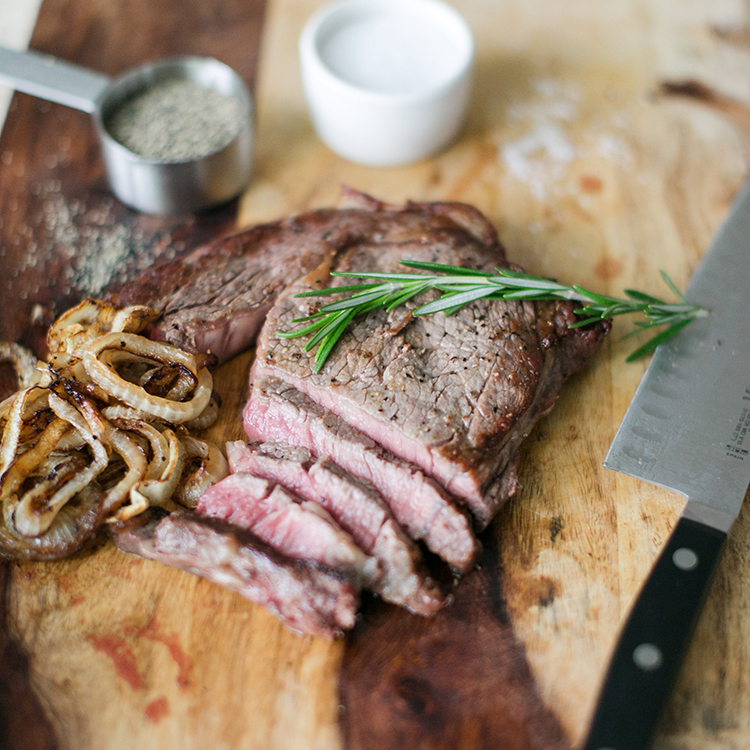
-
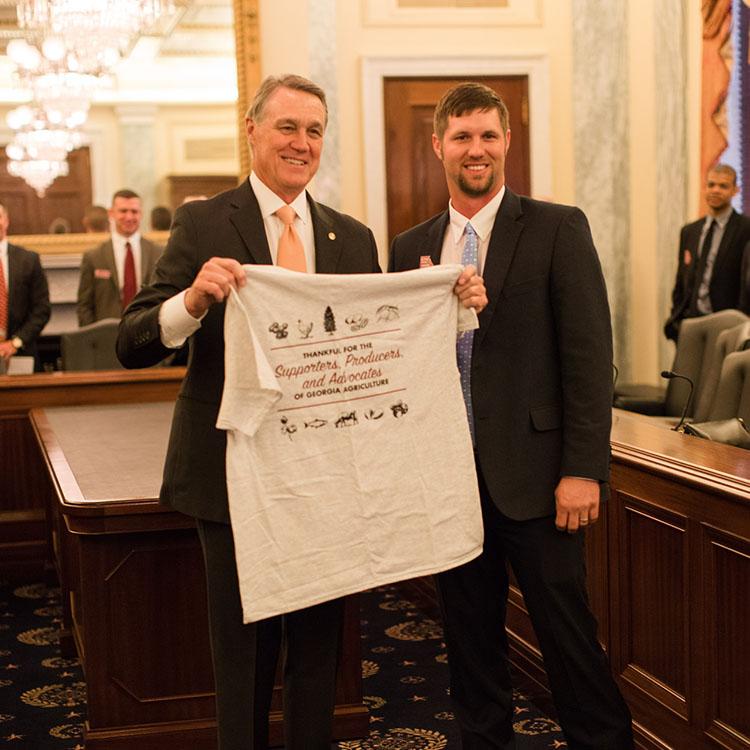
5 reasons to get involved in Young Farmers & Ranchers
- Categories:
- Agriculture
- Blog
- Farm Bureau
- Lifestyle
- Tags:
- Farmers
- Lifestyle
- YF&R
04/25/2018 -

What's it like to be a National FFA Officer?
- Categories:
- Agriculture
- Blog
- Lifestyle
- Tags:
- Agriculture
- FFA
- Georgia Farm Life
- Young Farmers
04/24/2018 -

Common Mistakes 20-Somethings Make When Buying Insurance
- Categories:
- Blog
- Insurance
- Lifestyle
- Tags:
- Insurance
- Life Lessons
04/19/2018 -
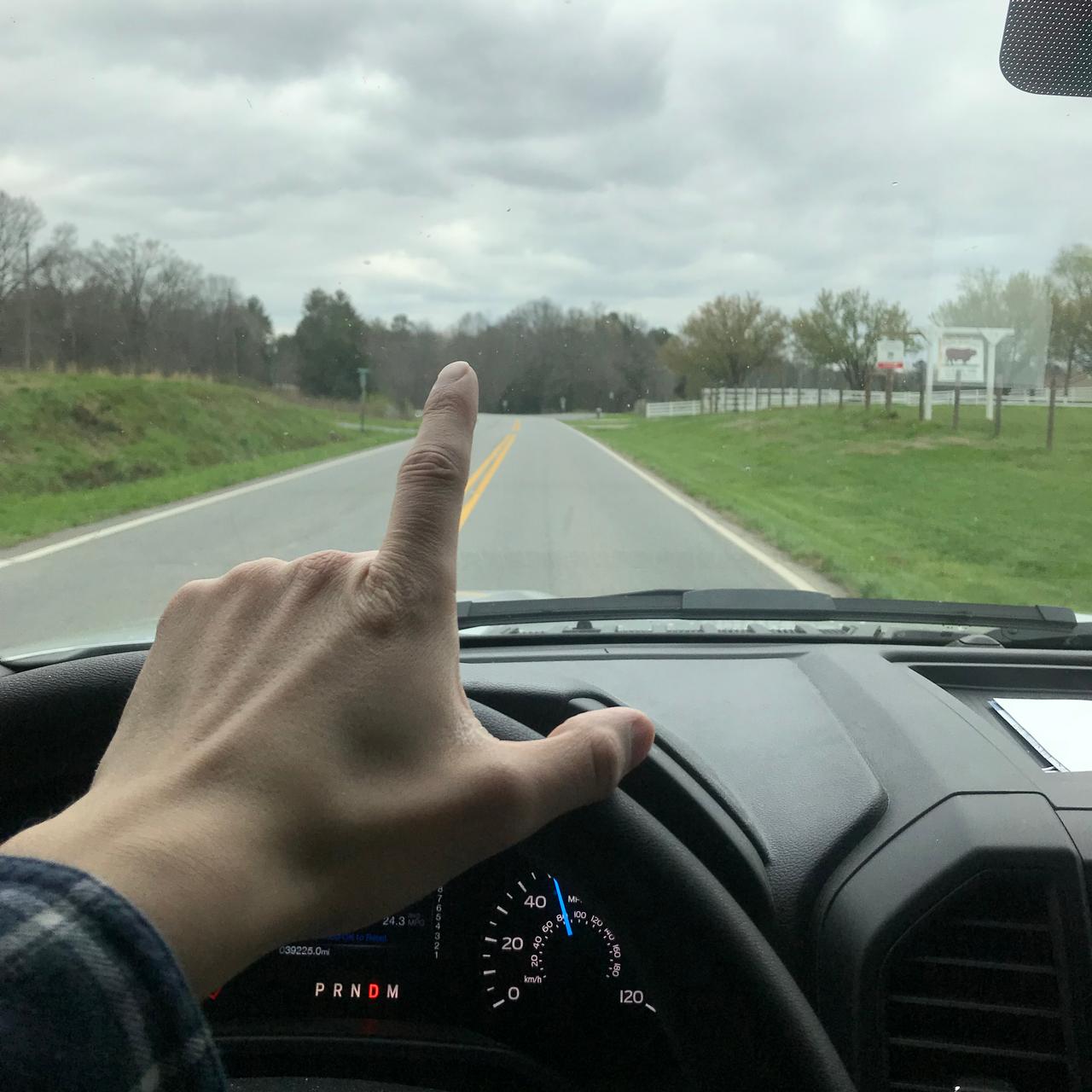
- Categories:
- Agriculture
- Blog
- Lifestyle
- Tags:
- Family
- Life Lessons
- Traditions
04/11/2018 -
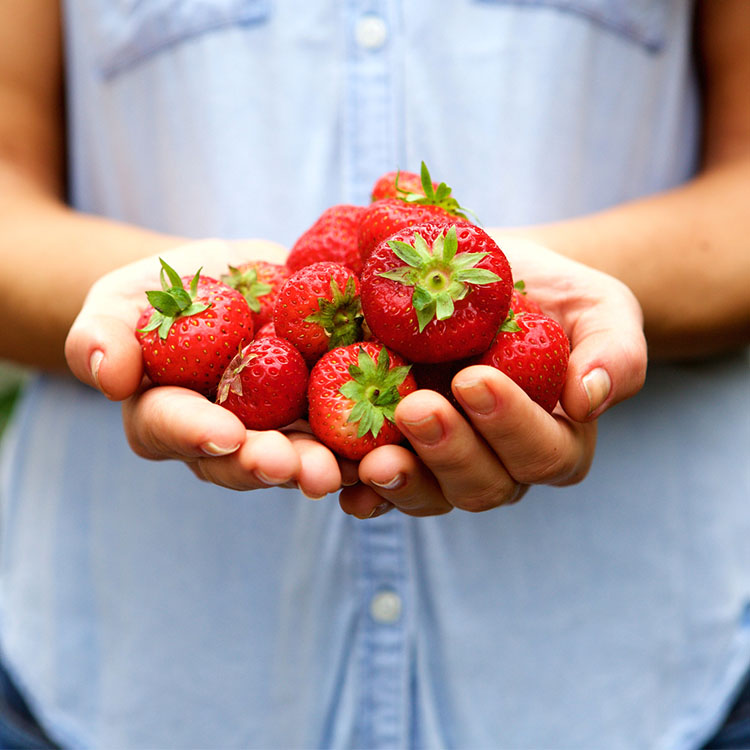
- Categories:
- Agriculture
- Agritourism
- Blog
- Lifestyle
- Tags:
- Certified Farm Market
- Farm
- Farmers
- Spring
- Strawberries
- Travel
04/01/2018 -

Farm talk with celebrity chef, Kevin Gillespie
- Categories:
- Agriculture
- Blog
- Food
- Lifestyle
- Tags:
- Farm
- farming
- Food
- Georgia Farm Life
03/29/2018 -

A 20-Somethings Guide to Understanding Risk
- Categories:
- Blog
- Insurance
- Lifestyle
- Tags:
- Insurance
- Lifestyle
03/25/2018 -

Fresh Fixins with Georgia-Based Chef, Cissy Bates
- Categories:
- Blog
- Food
- Lifestyle
- Tags:
- Certified Farm Markets
- Entrée
- Green Beans
- Honey
- Pork
- Recipes
- Savory
- Sweet
03/19/2018 -
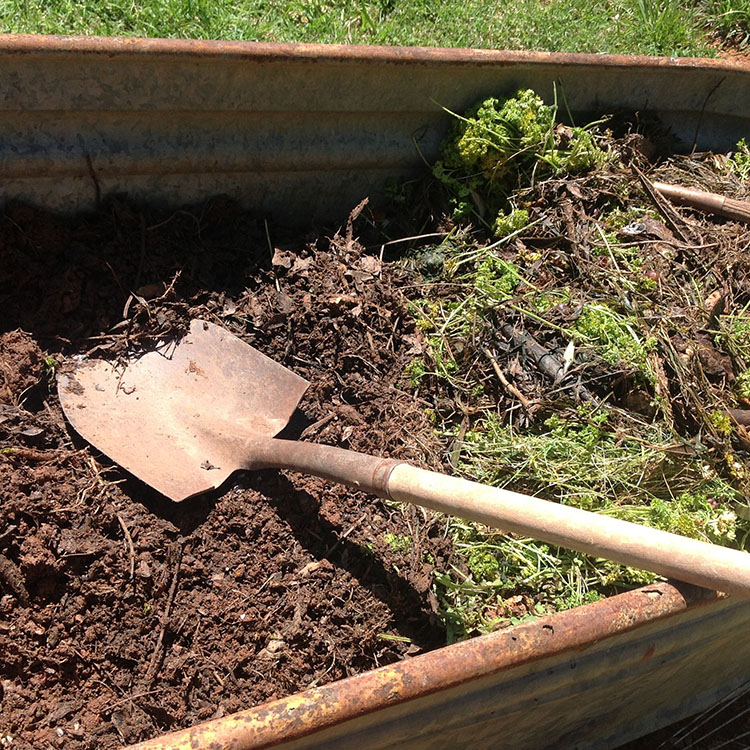
-

Don't Rely on Guardian Angels to Stay Safe on the Farm
- Categories:
- Agriculture
- Blog
- Lifestyle
- Tags:
- Agricultural Safety Awareness Week
- Georgia Farm Life
- Life Lessons
03/04/2018 -

-
Meet Hinkley Hood, State FFA Secretary
- Categories:
- Agriculture
- Blog
- Lifestyle
- Tags:
- Farm
- Farmers
- FFA
- Georgia Farm Life
- Life Lessons
- Young Farmers
02/18/2018 -

Meet Tucker Felkins, State FFA President
- Categories:
- Agriculture
- Blog
- Lifestyle
- Tags:
- Farm
- Farmers
- FFA
- Georgia Farm Life
- Life Lessons
- Young Farmers
02/15/2018 -
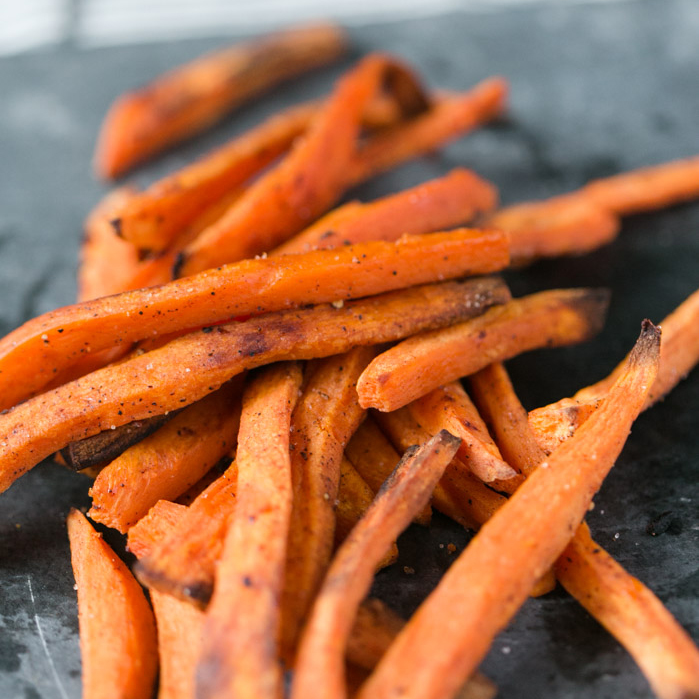
- Categories:
- Blog
- Certified Farm Markets
- Food
- Lifestyle
- Tags:
- Certified Farm Market
- Georgia Farm Life
- Savory
- Snack
- Sweet Potatoes
- Vegetable
02/13/2018 -
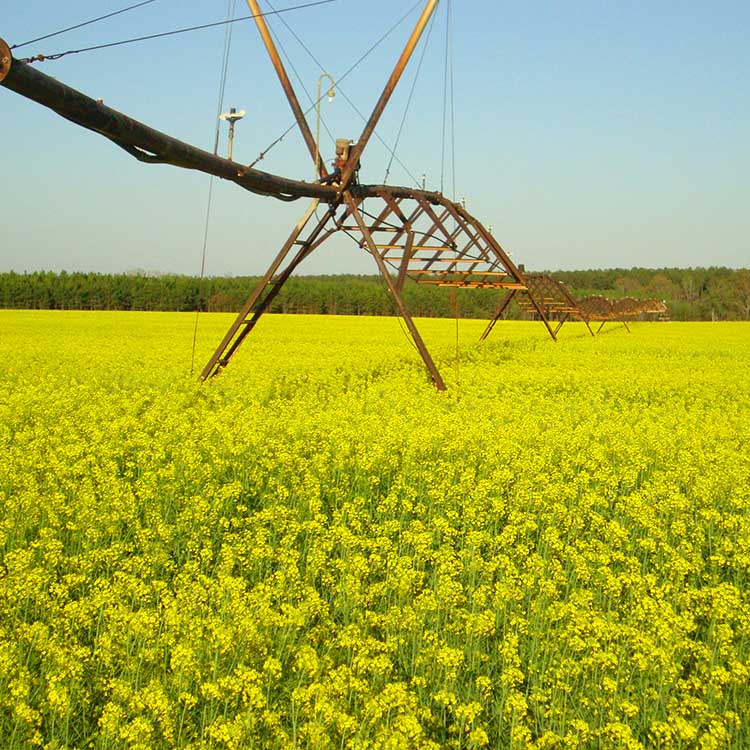
-
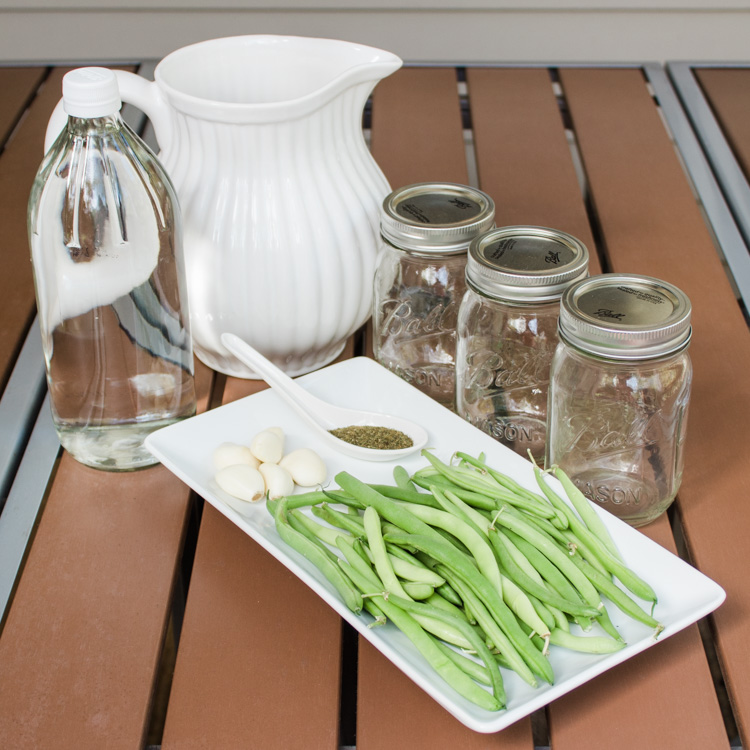
- Categories:
- Blog
- Certified Farm Markets
- Food
- Lifestyle
- Tags:
- Green Beans
- Recipes
- Savory
- Snack
- Vegetables
12/26/2017 -
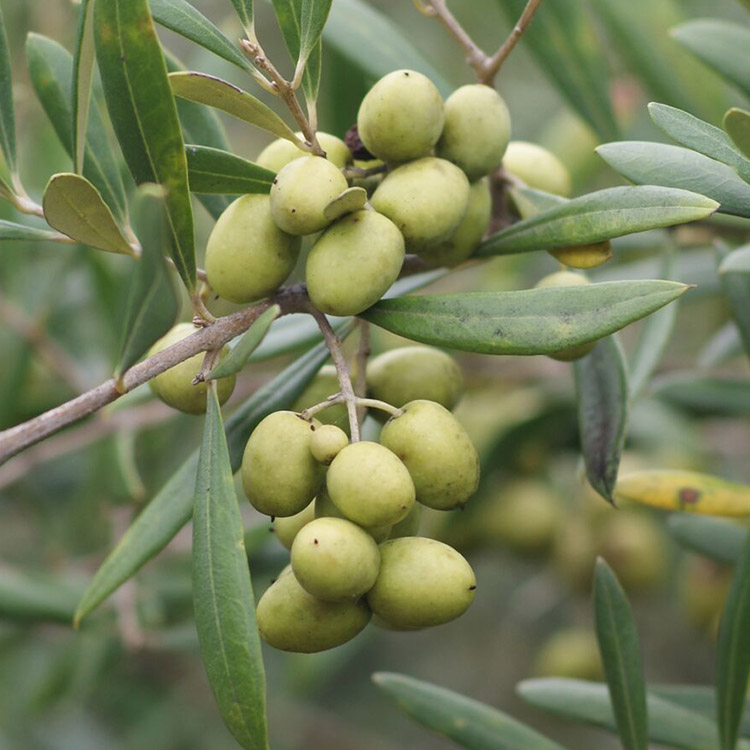
- Categories:
- Agriculture
- Blog
- Food
- Lifestyle
- Tags:
- Farmers
- Jobs in Agriculture
- Olive Oil
- Olives
12/12/2017 -

10 Things I Learned Growing Up On A Farm
- Categories:
- Agriculture
- Blog
- Legislative
- Tags:
- Farmers
- Georgia Farm Life
- Jobs in Agriculture
- Life Lessons
12/05/2017 -

- Categories:
- Blog
- Certified Farm Markets
- Food
- Lifestyle
- Tags:
- Dessert
- Fall
- Fruit
- Pumpkin
- Sweet
- Vegetables
11/28/2017 -

13 Georgia Apple Orchards You Should Visit This Fall
- Categories:
- Agriculture
- Agritourism
- Blog
- Certified Farm Markets
- Tags:
- Apples
- Fall
- Fruits
- Orchard
- Travel
11/07/2017
